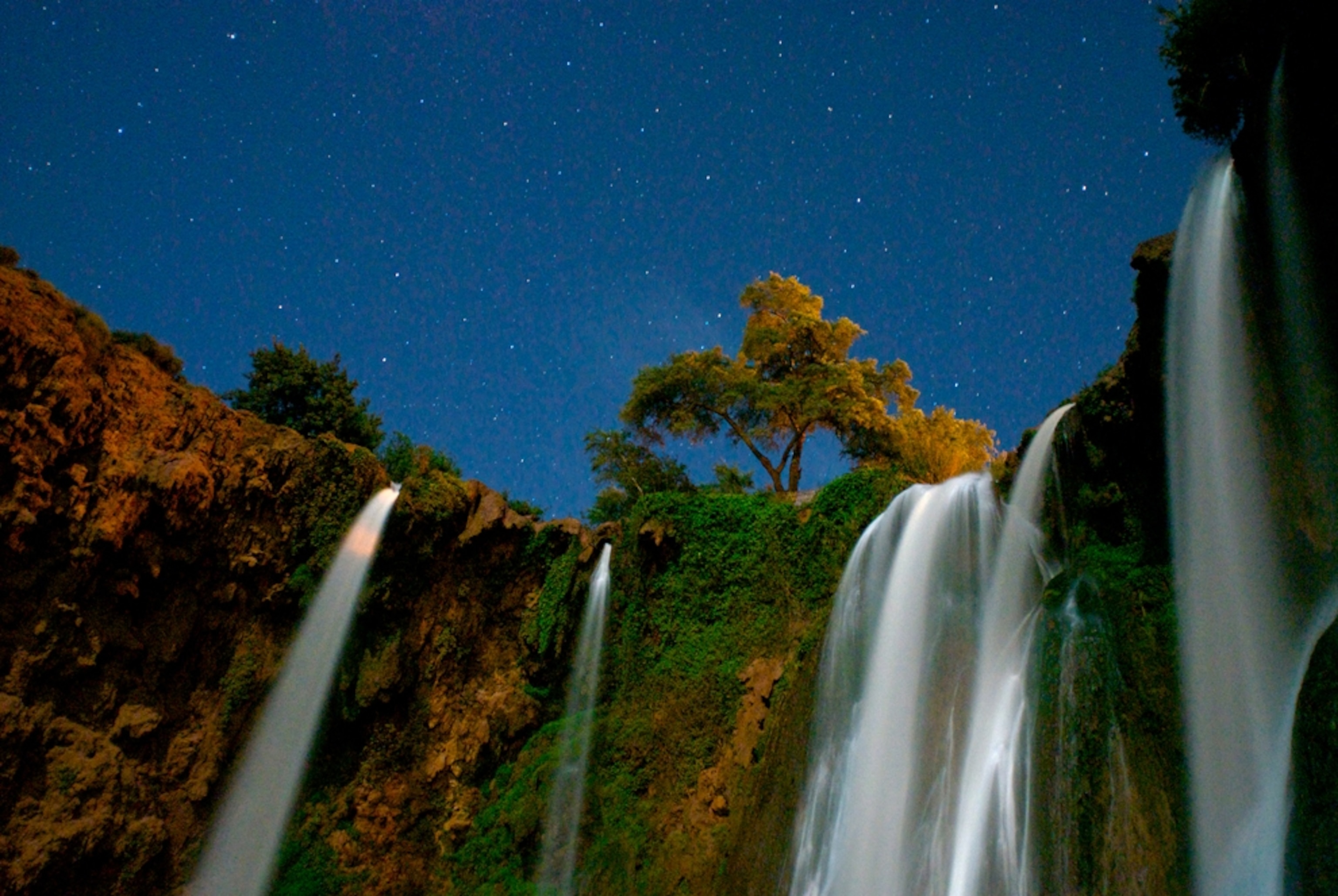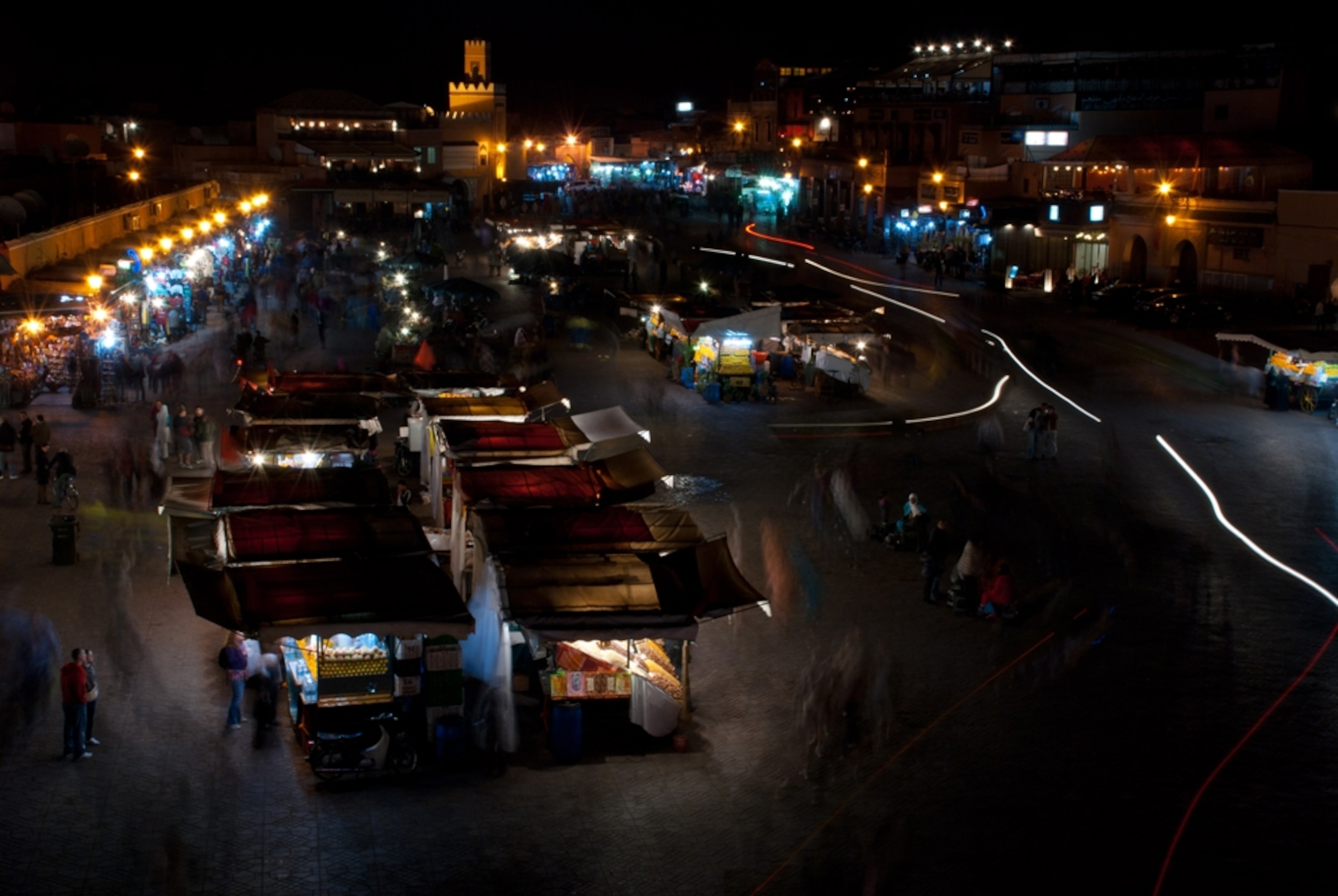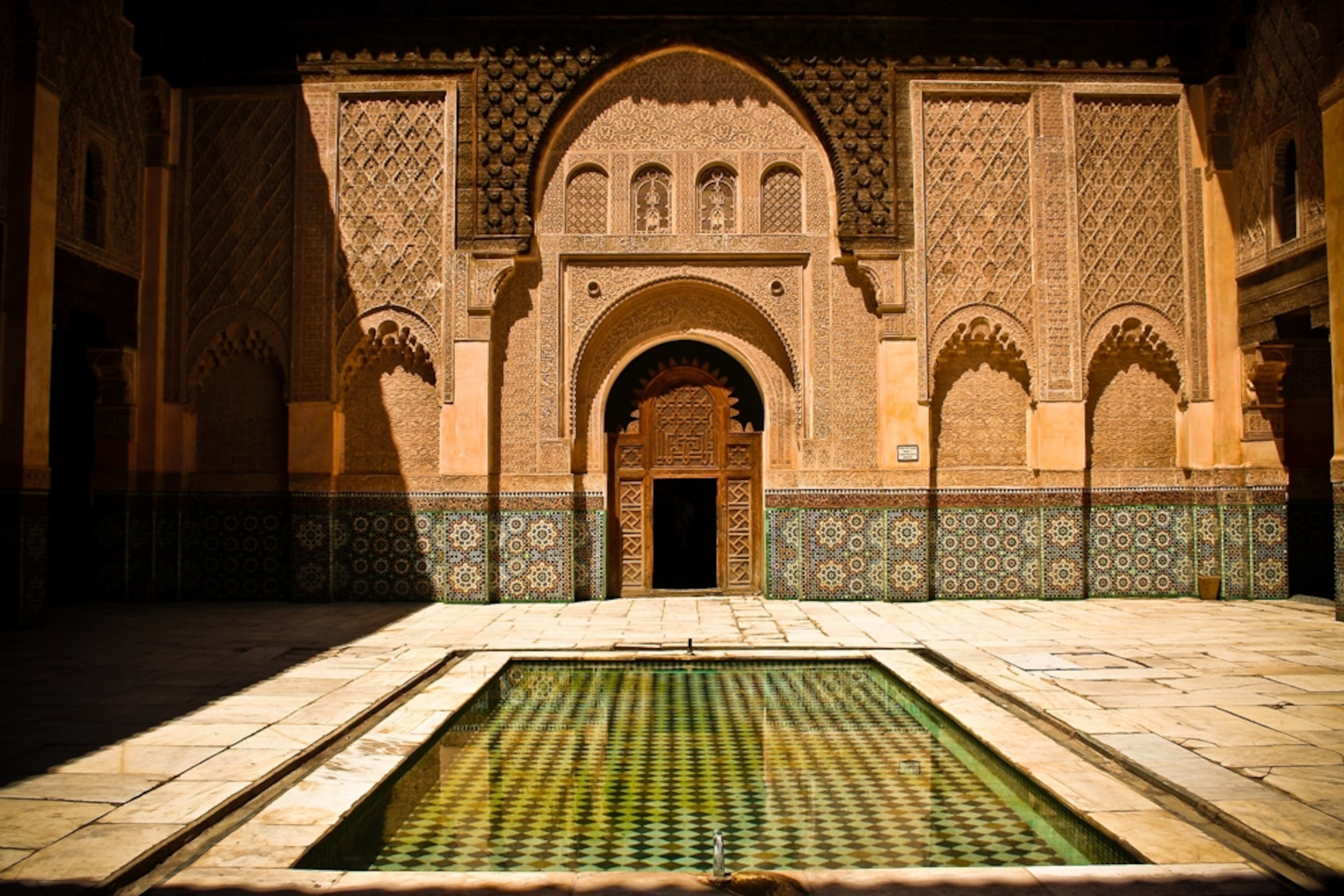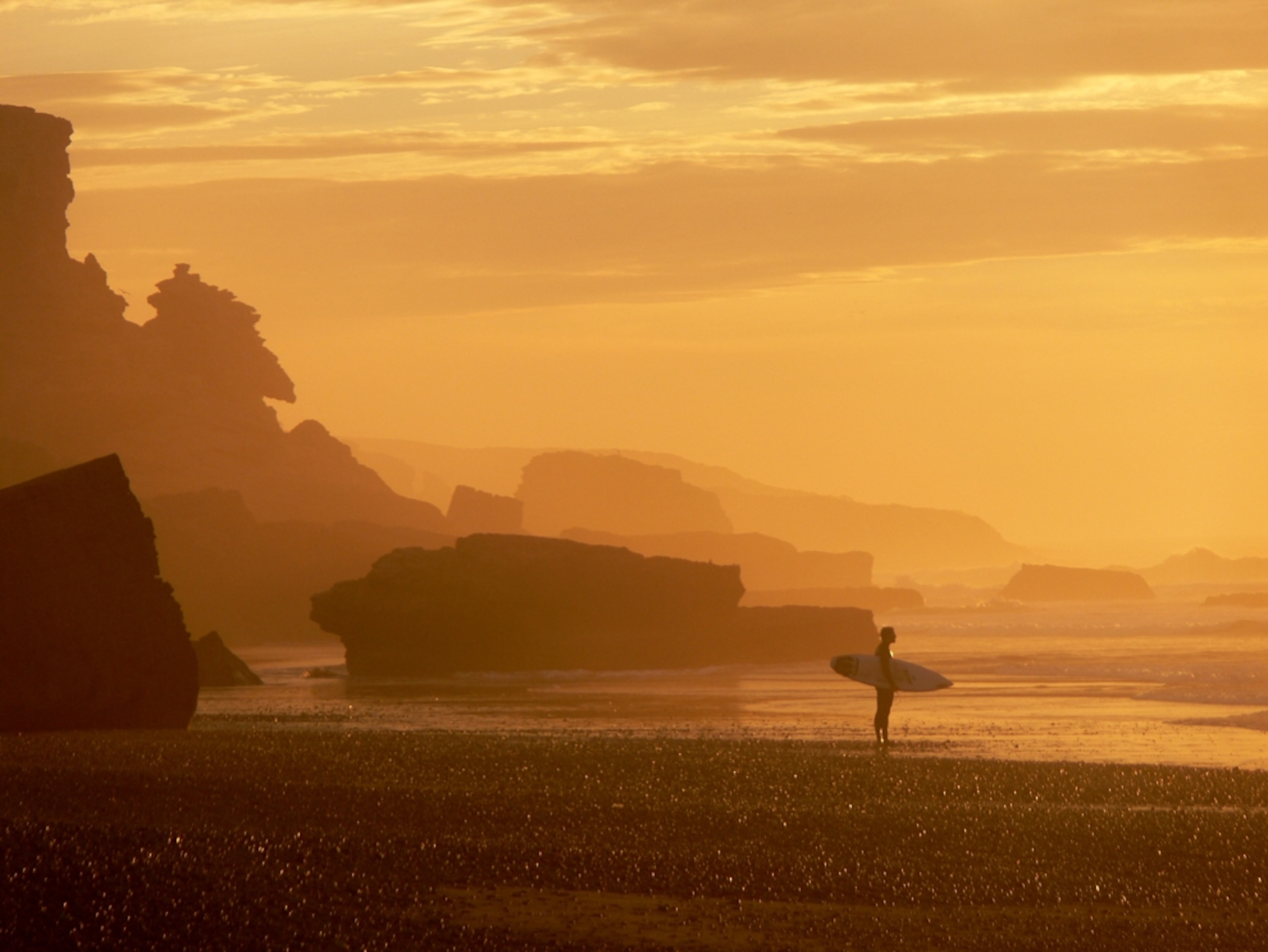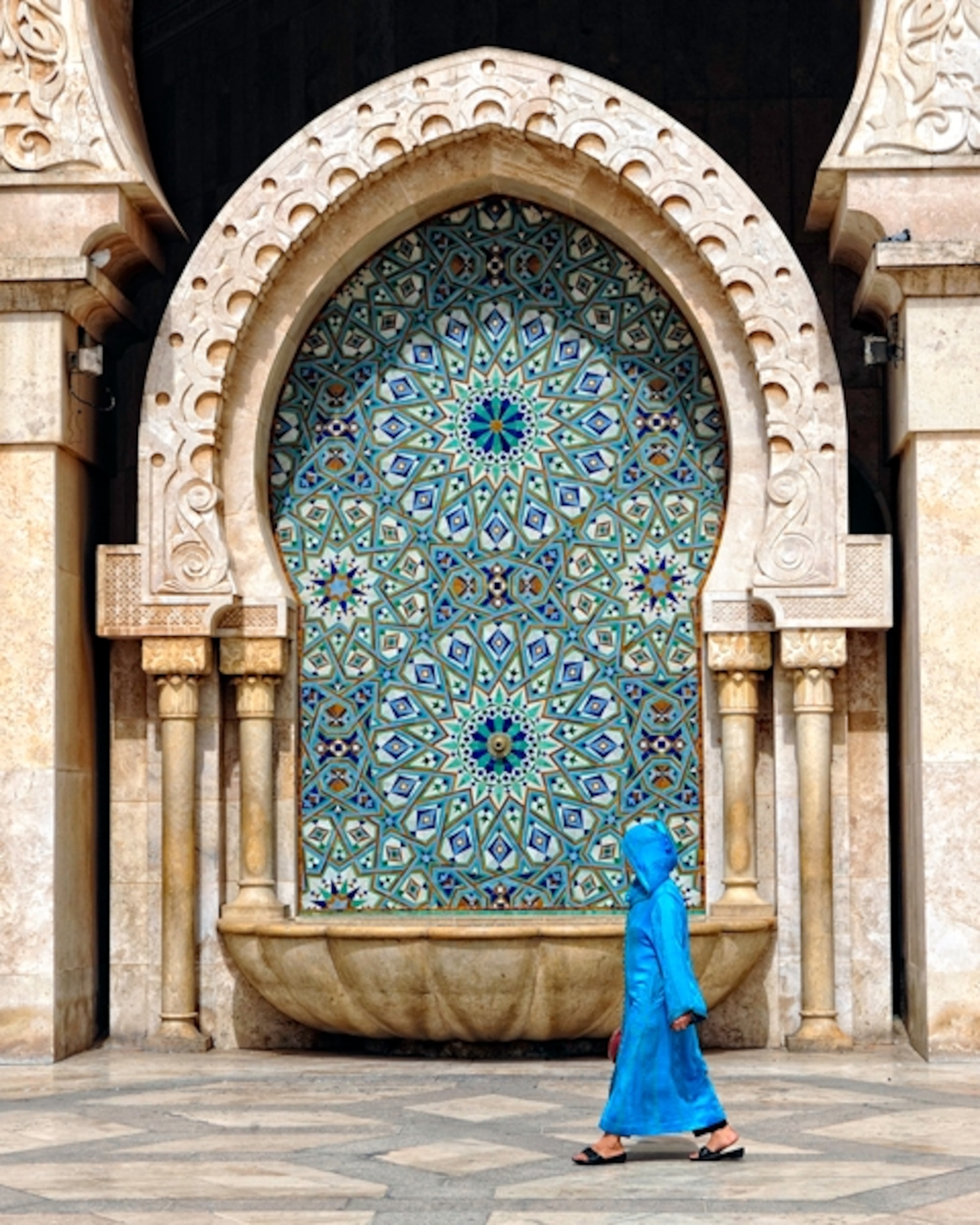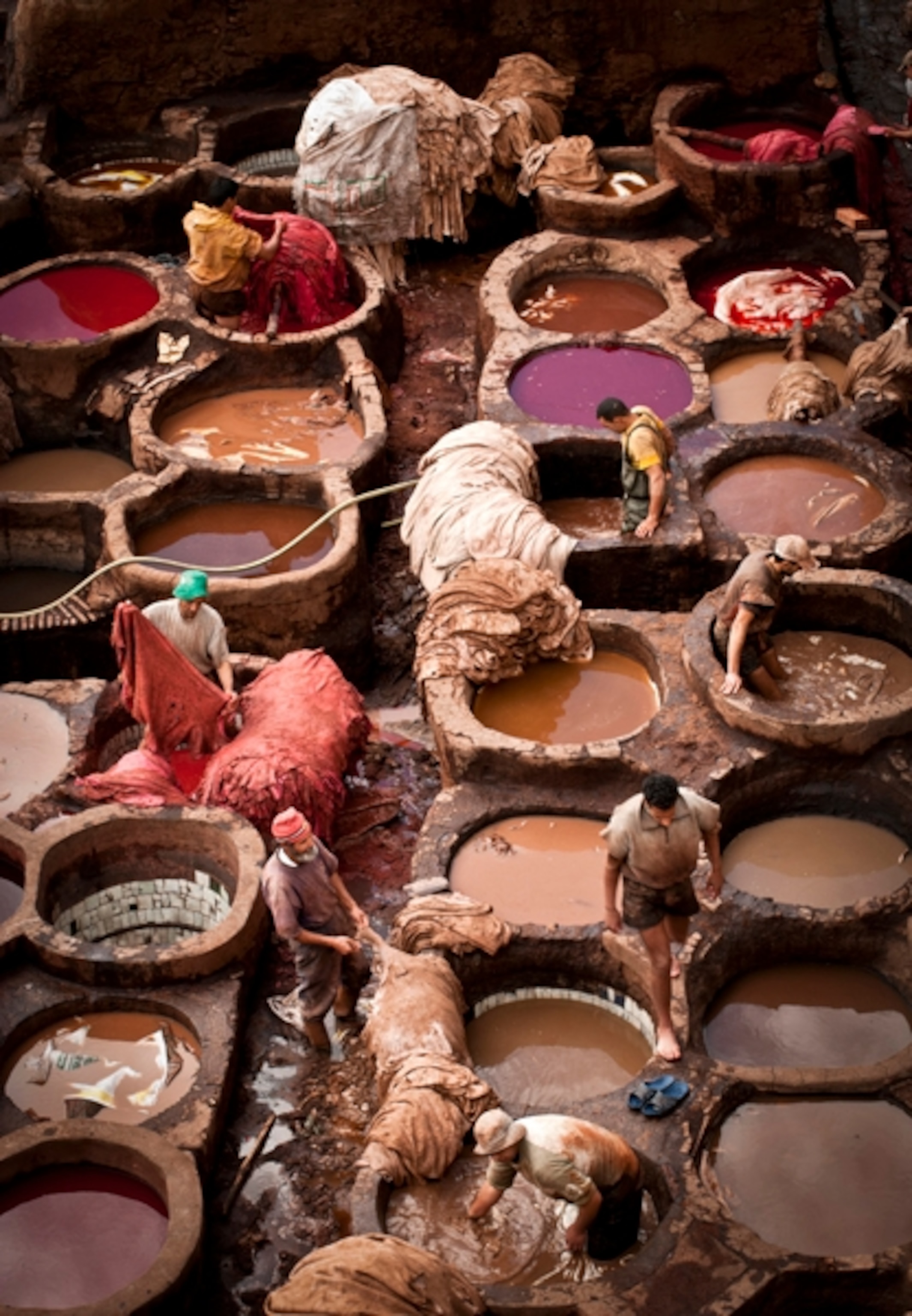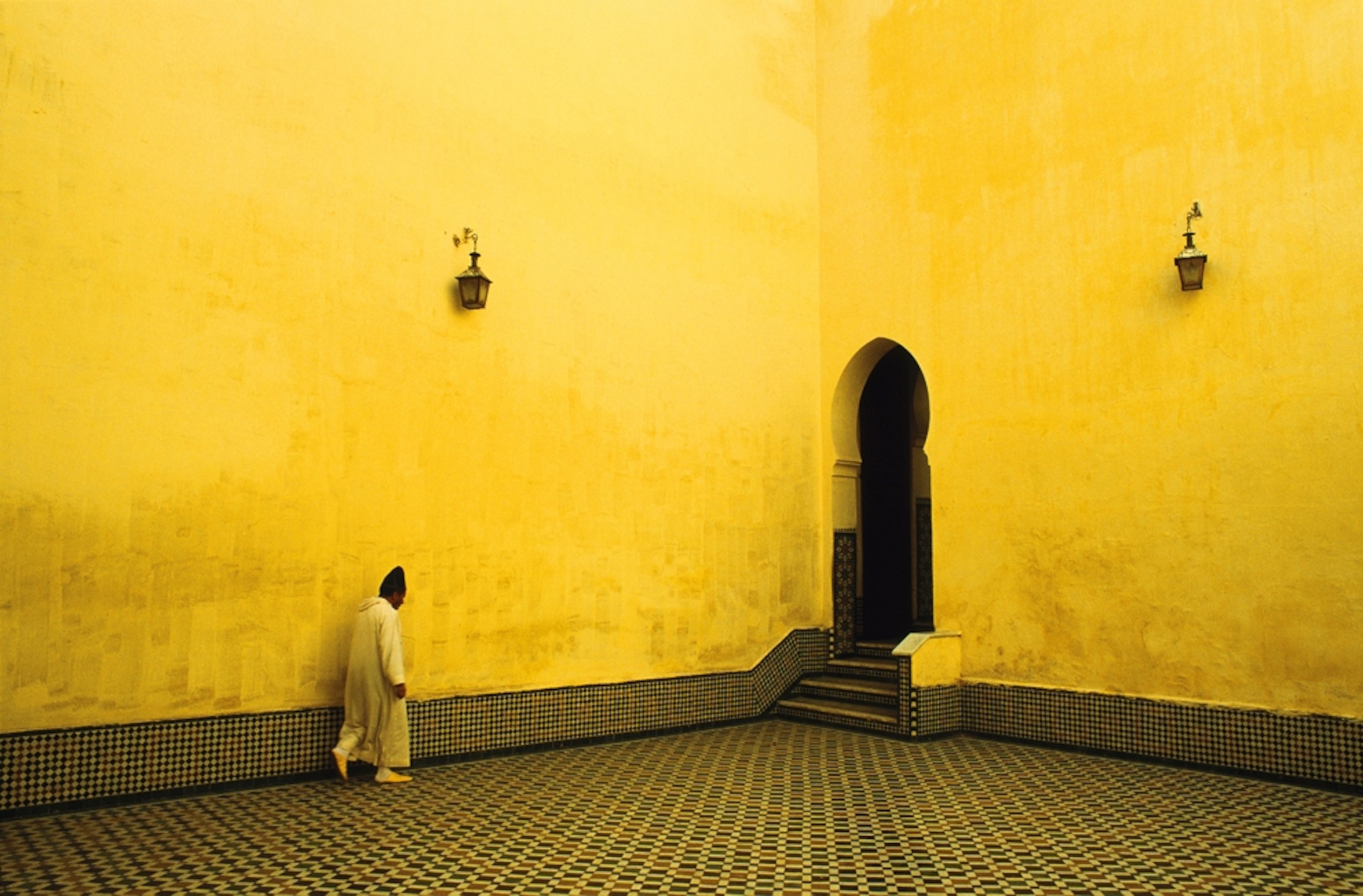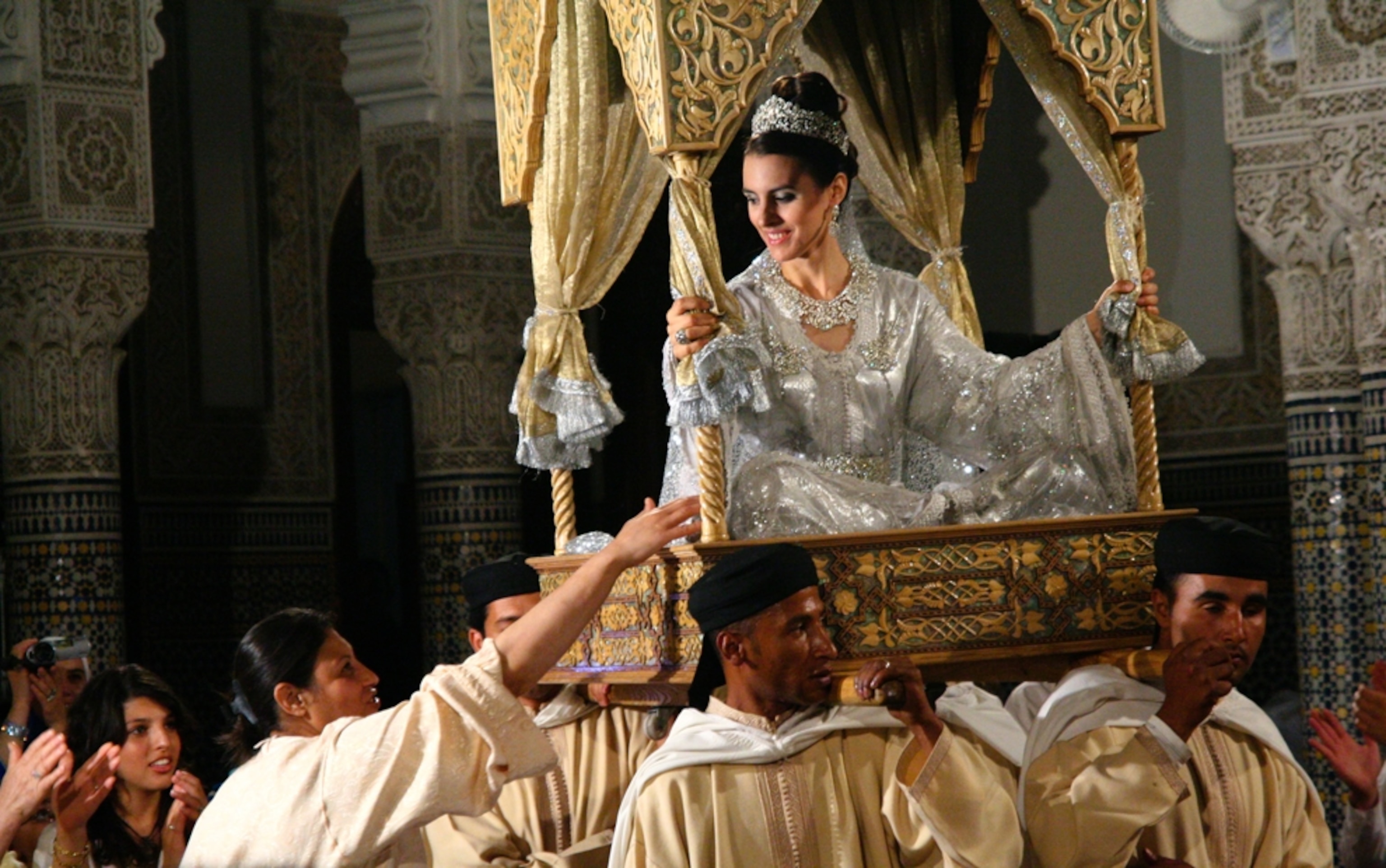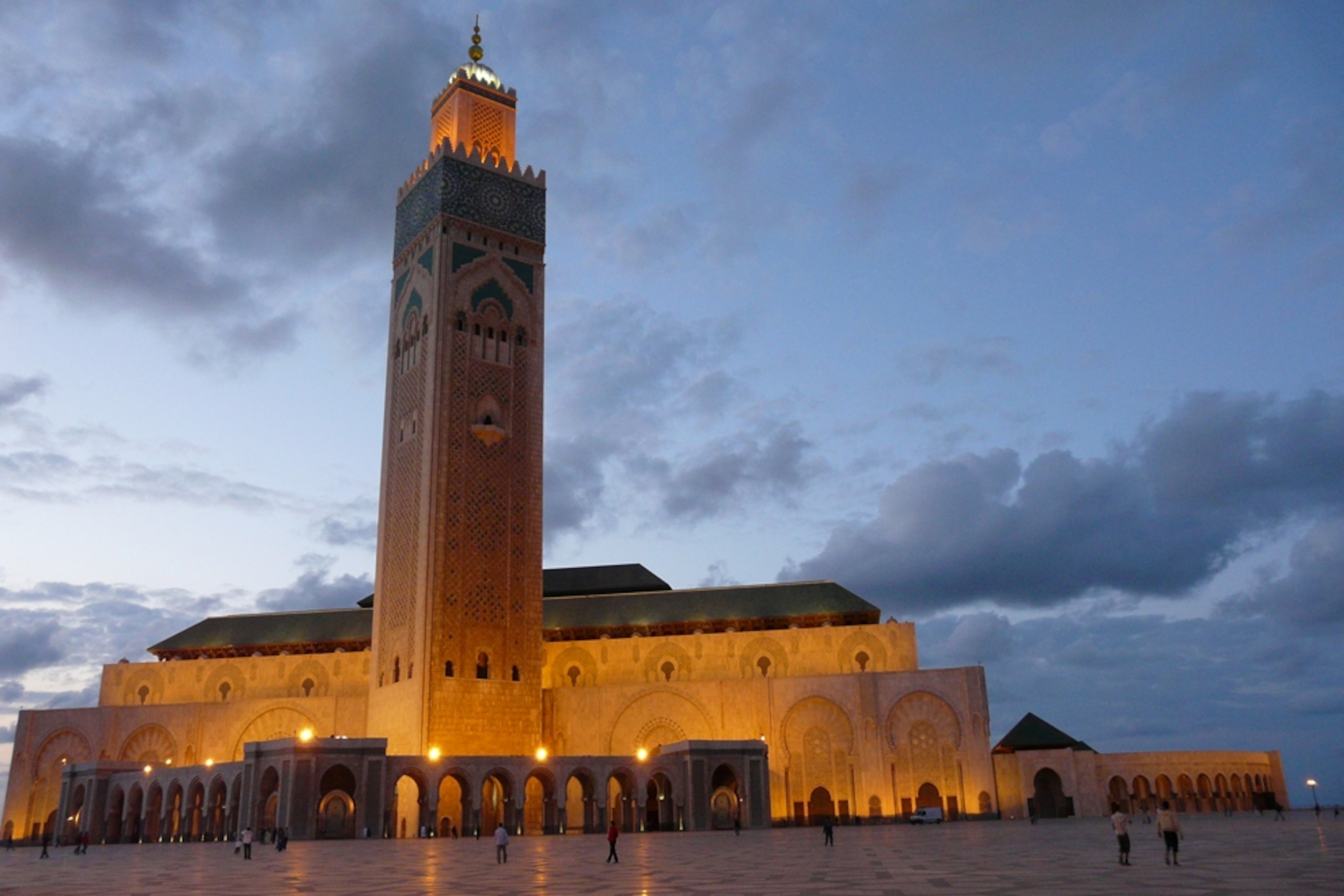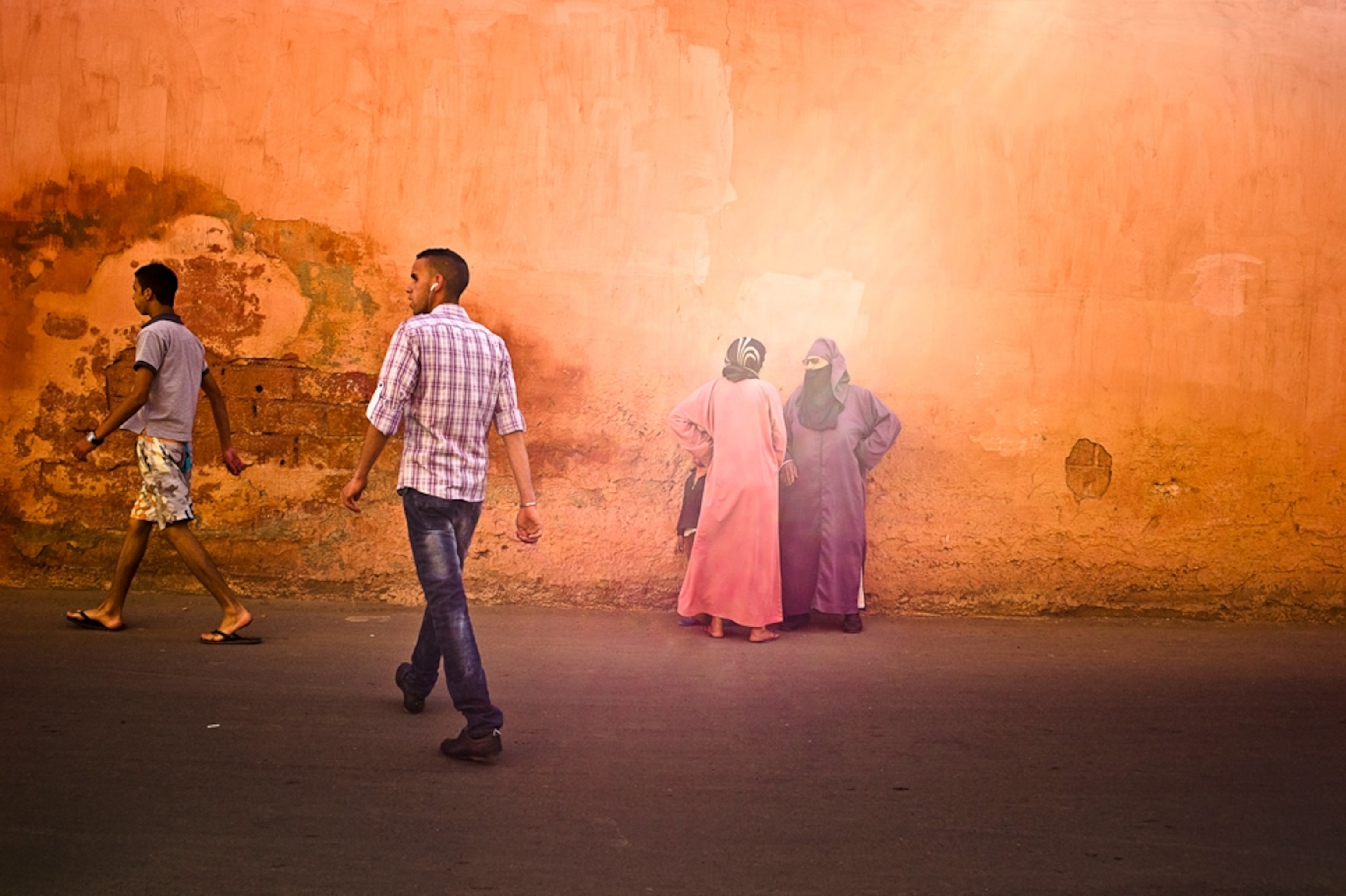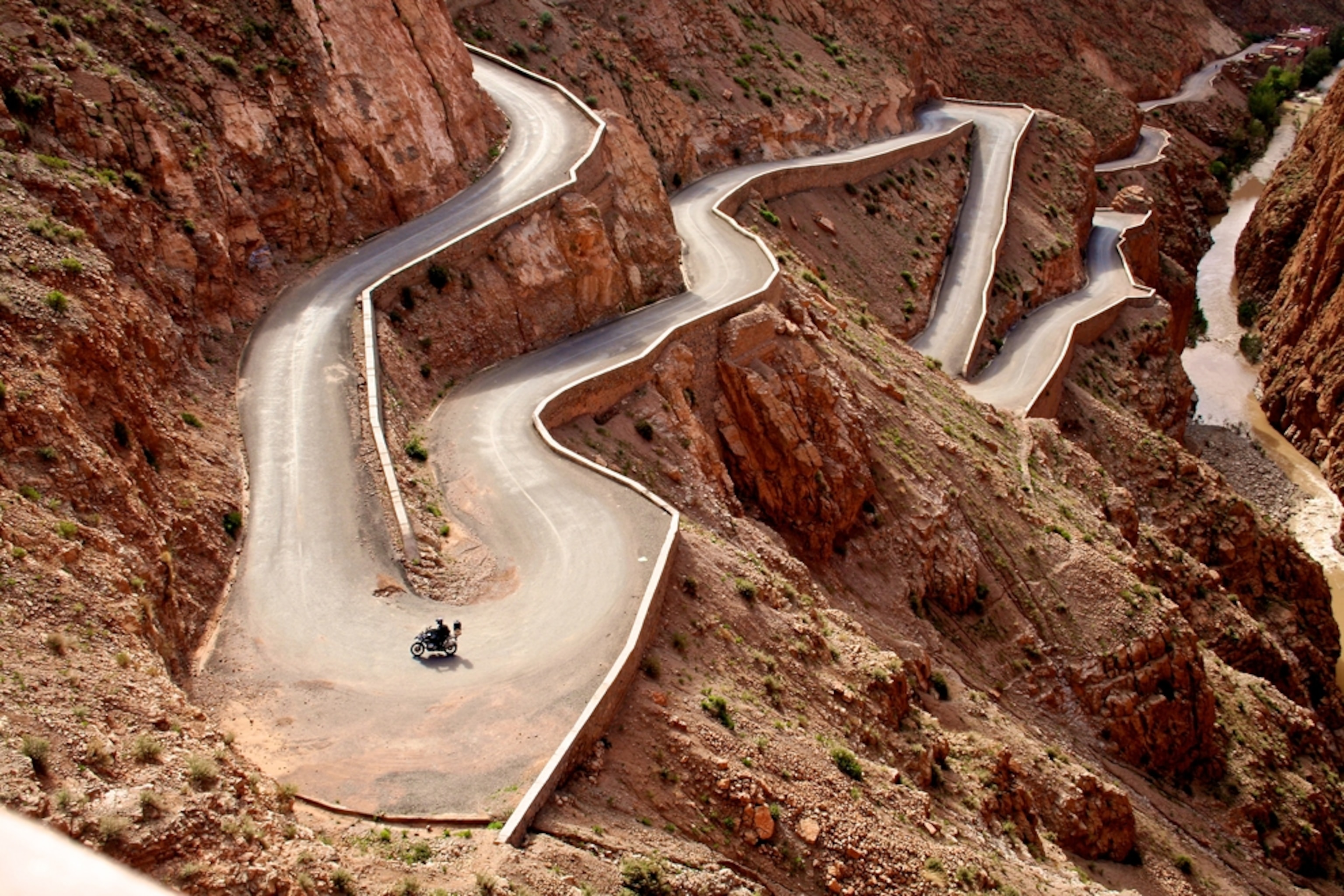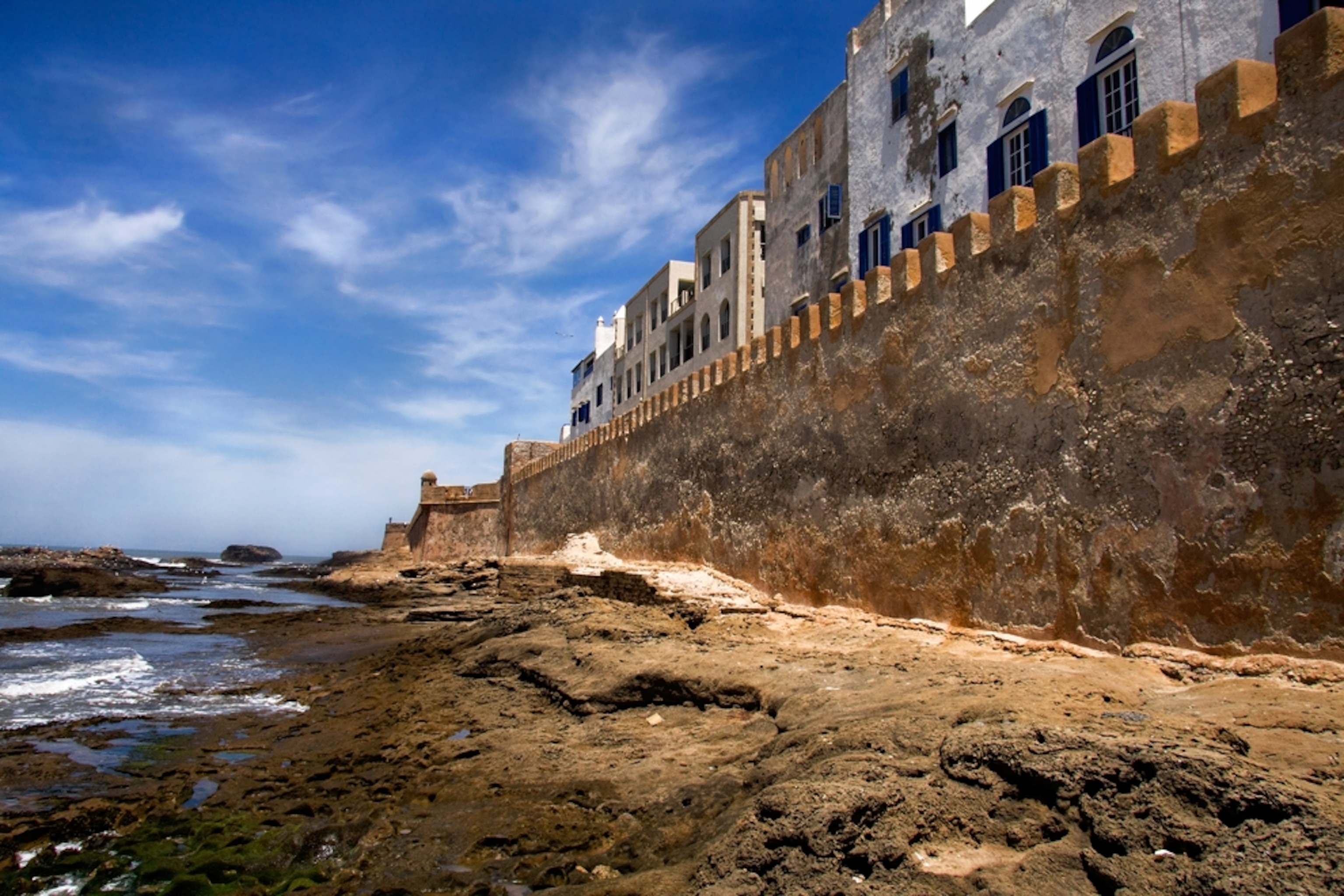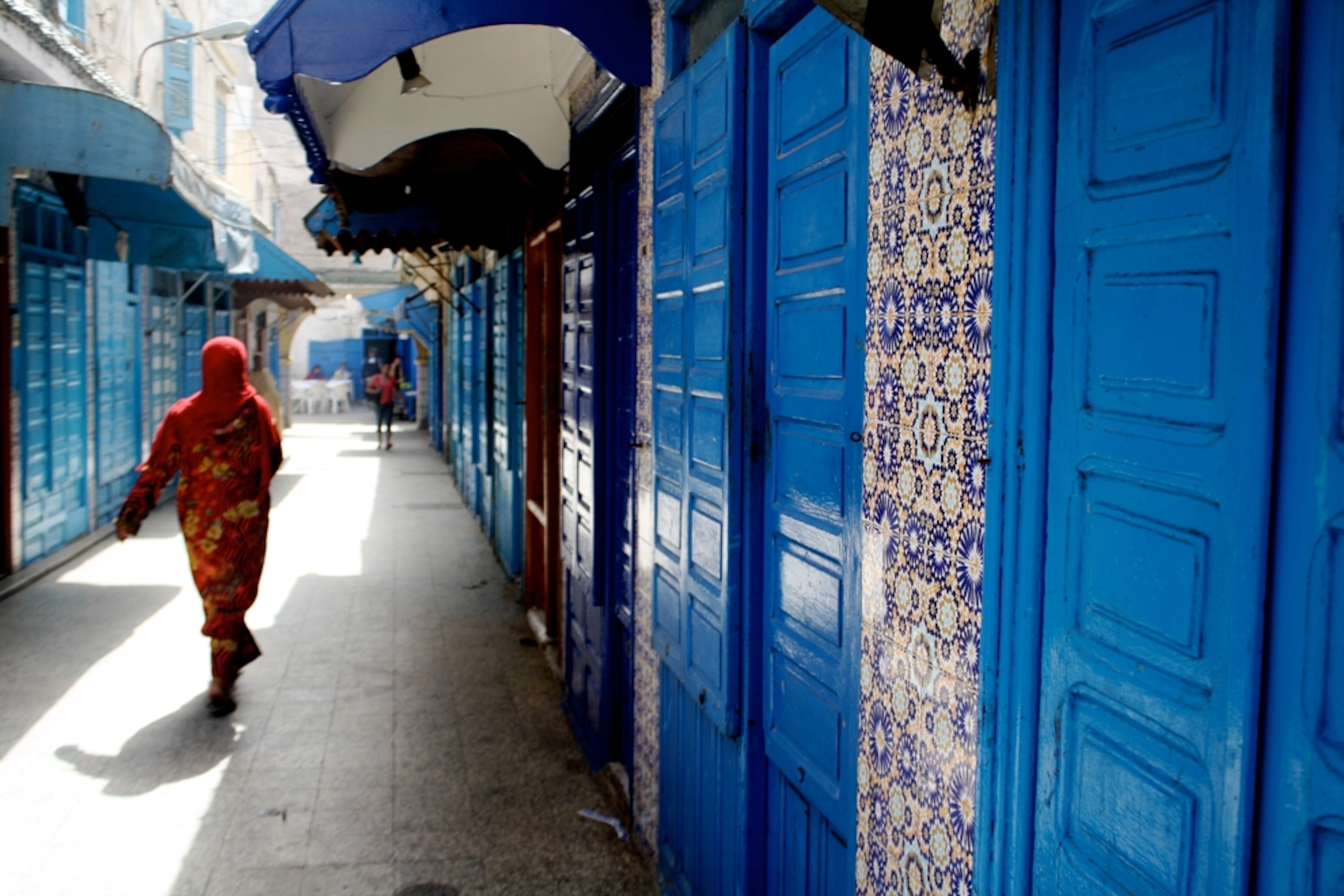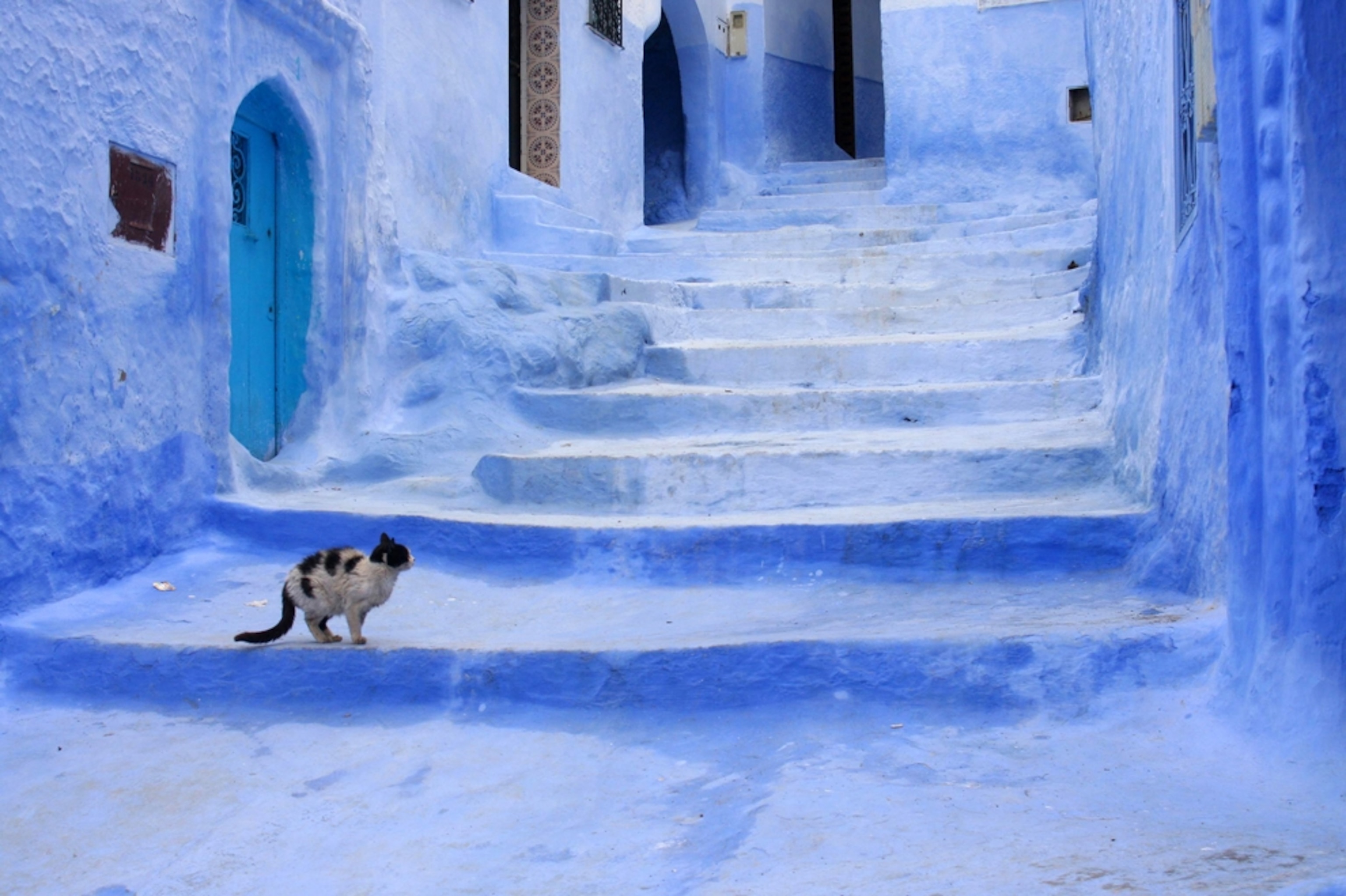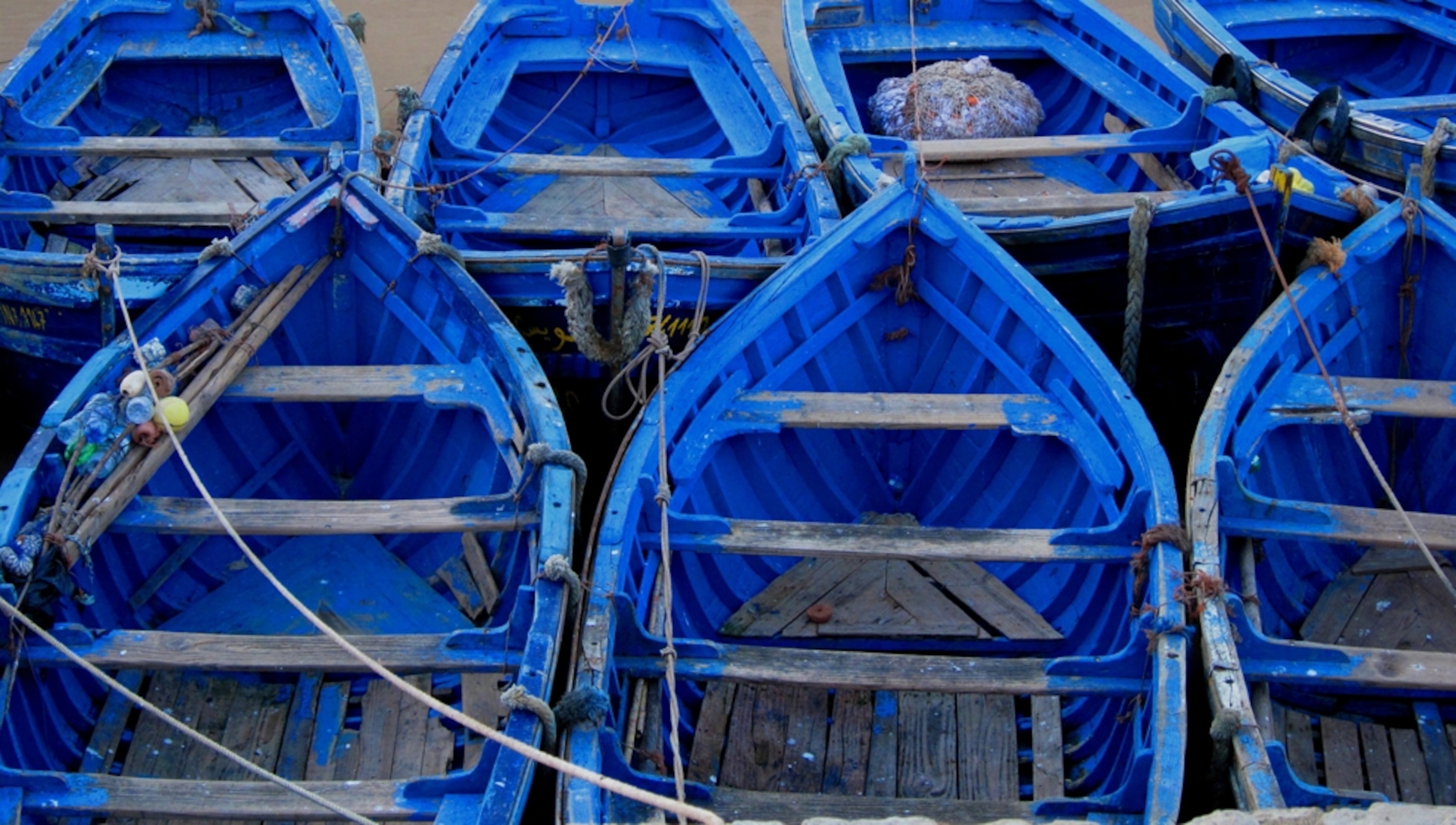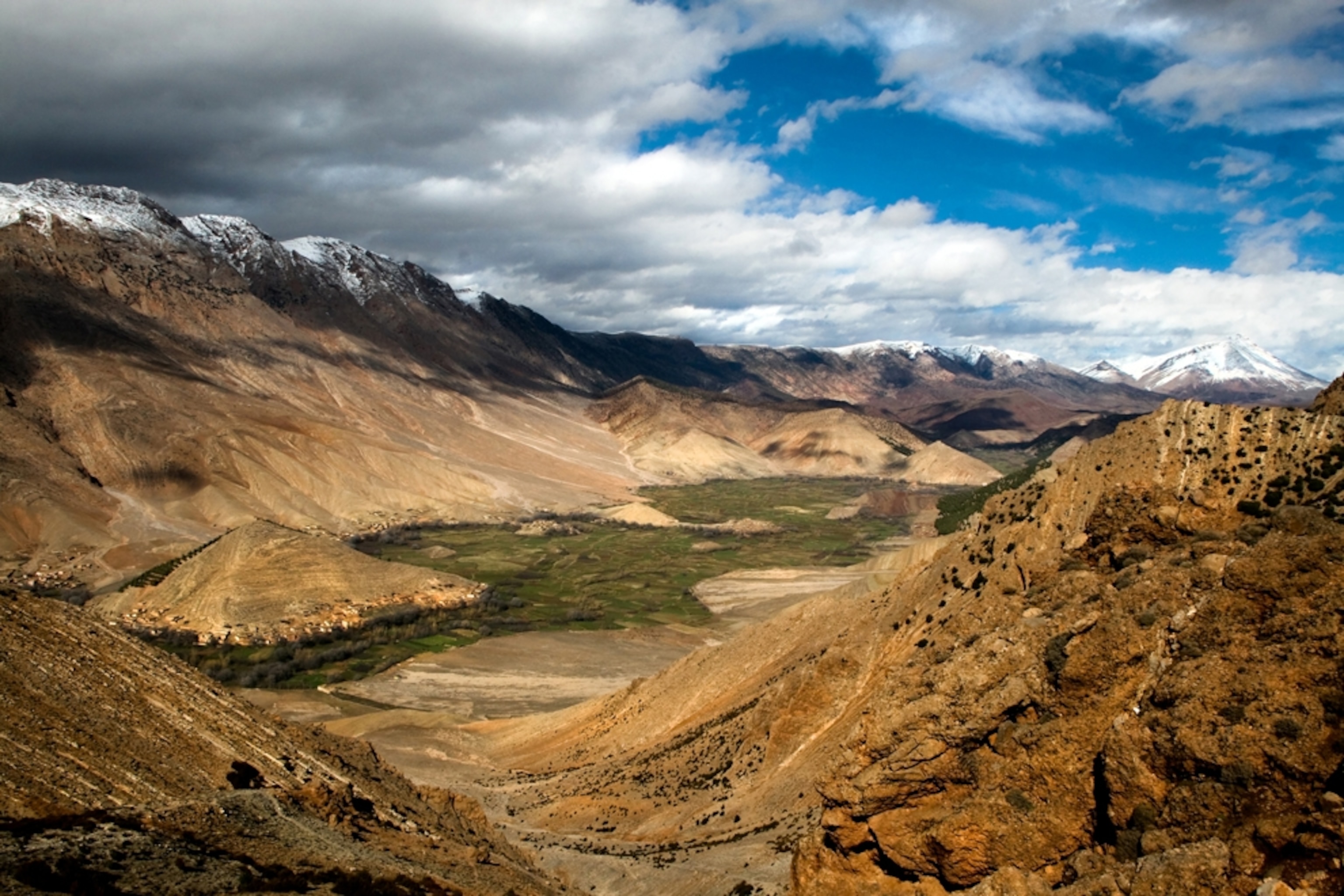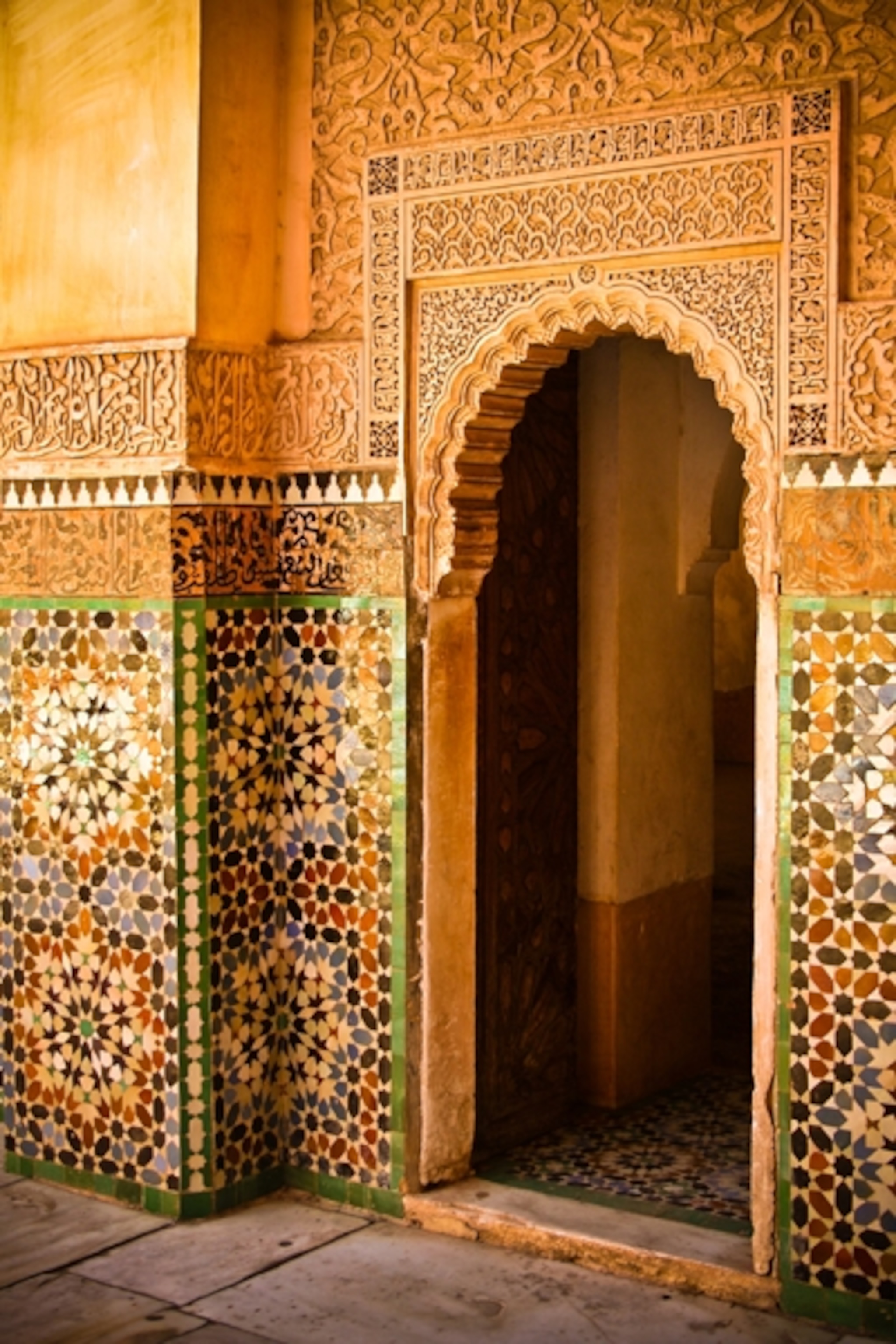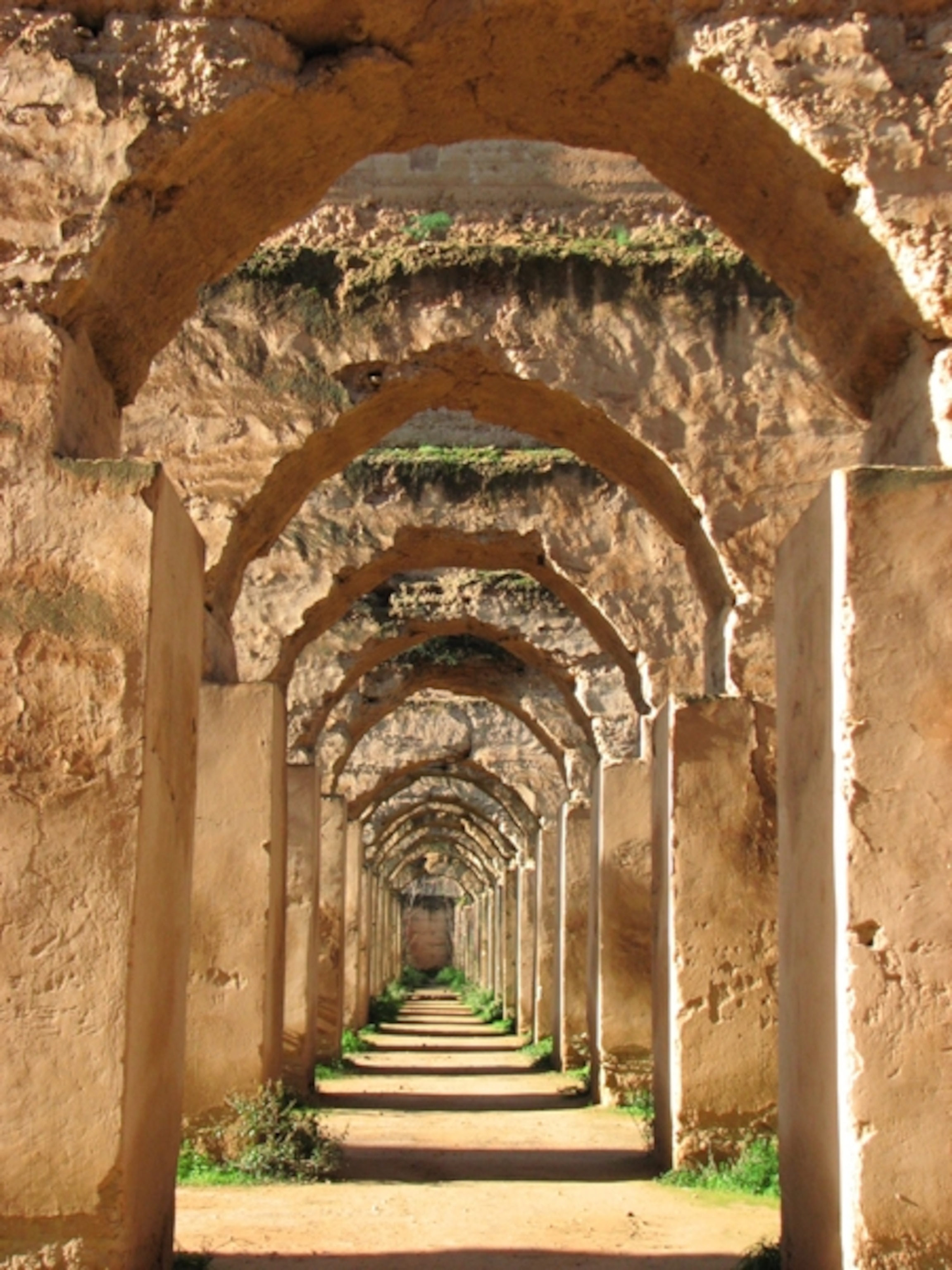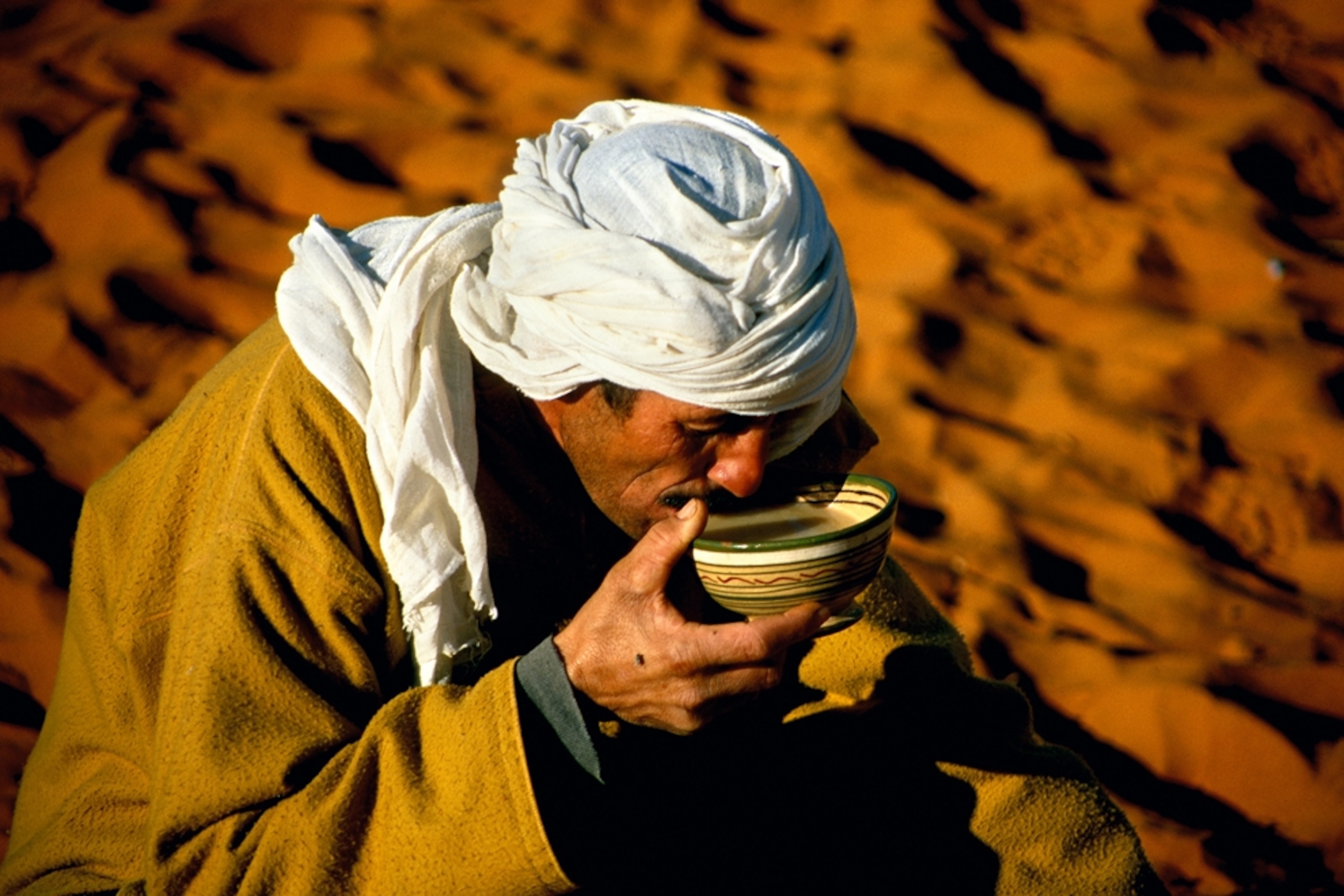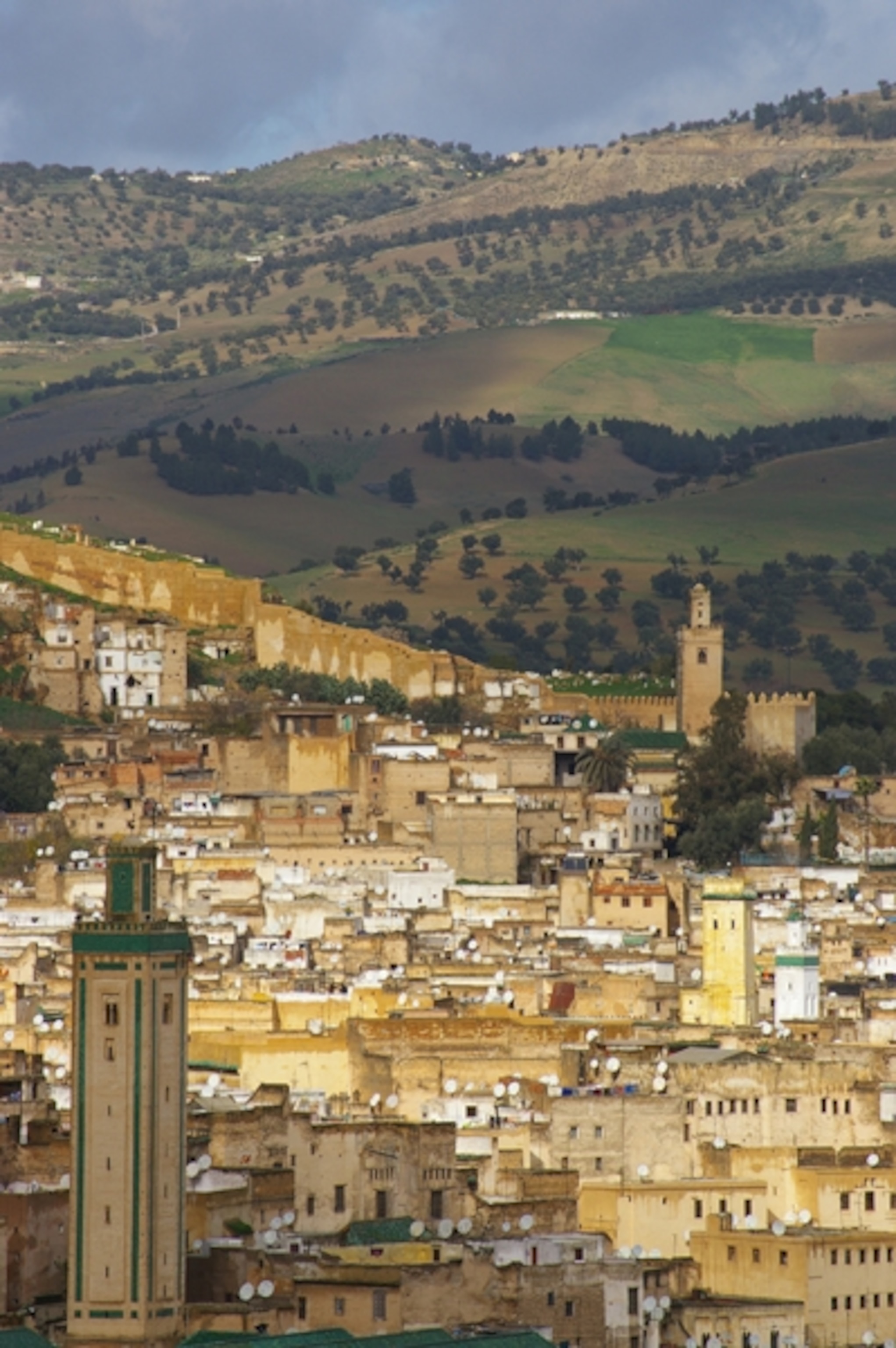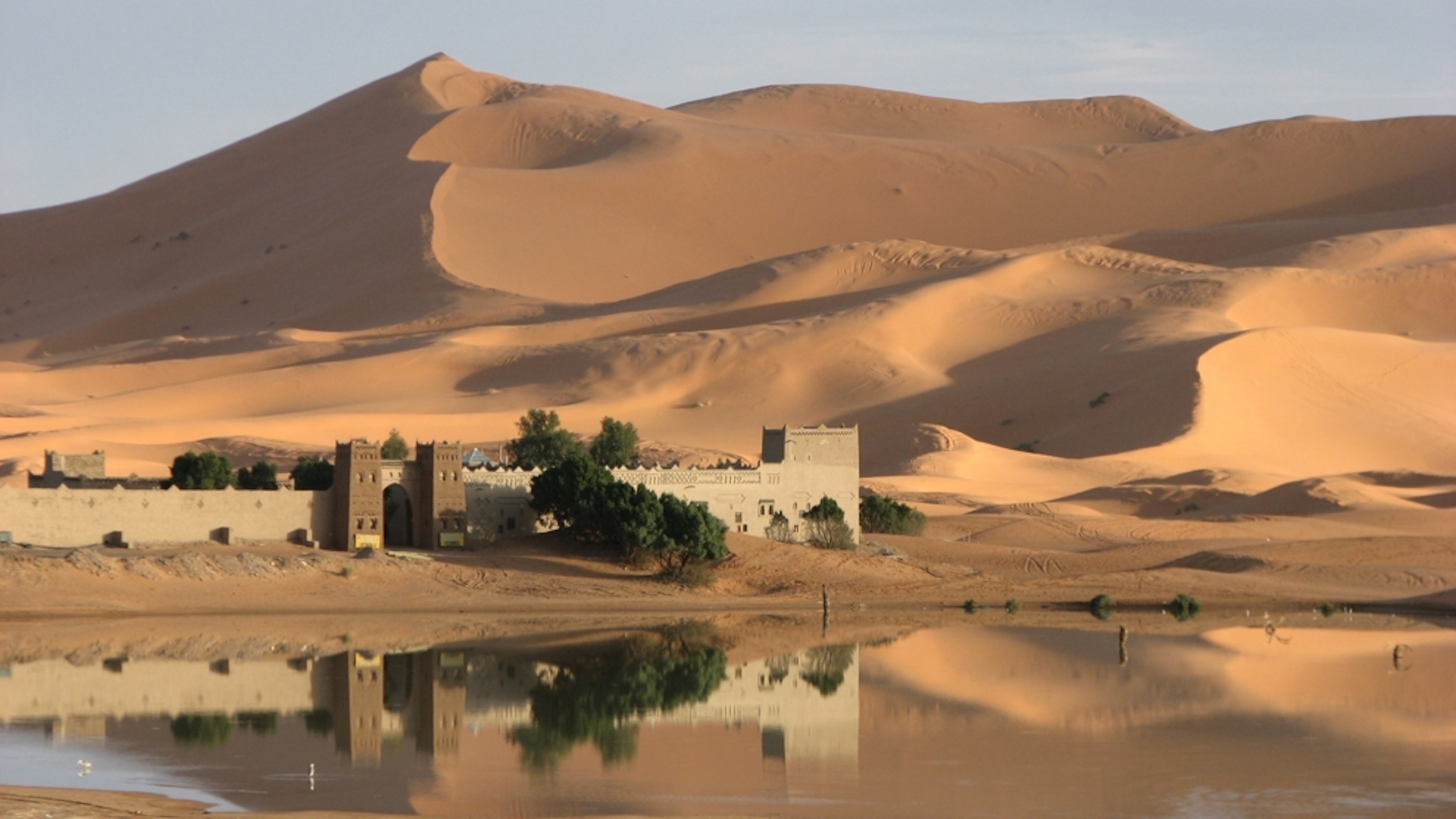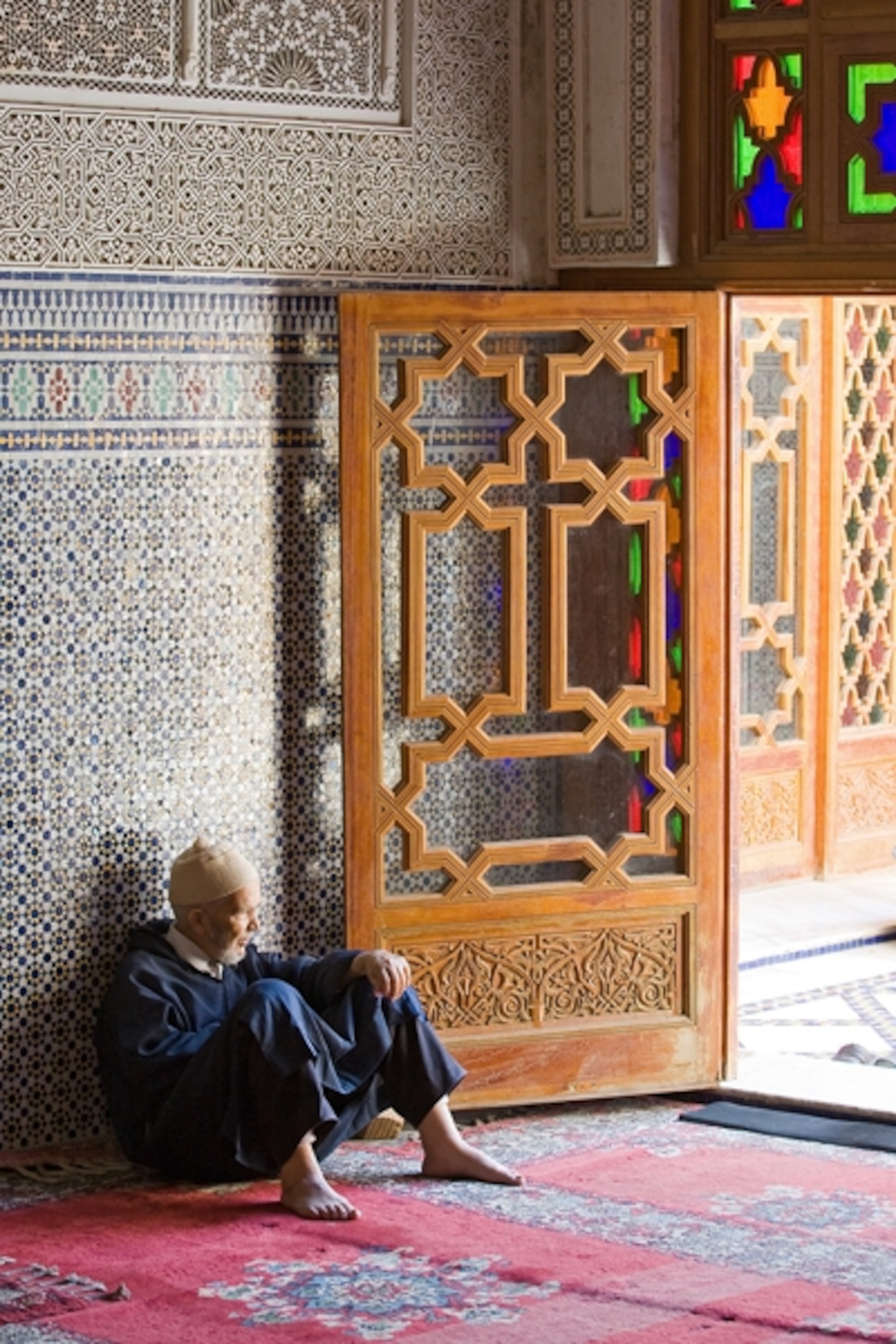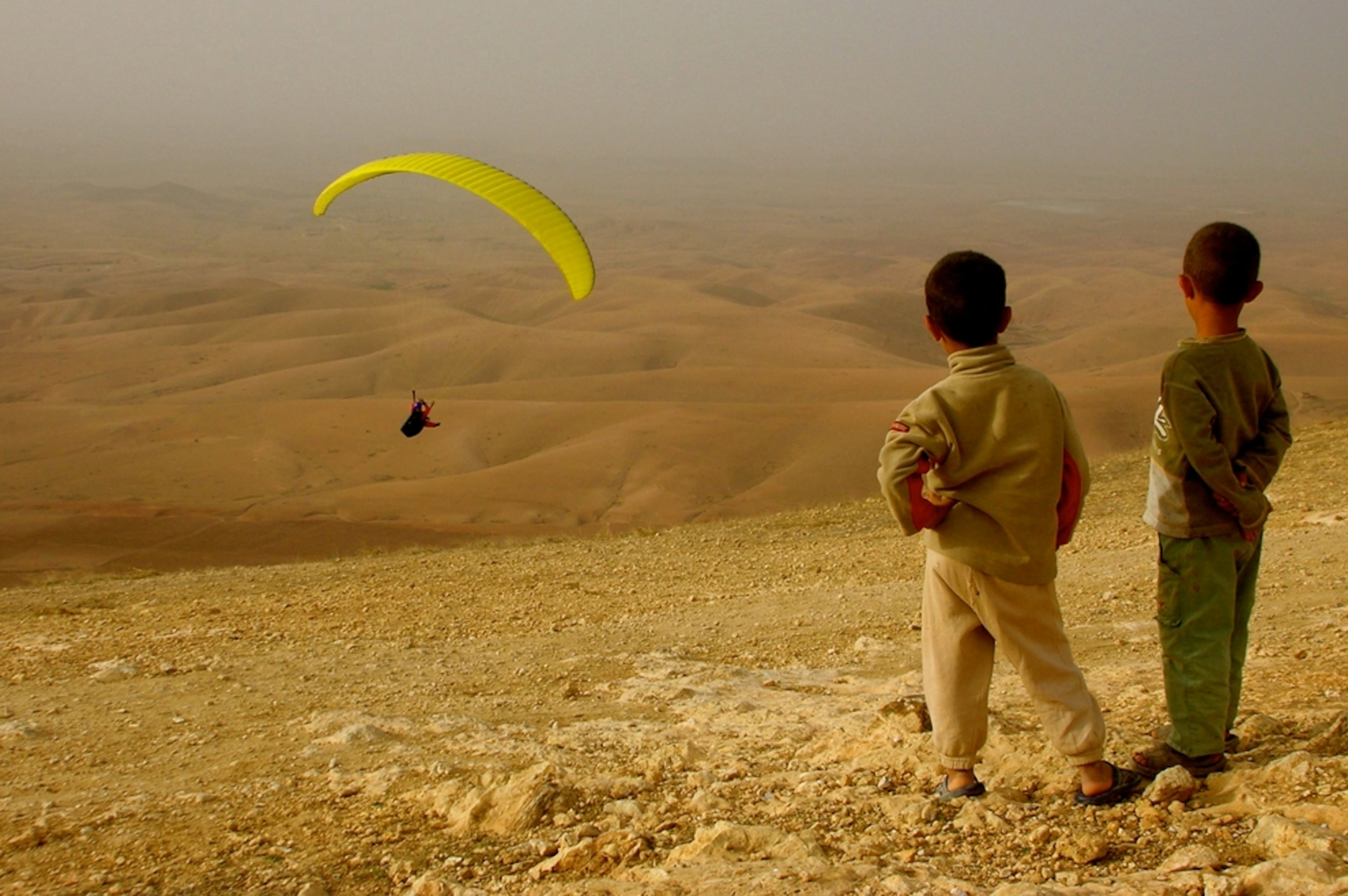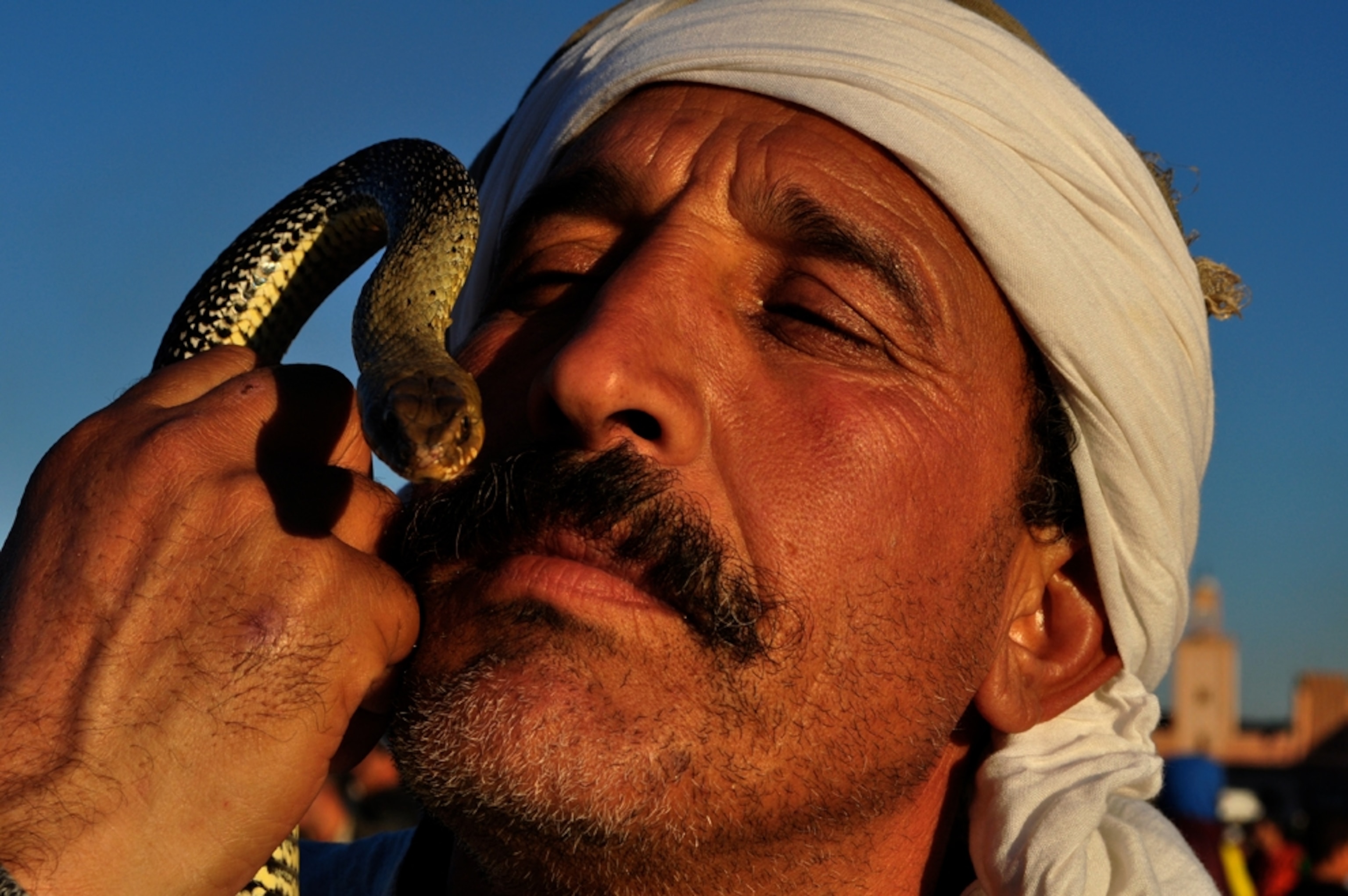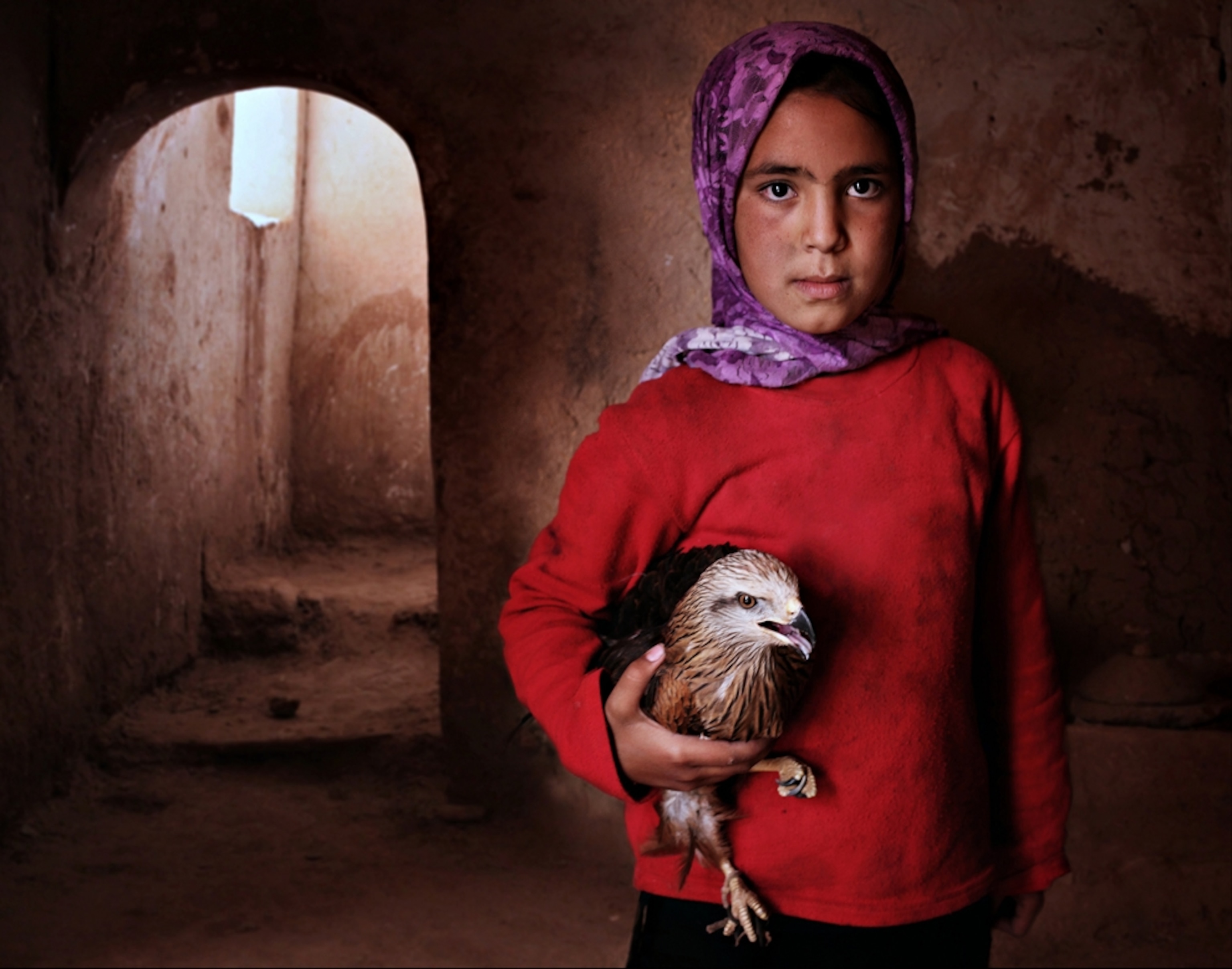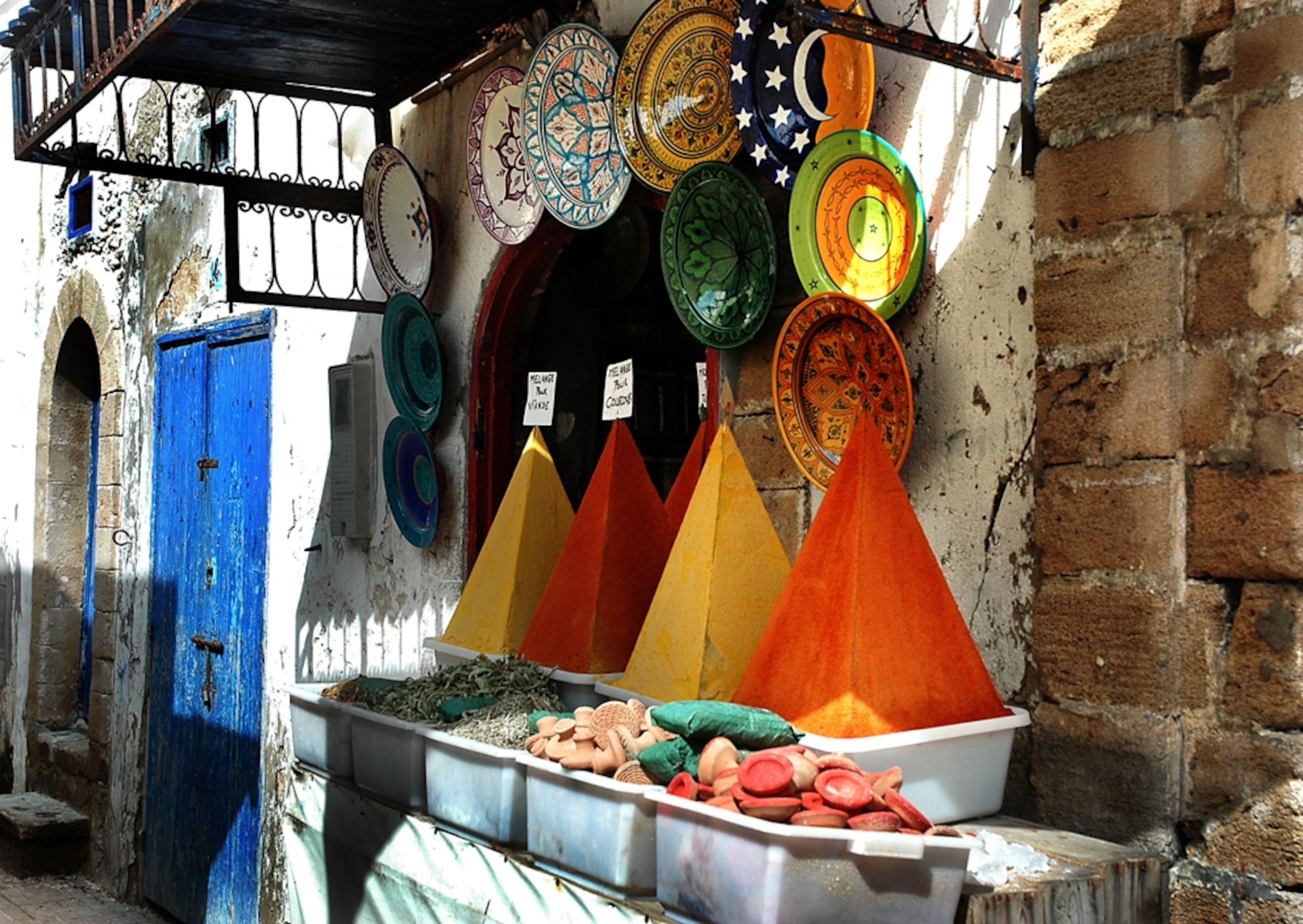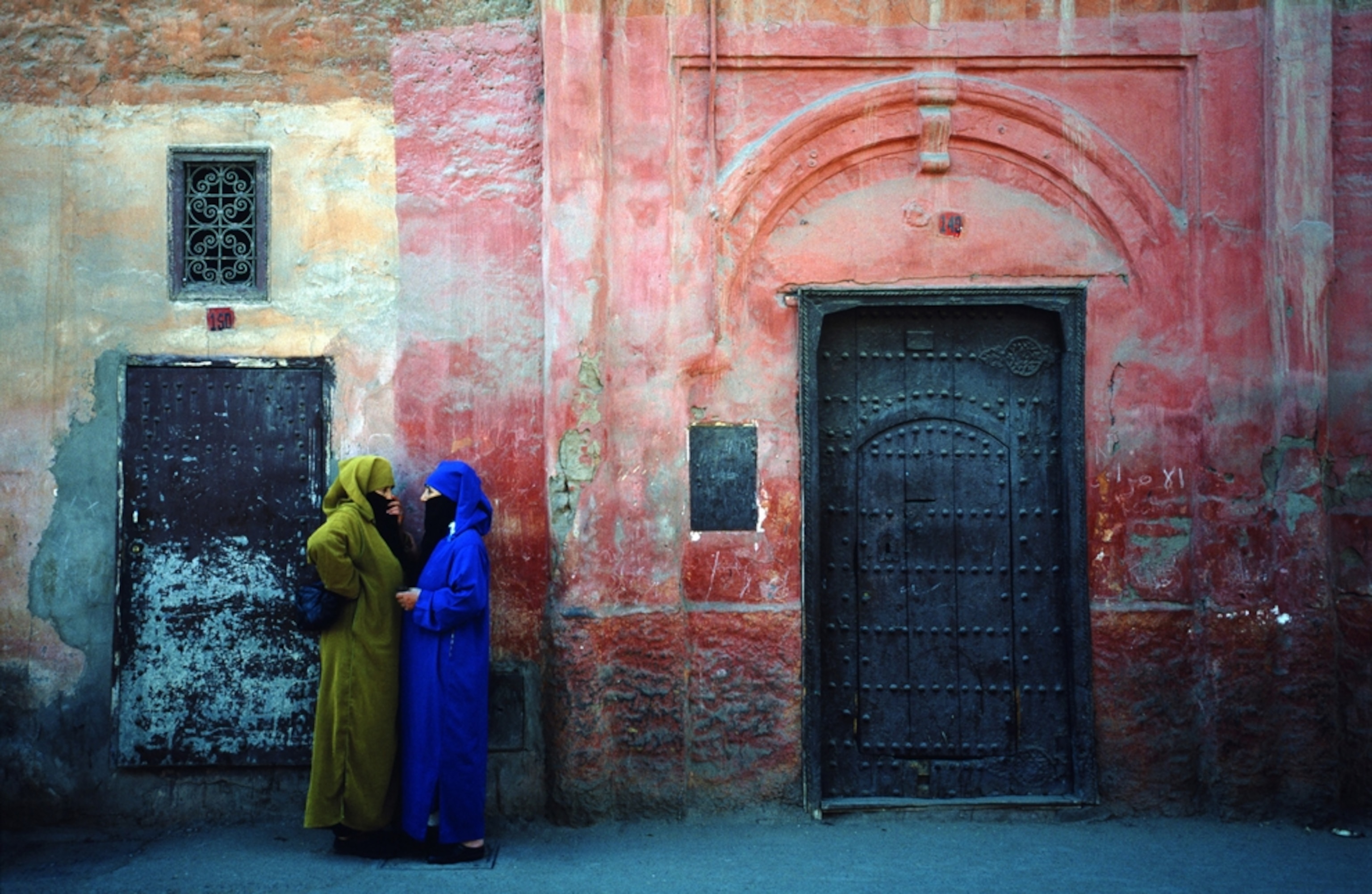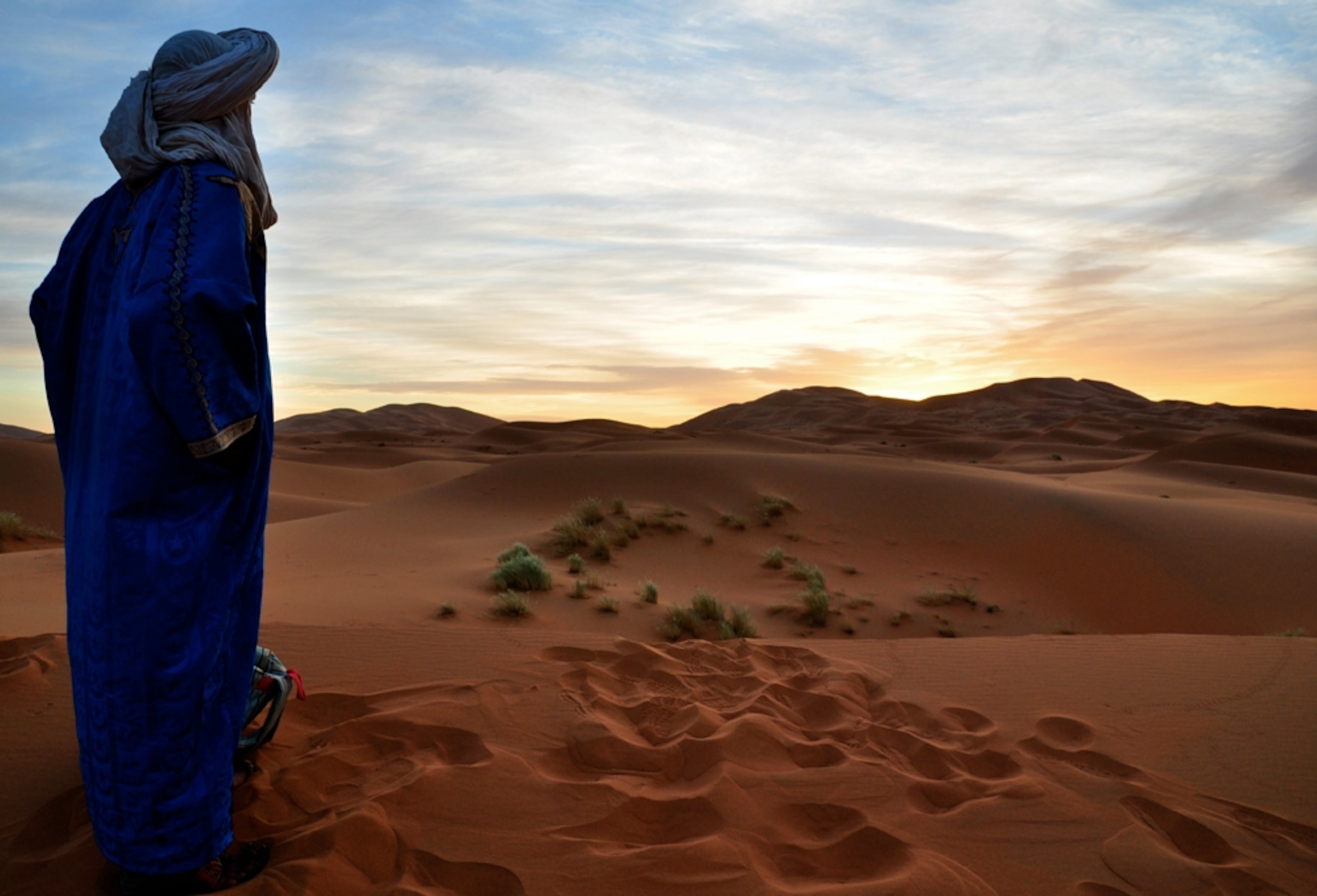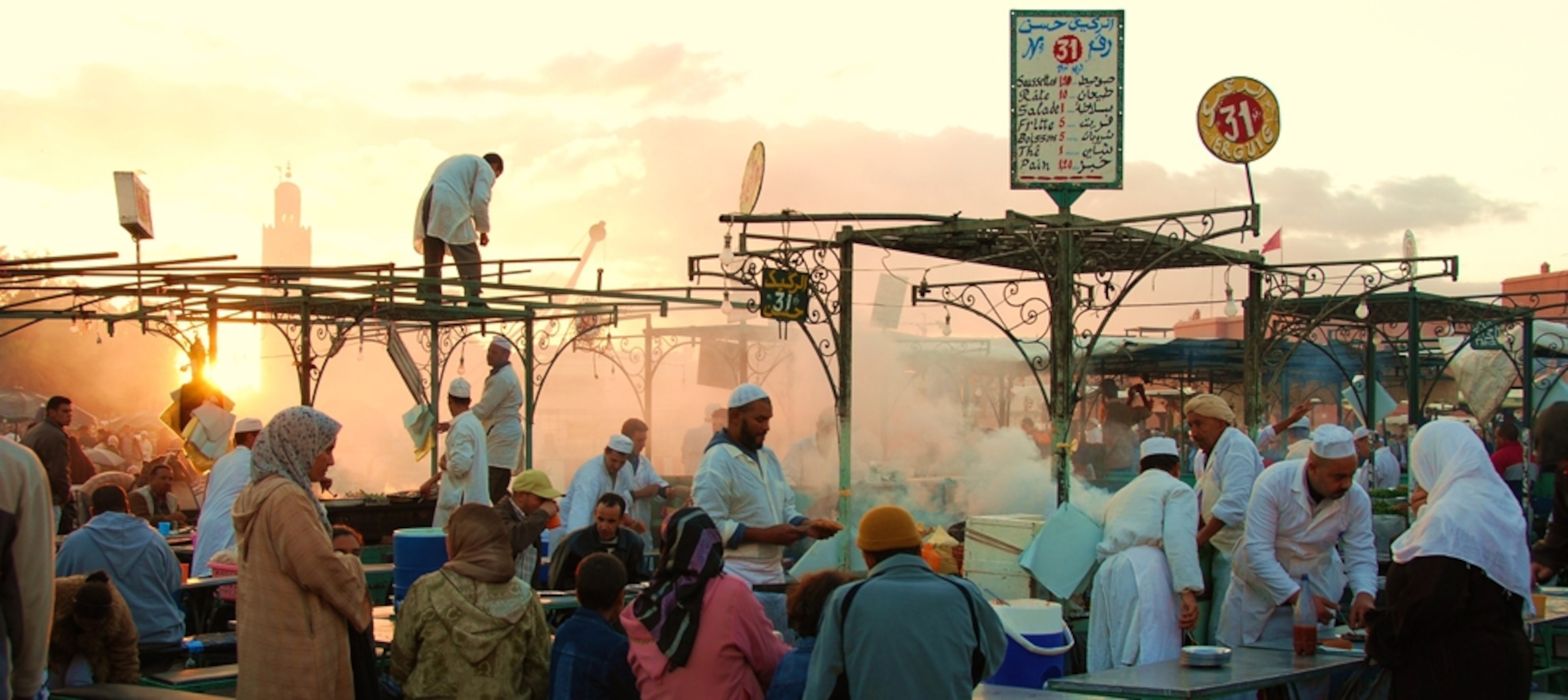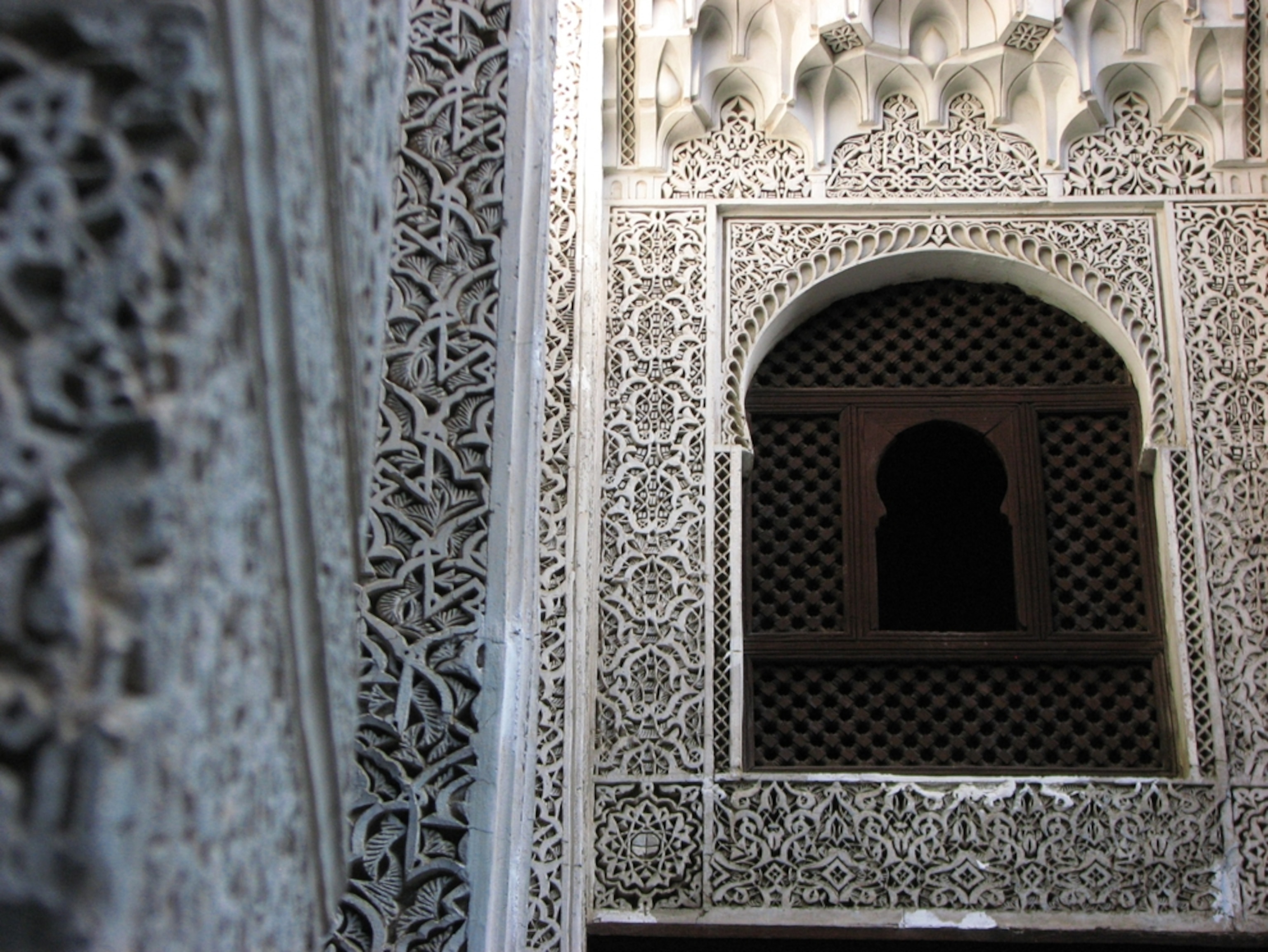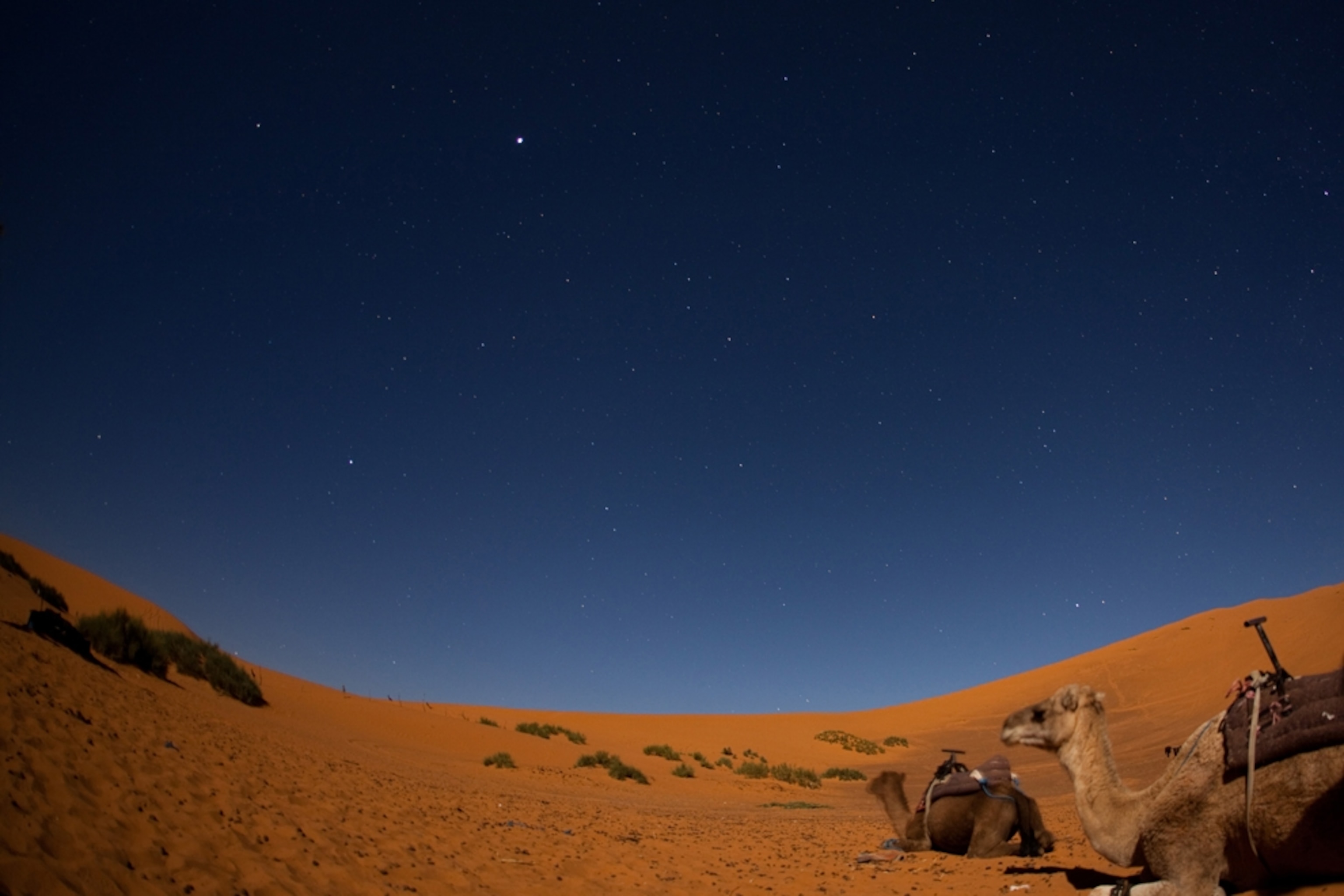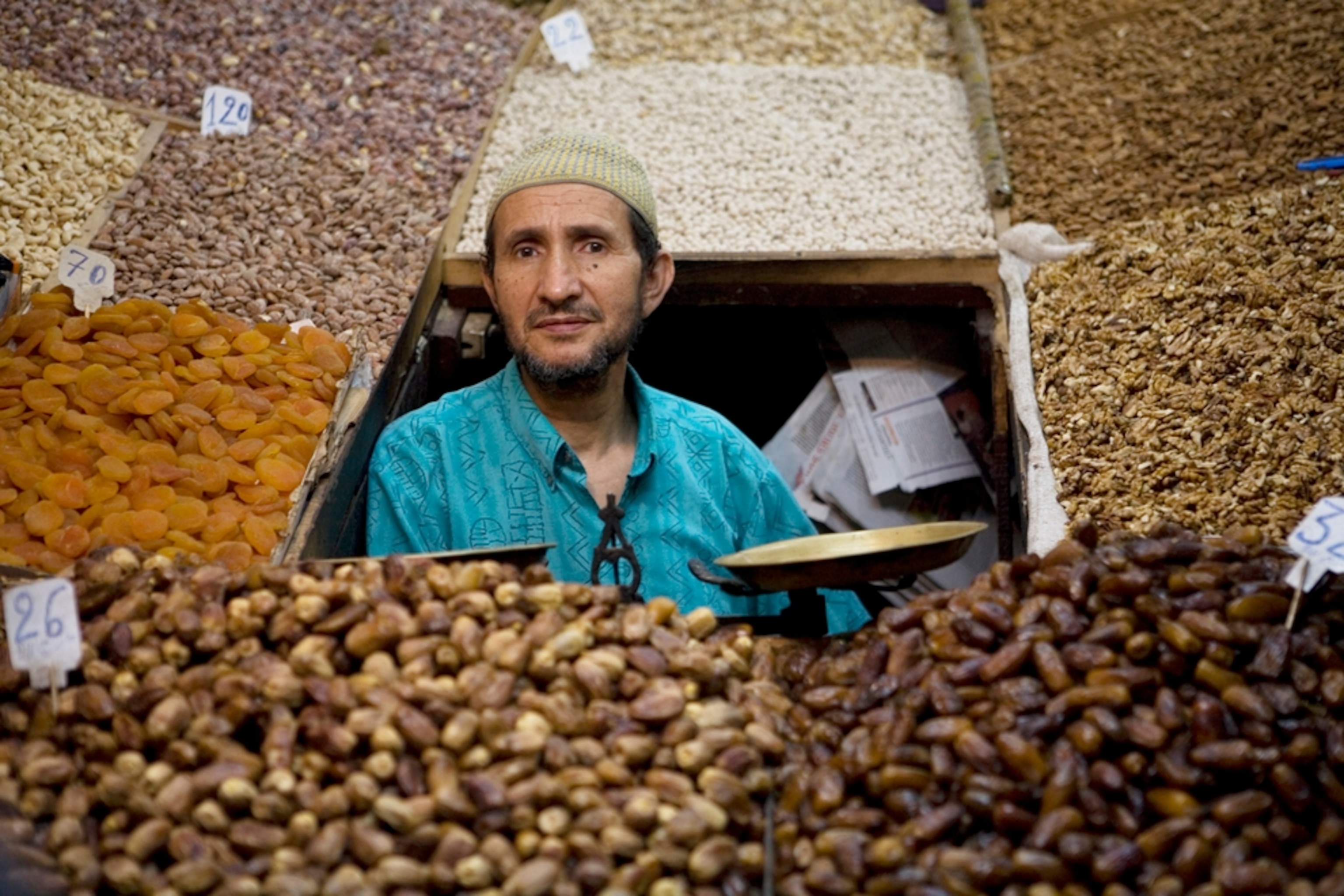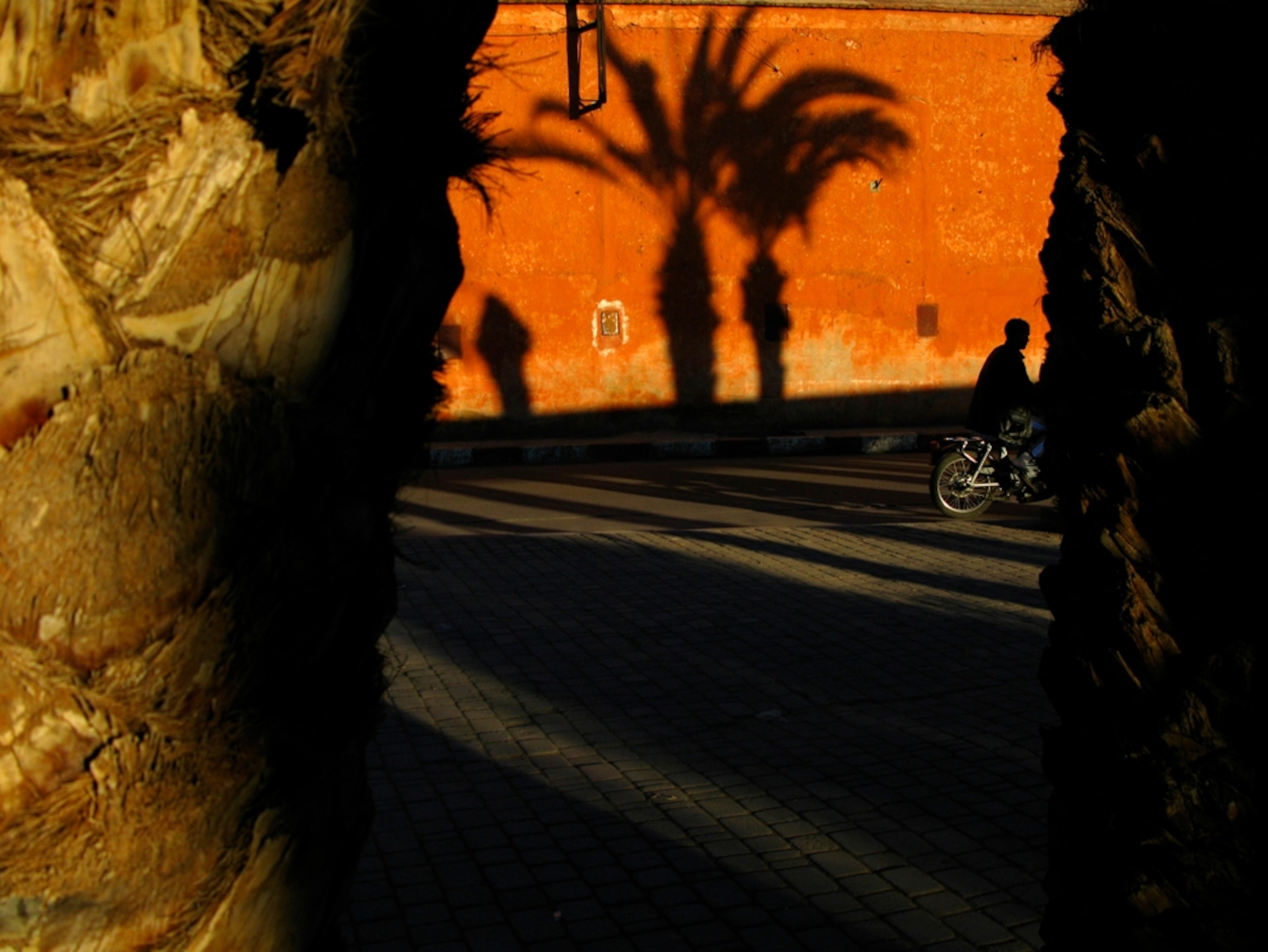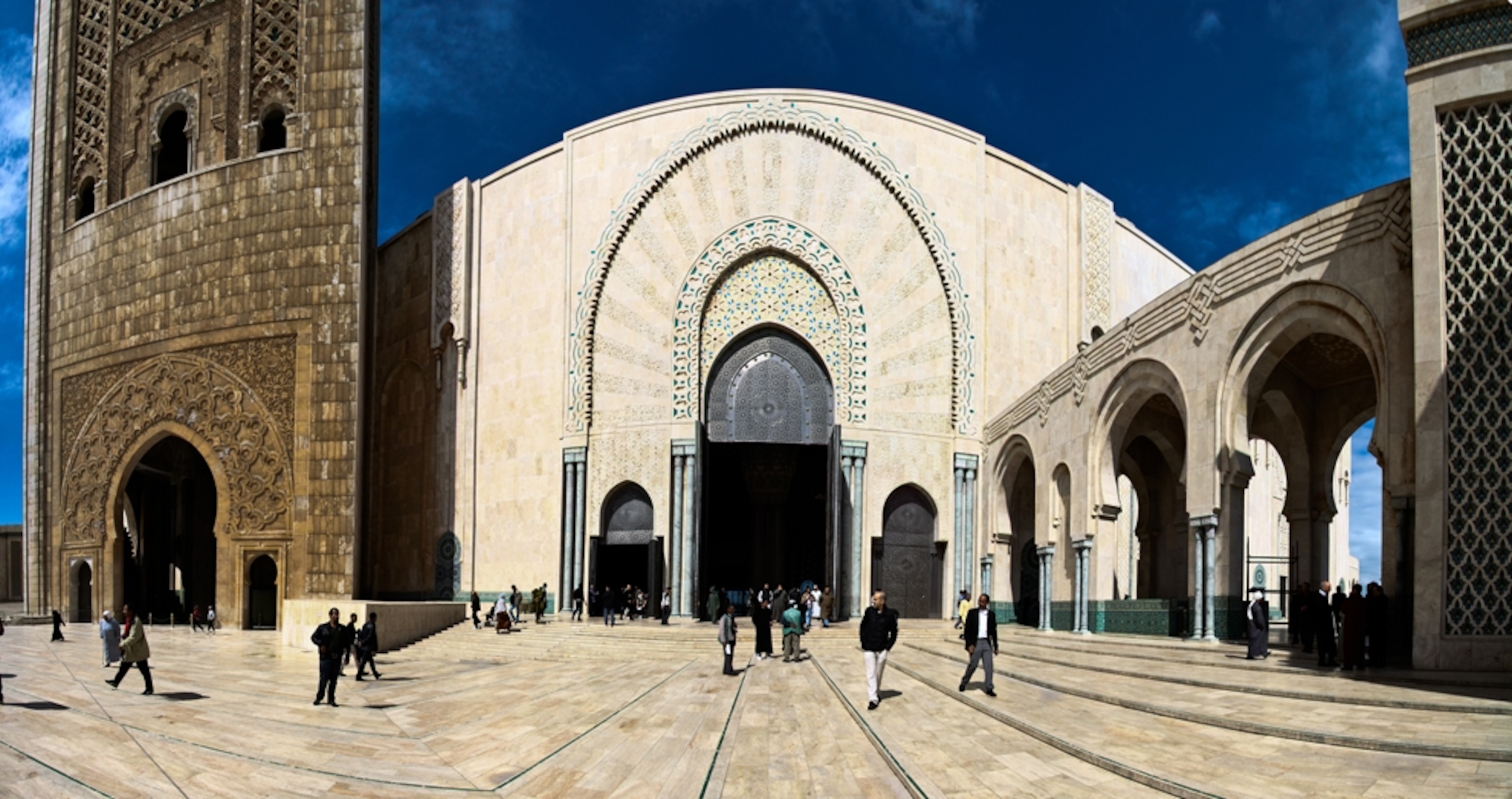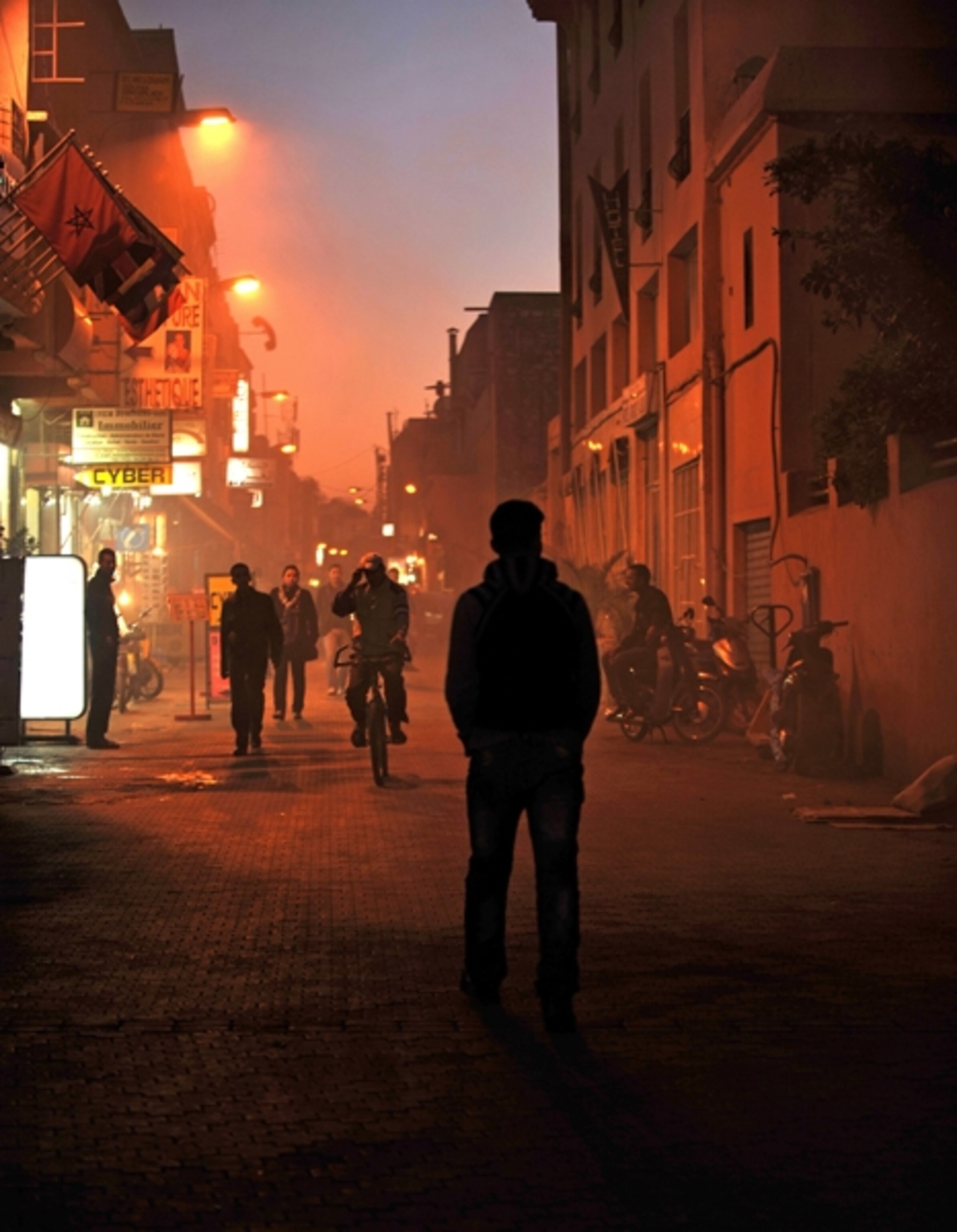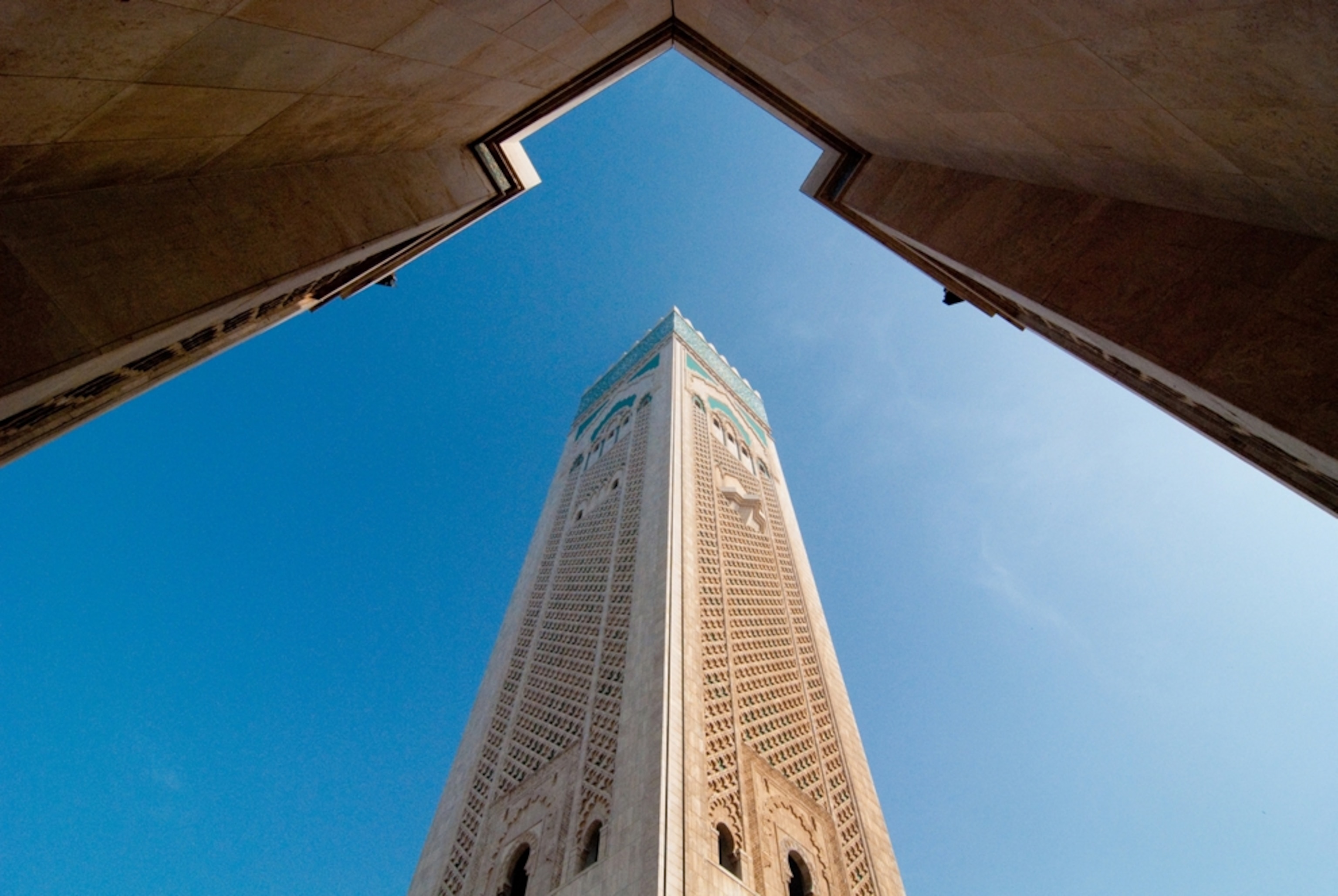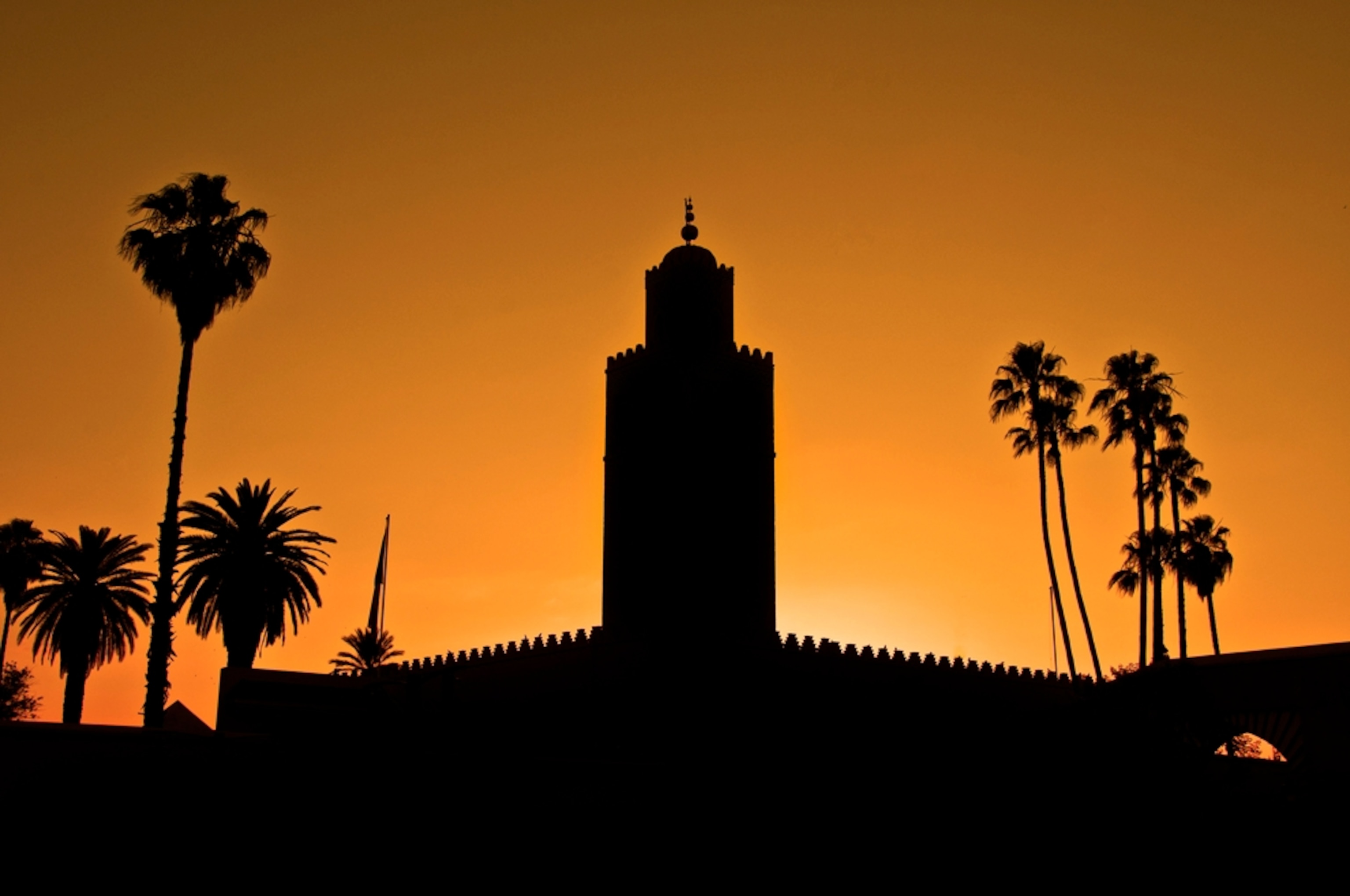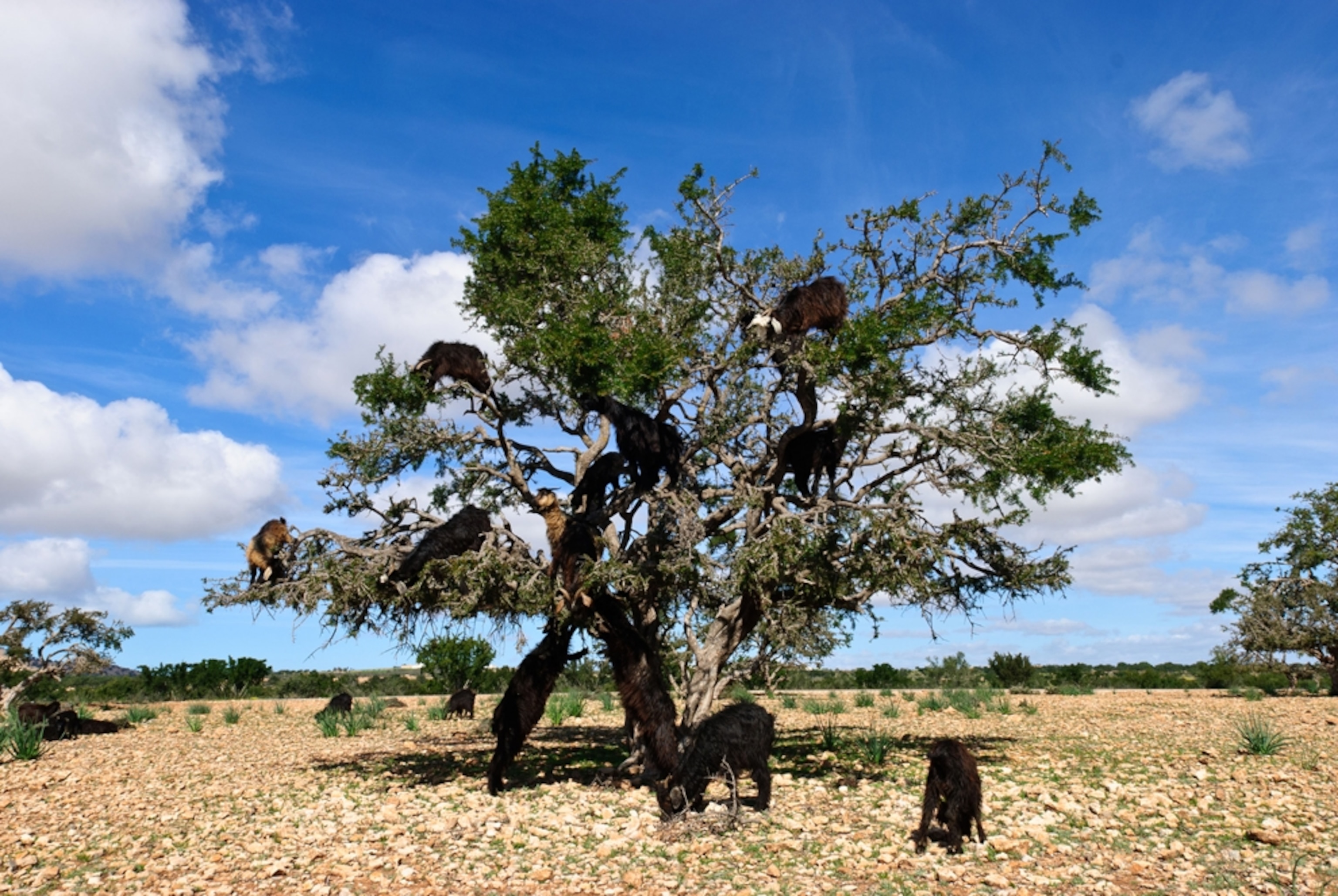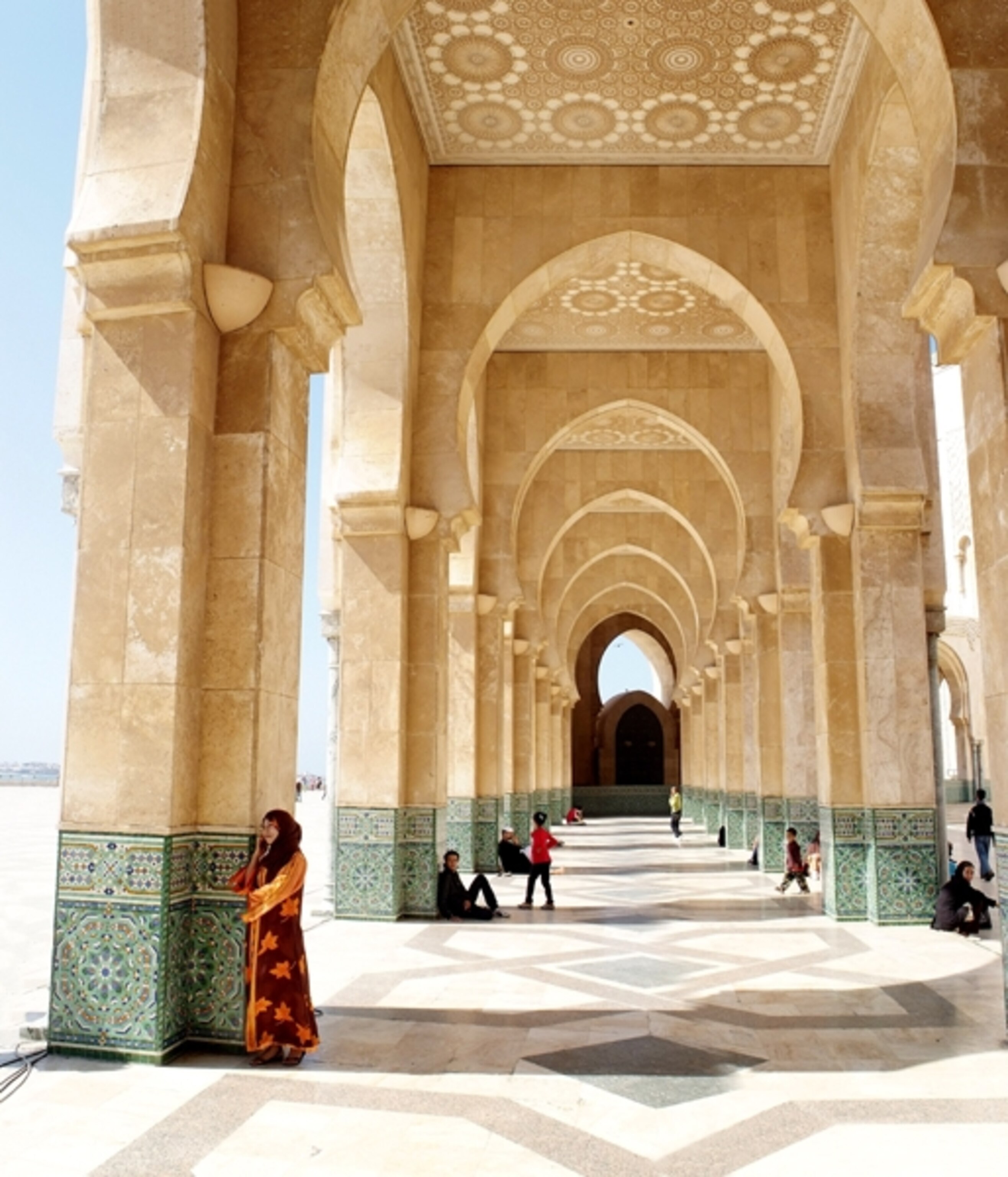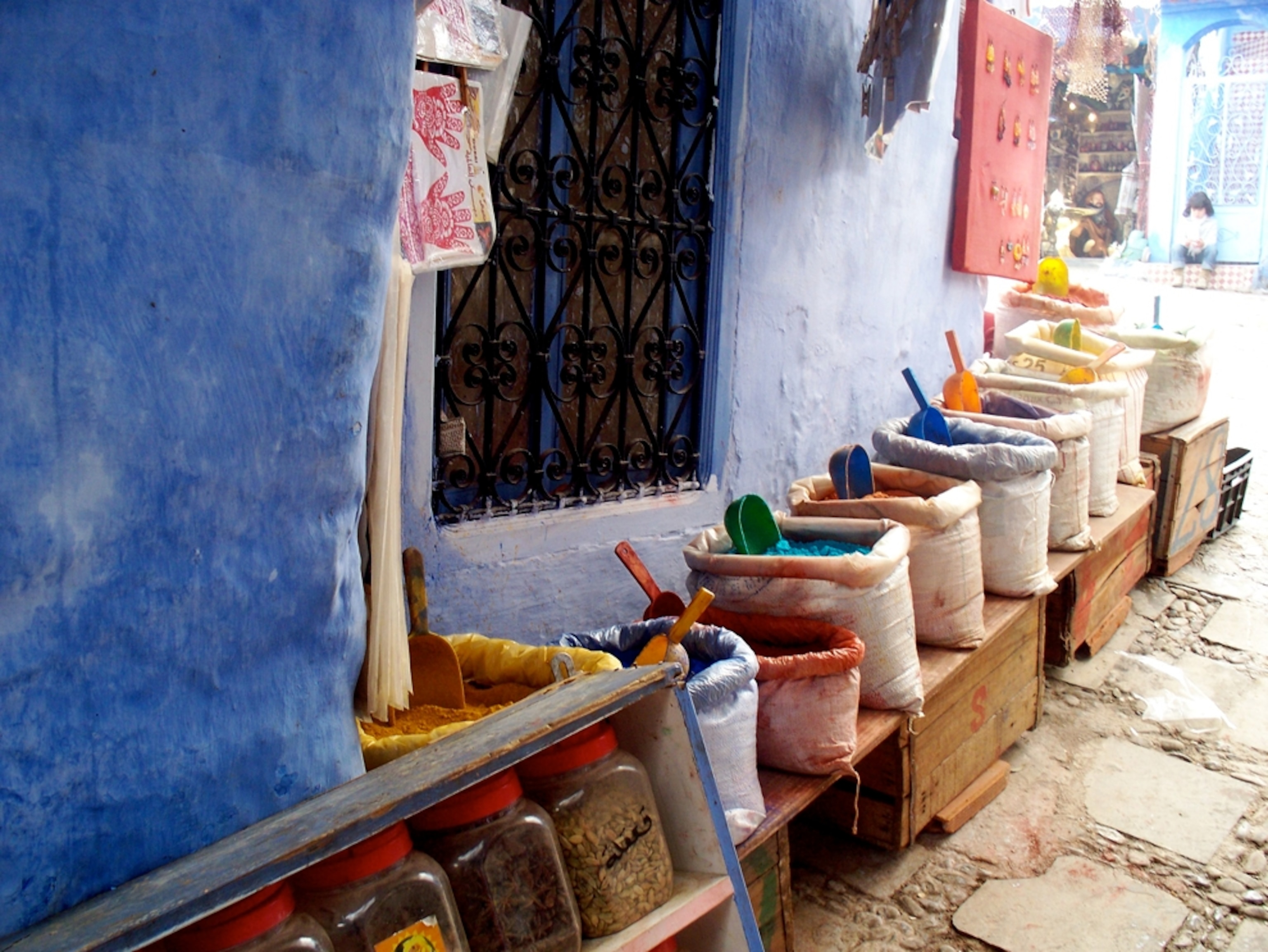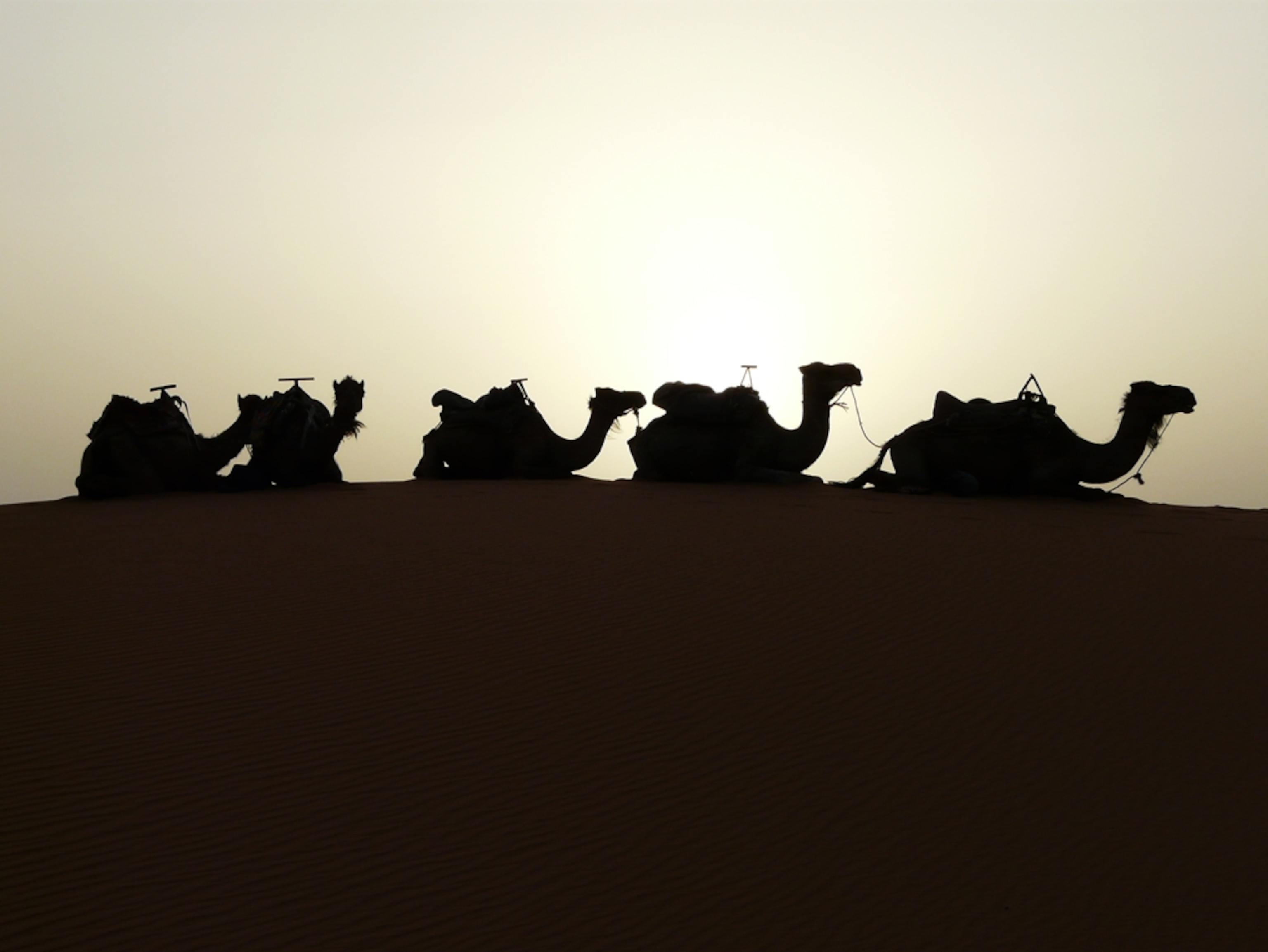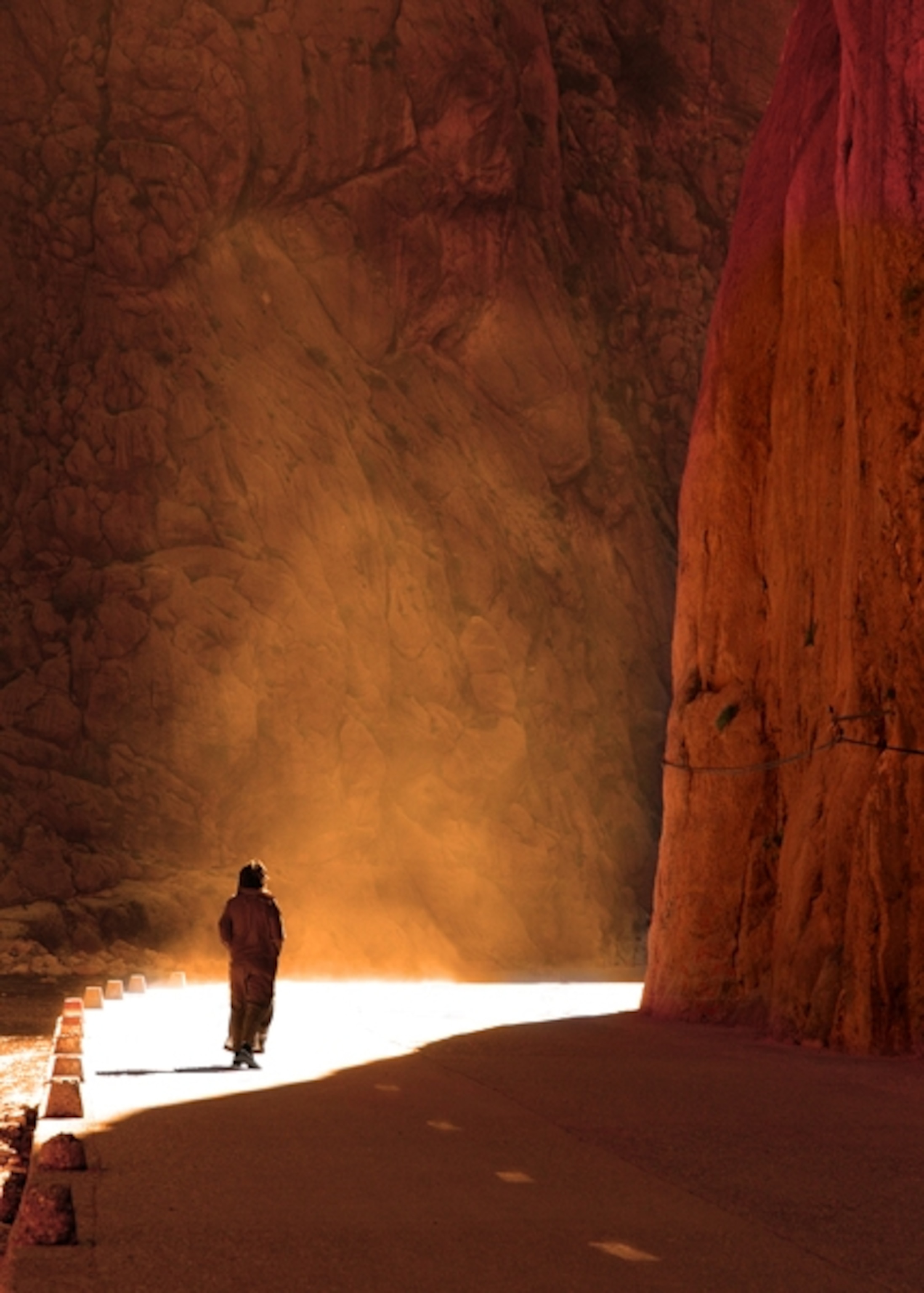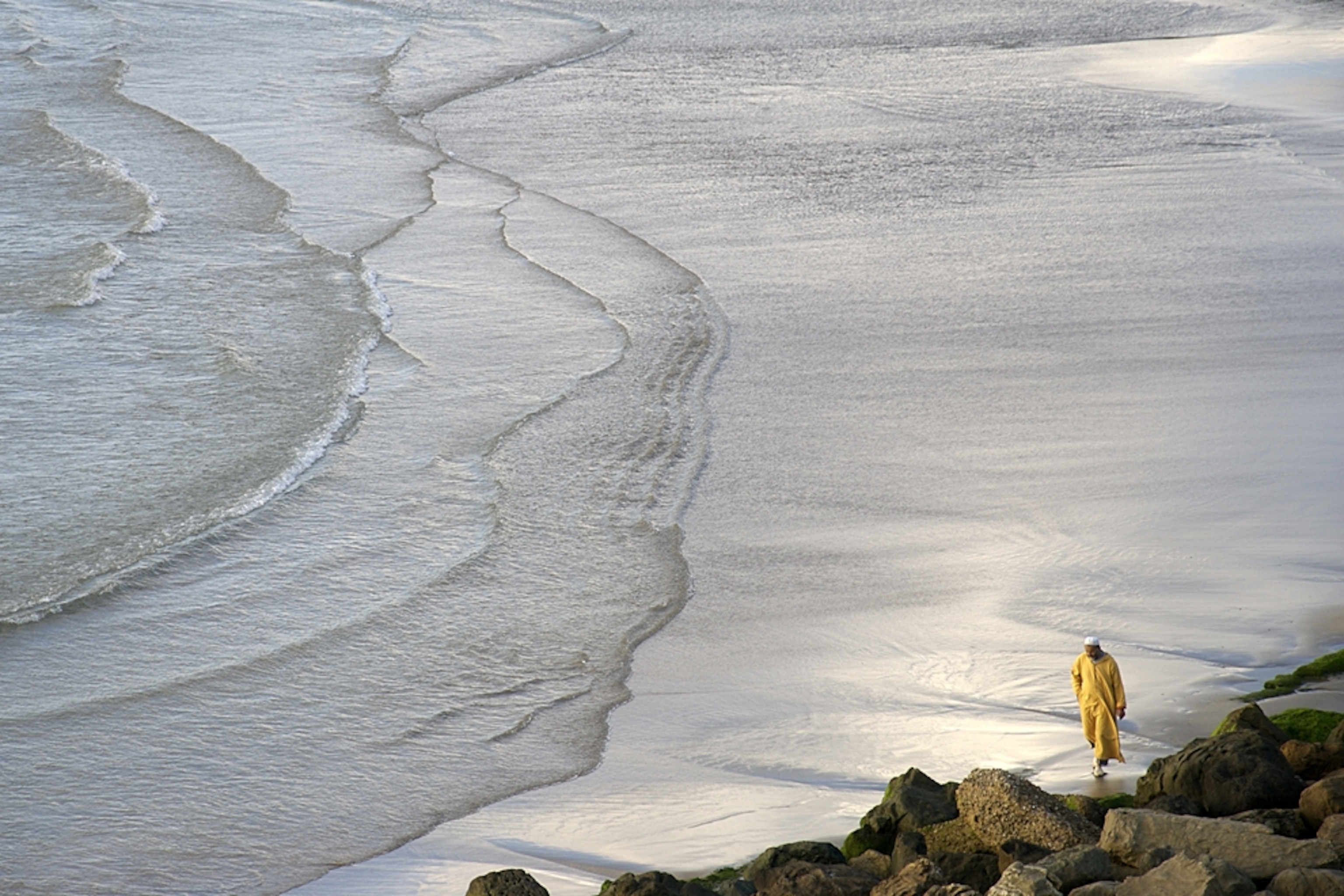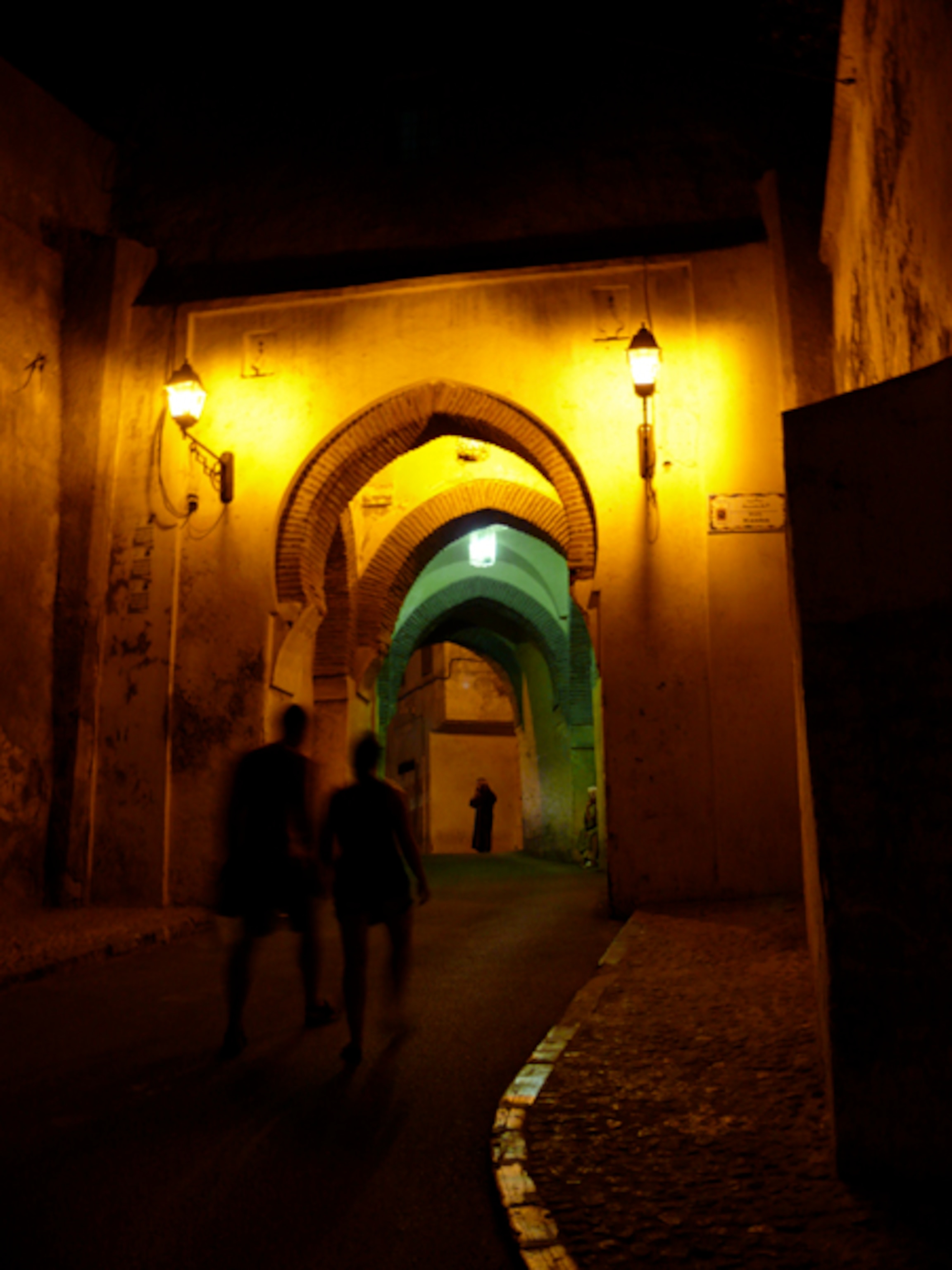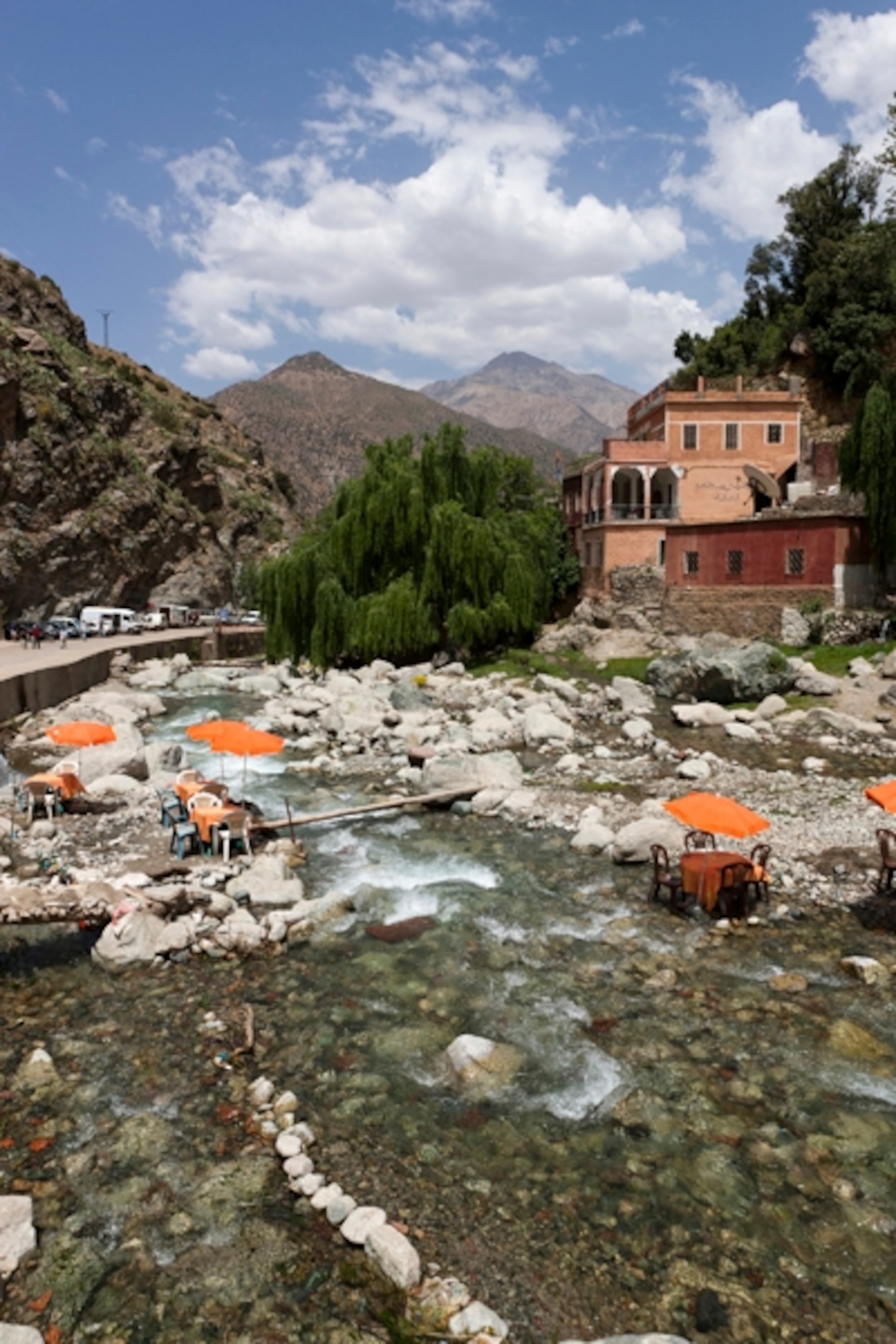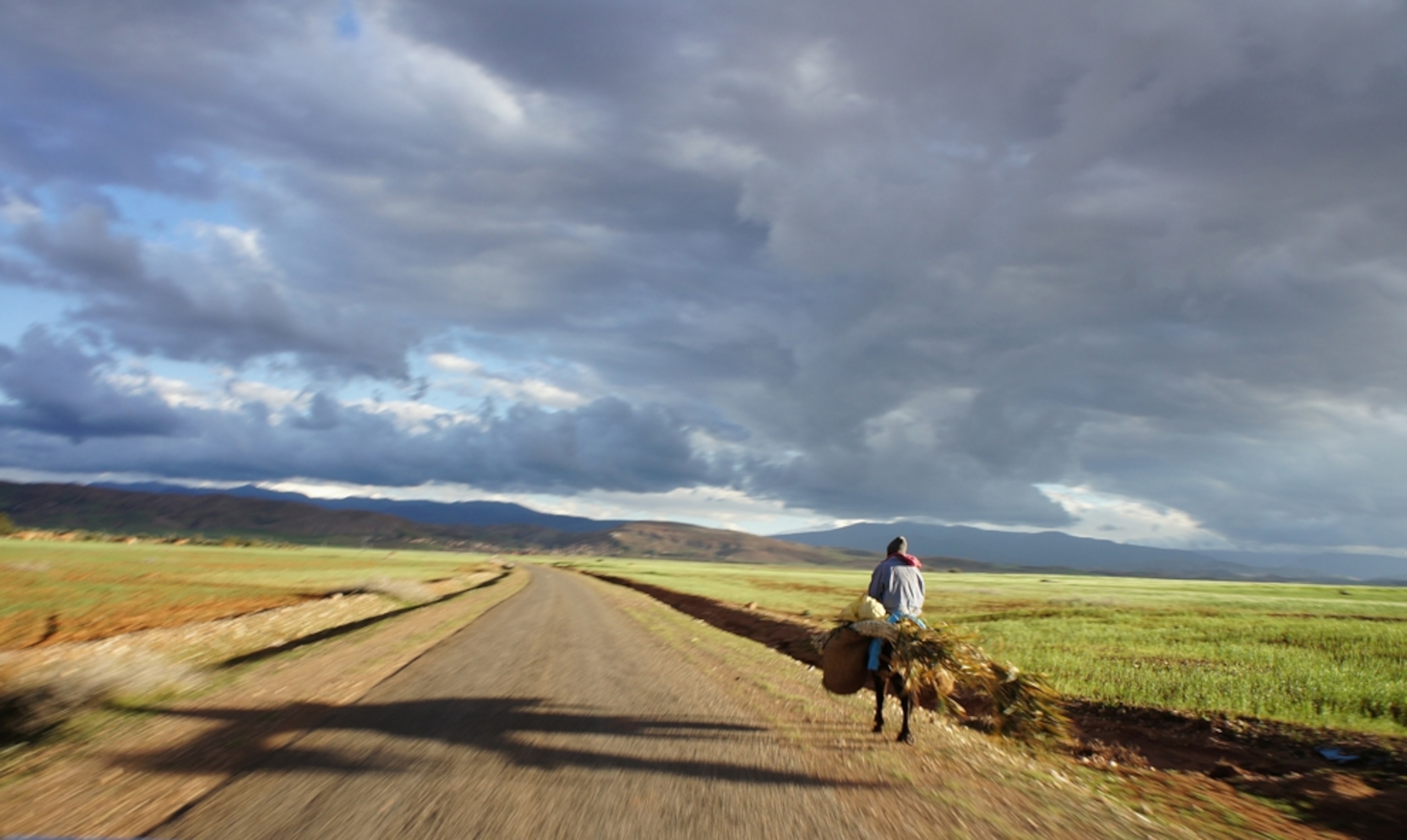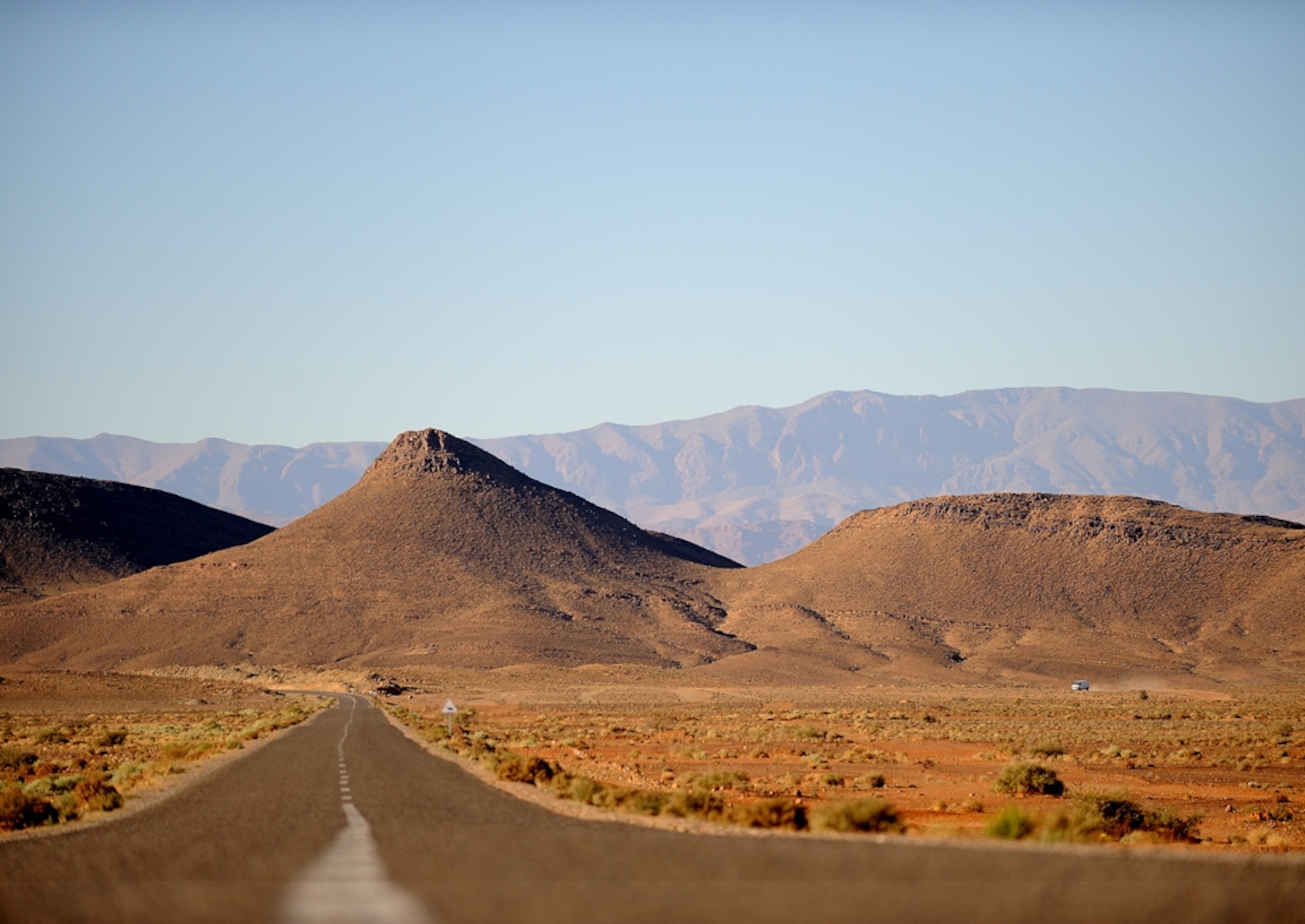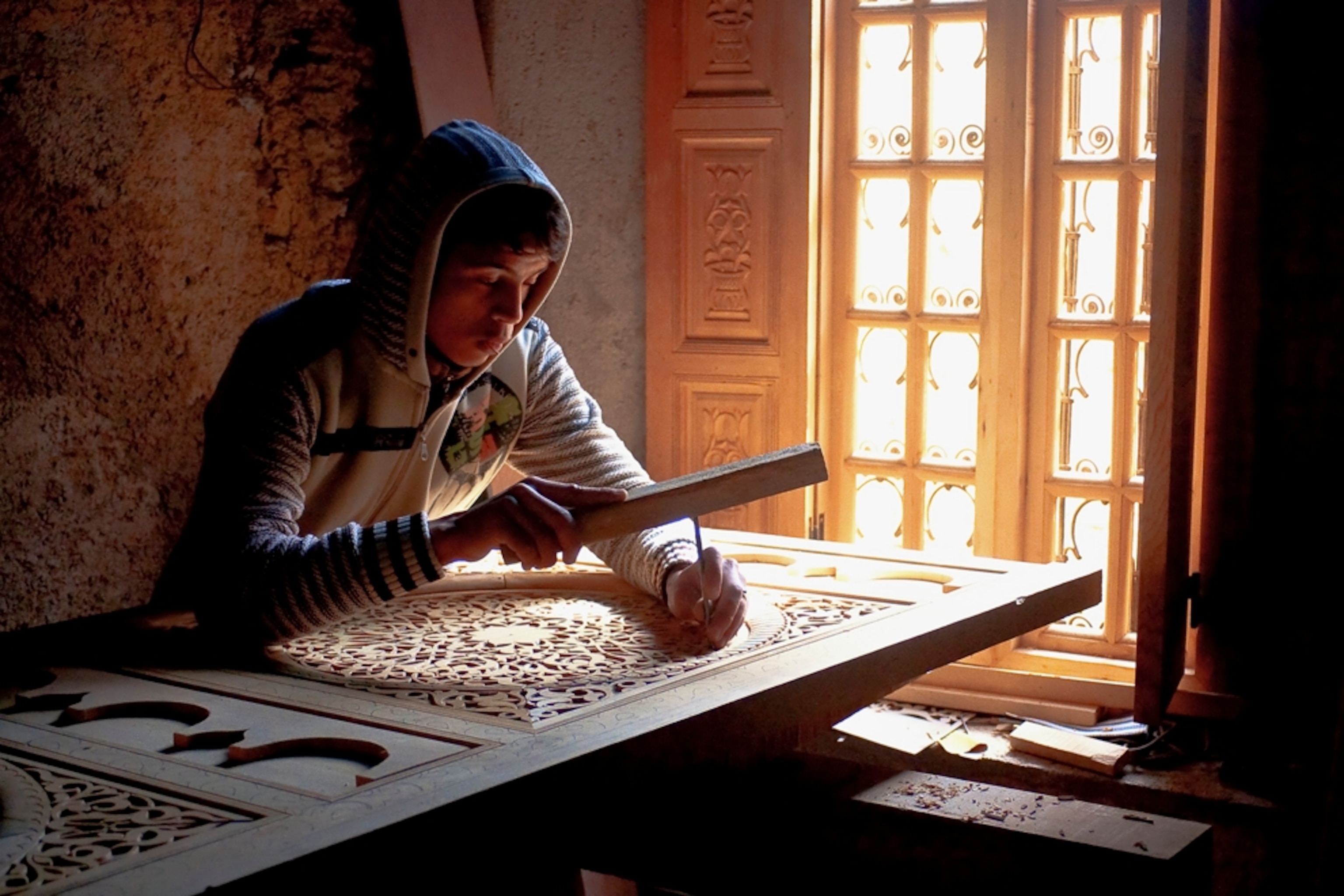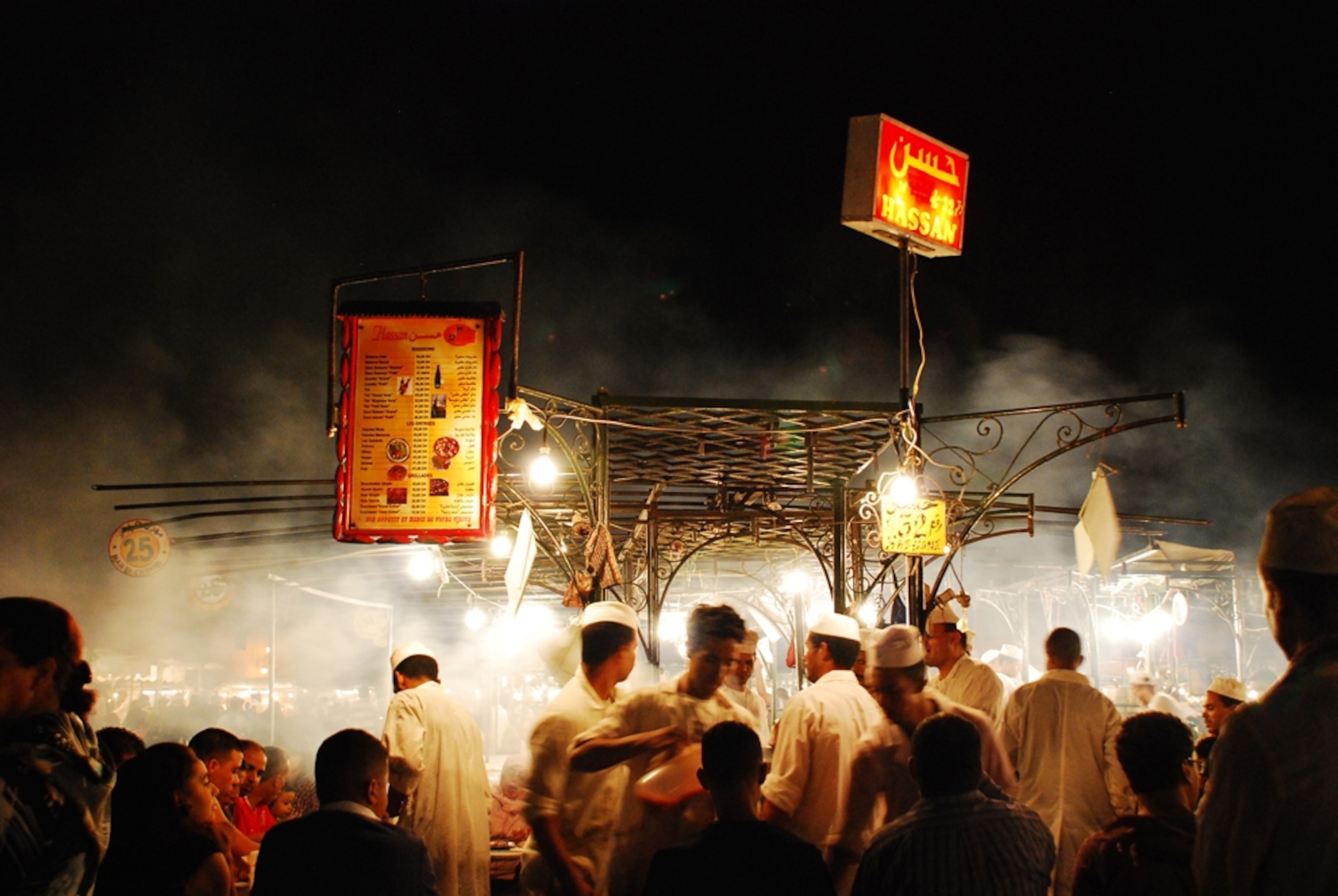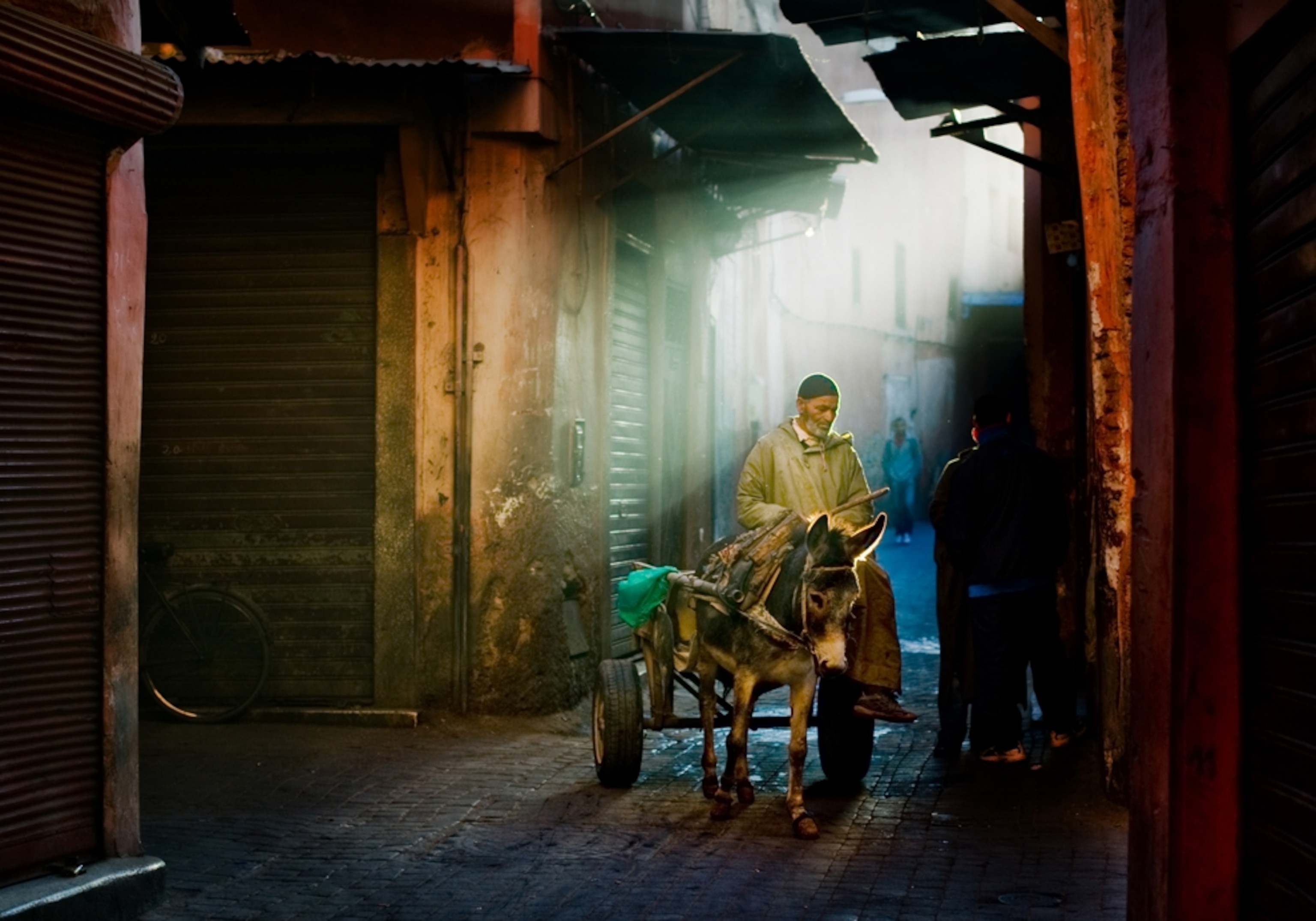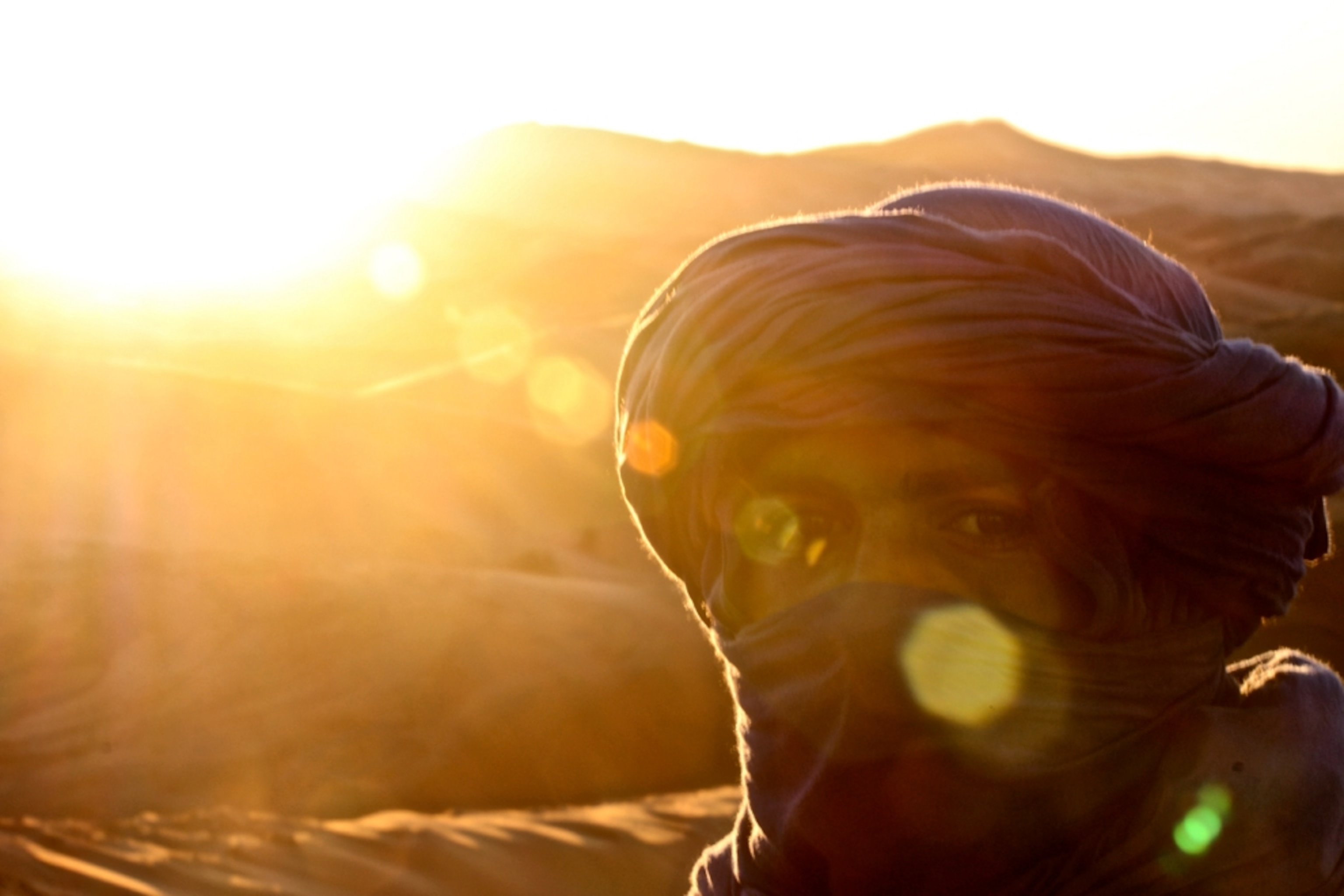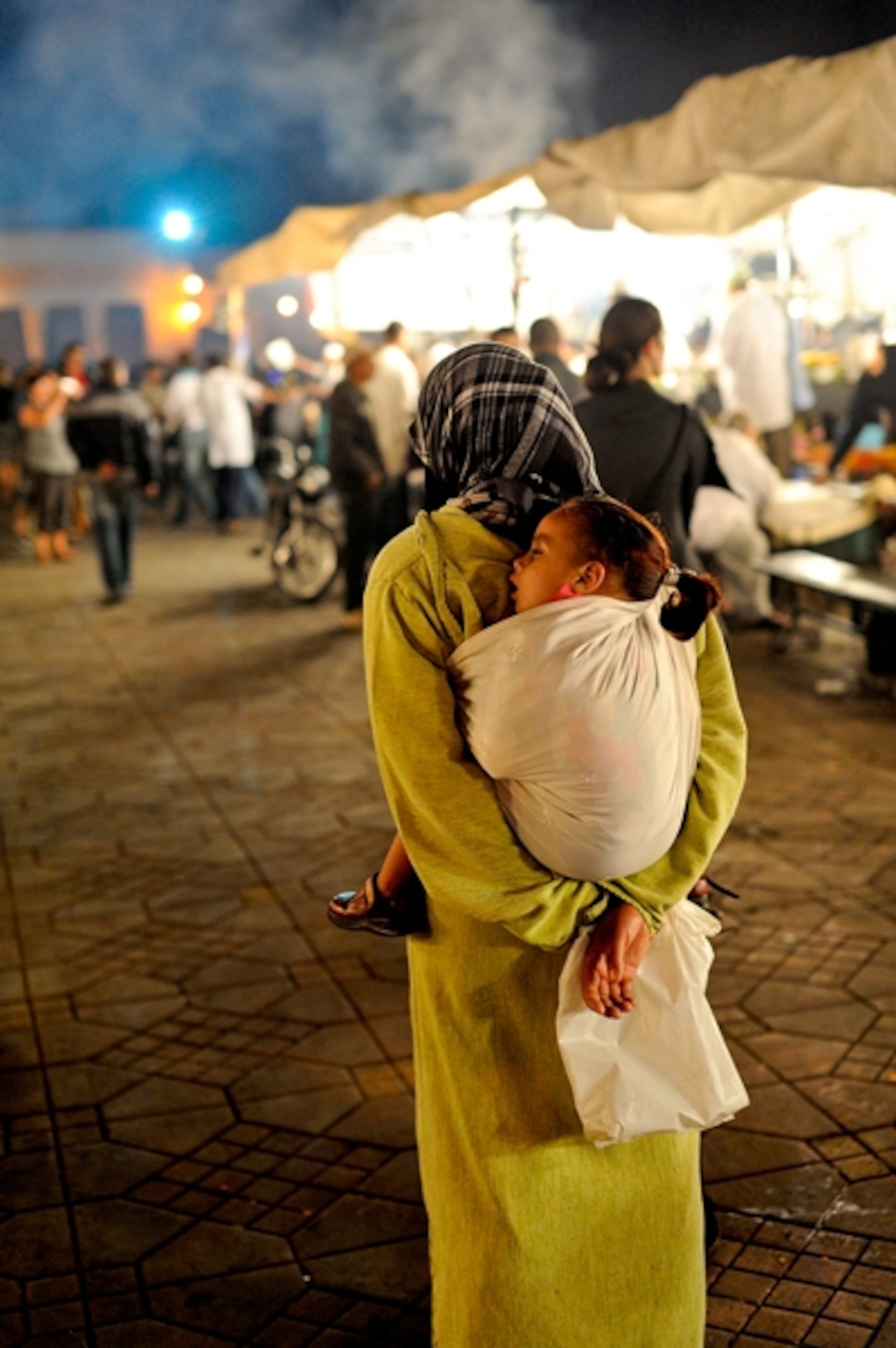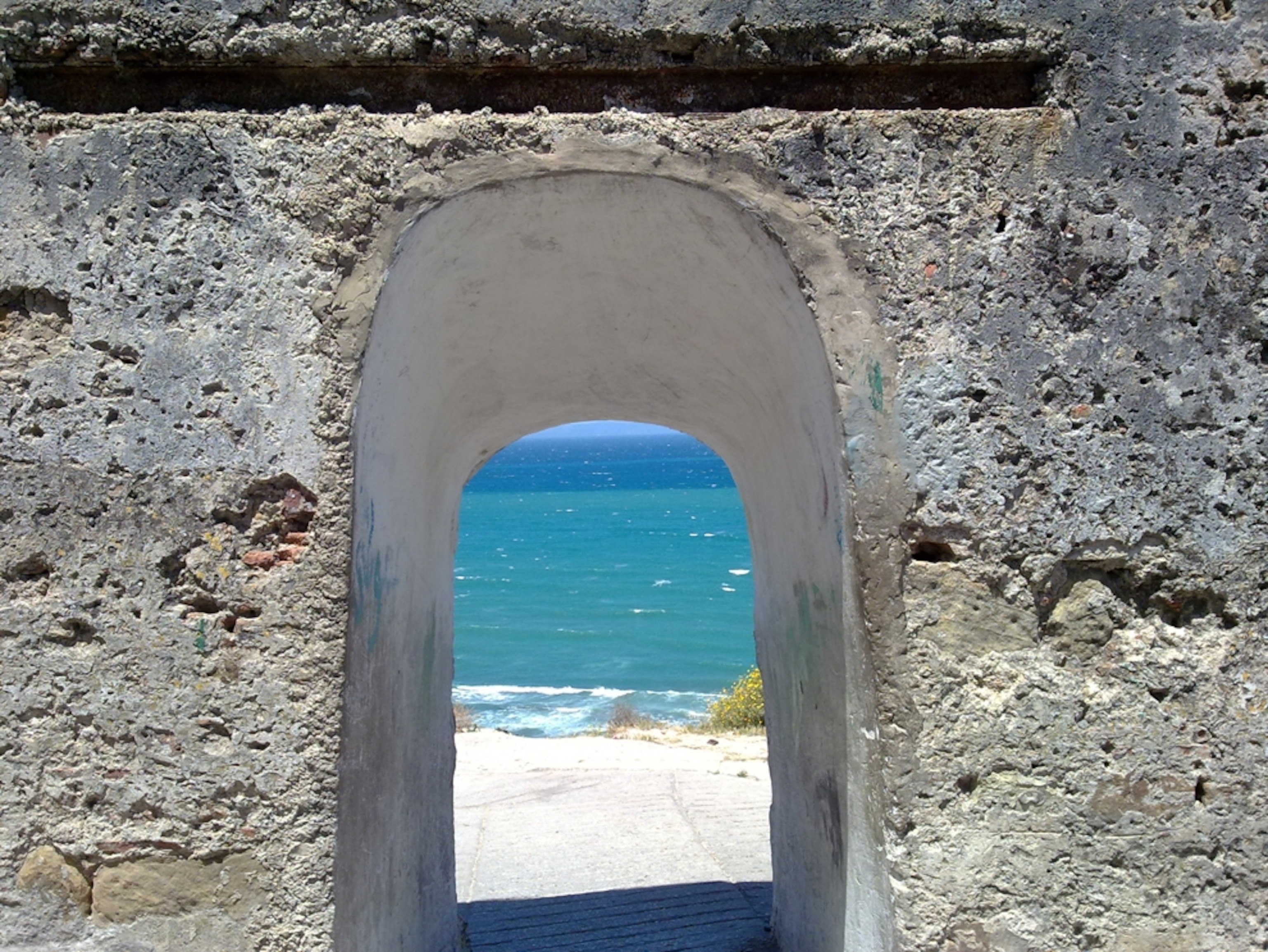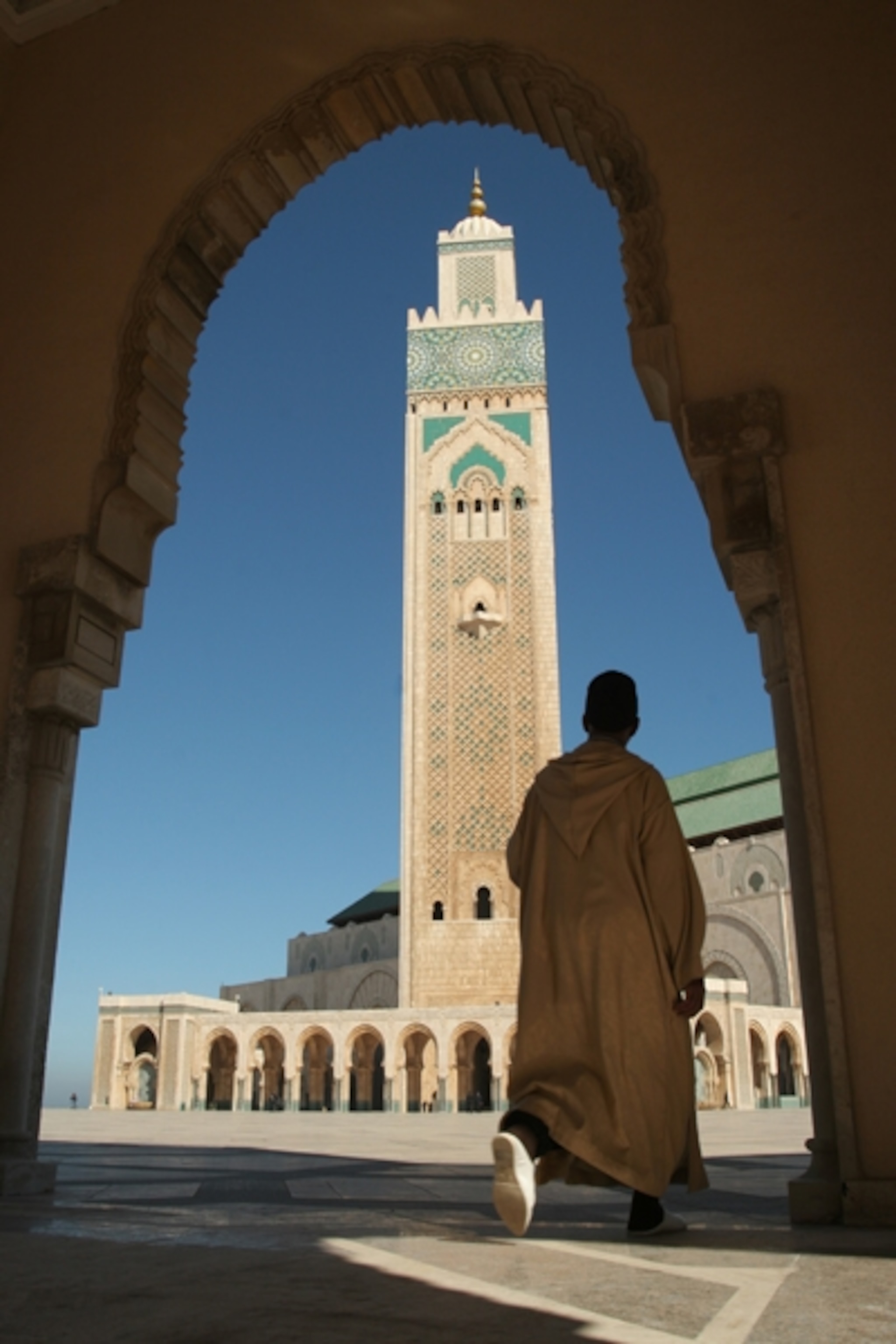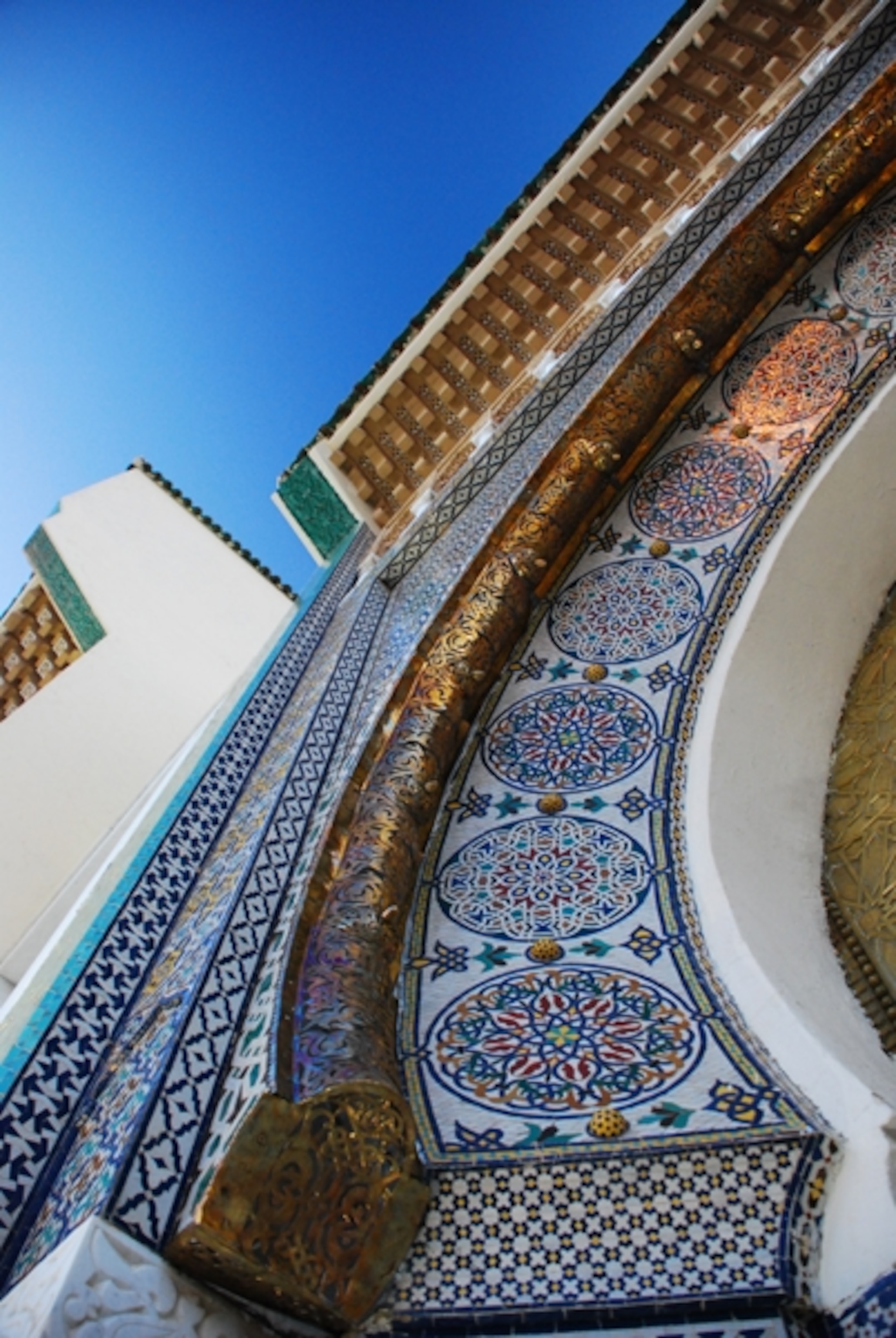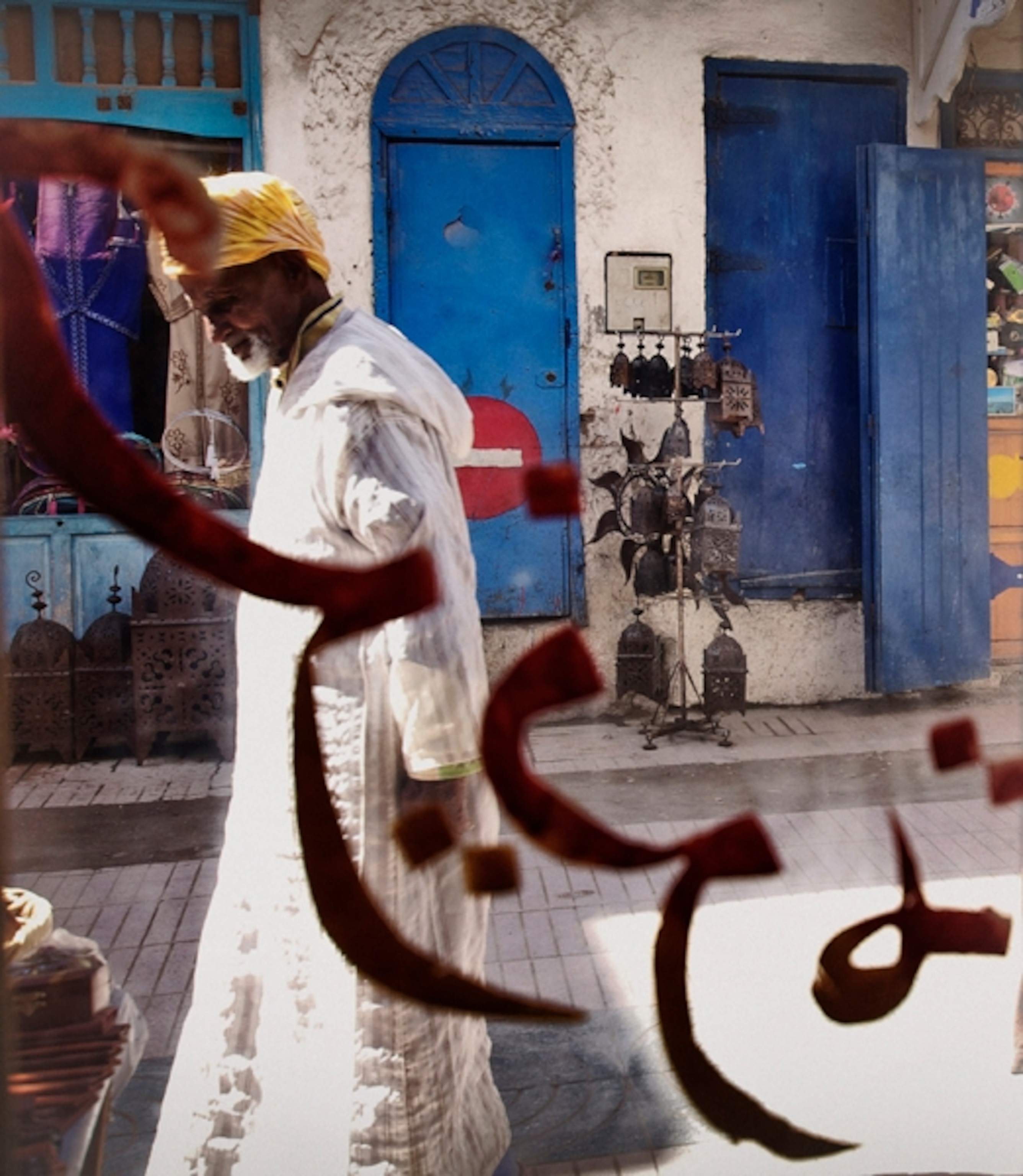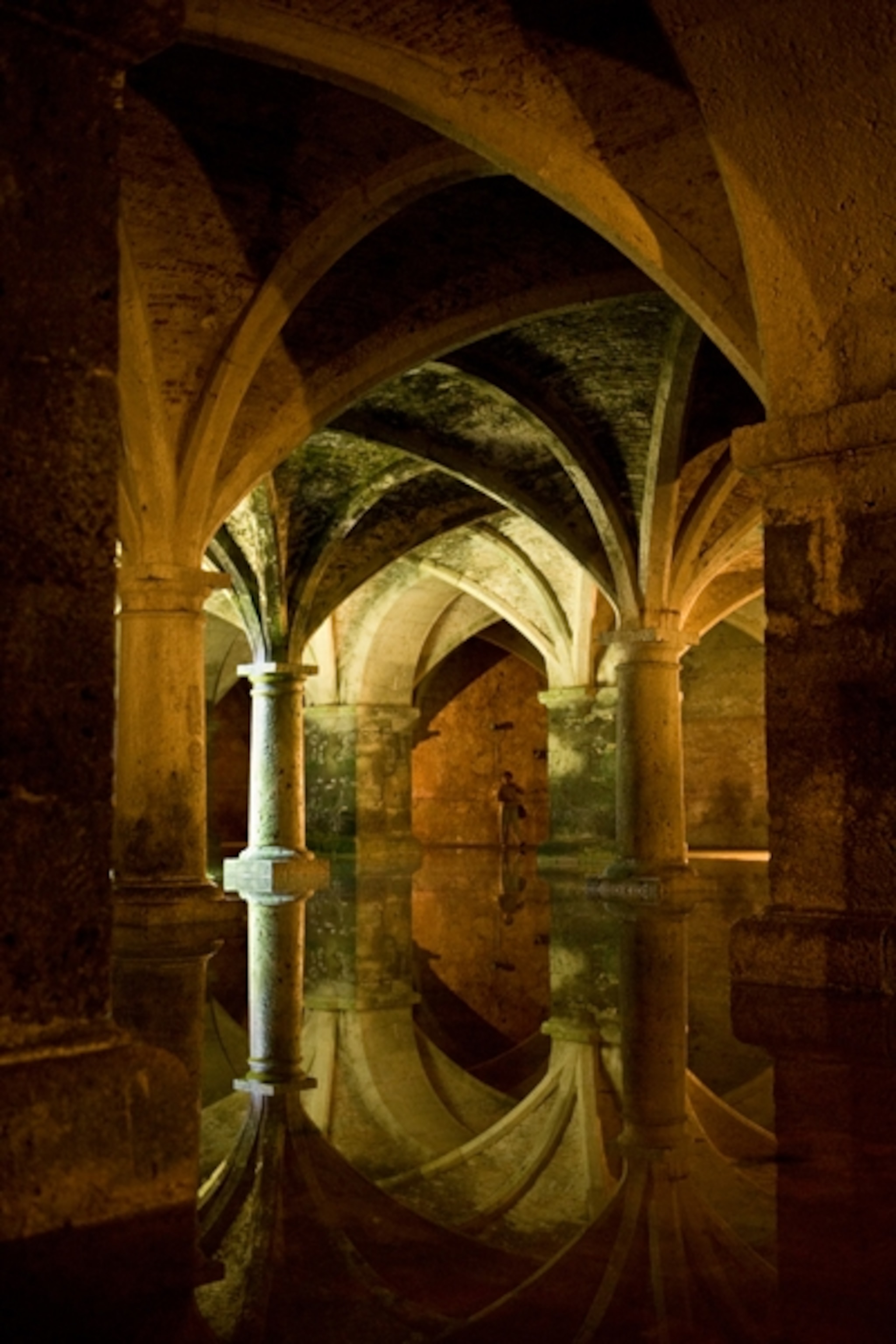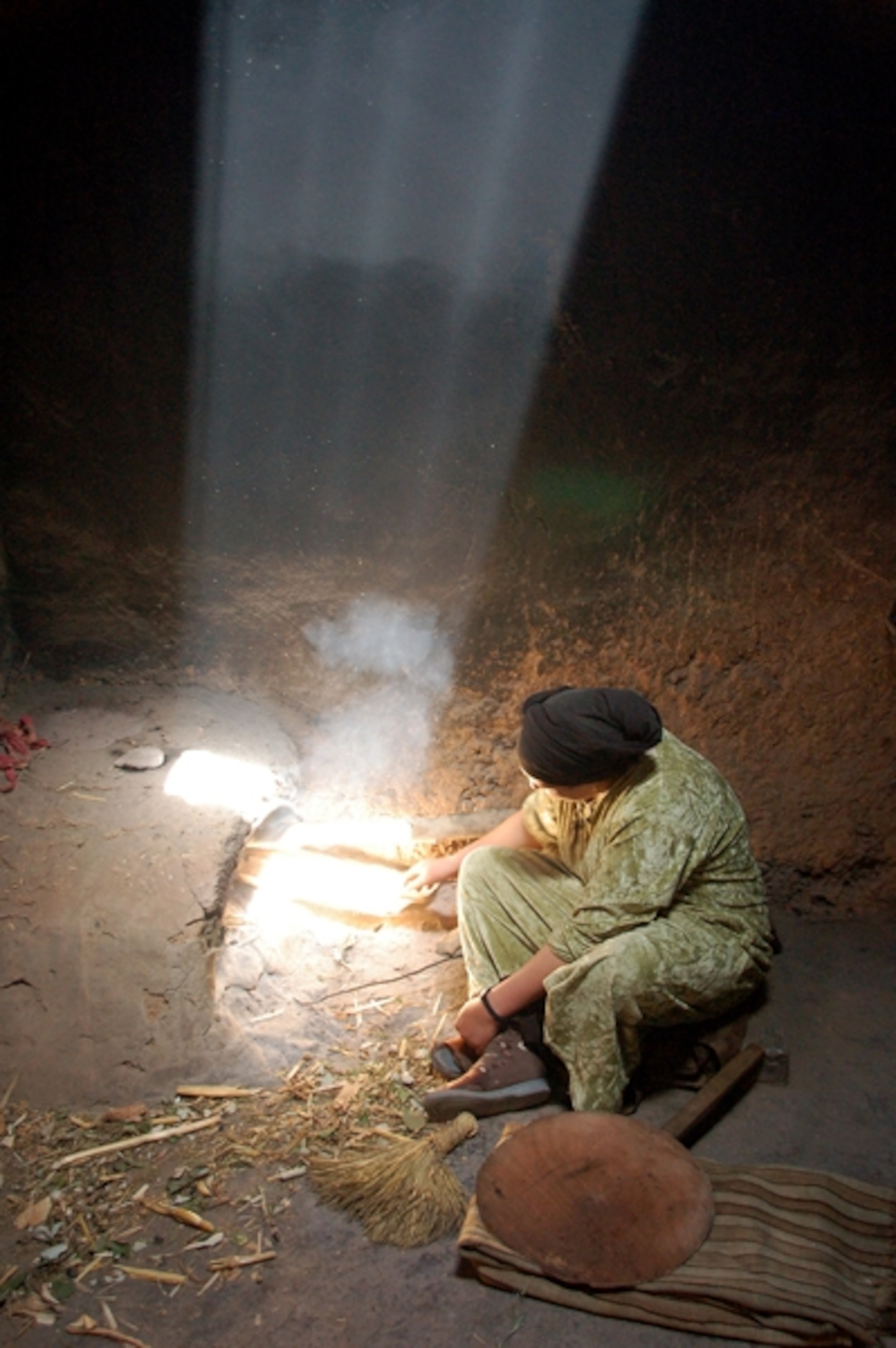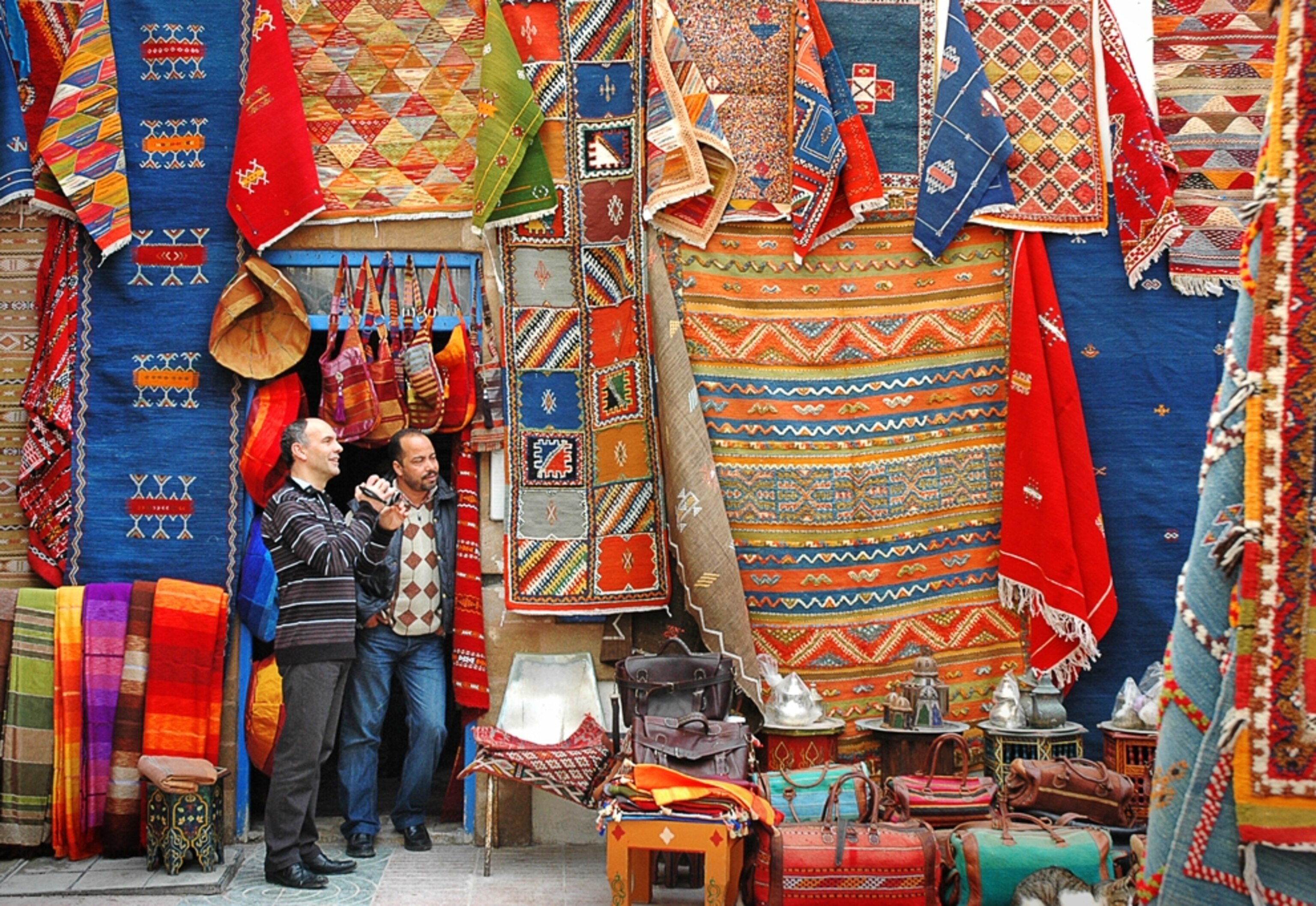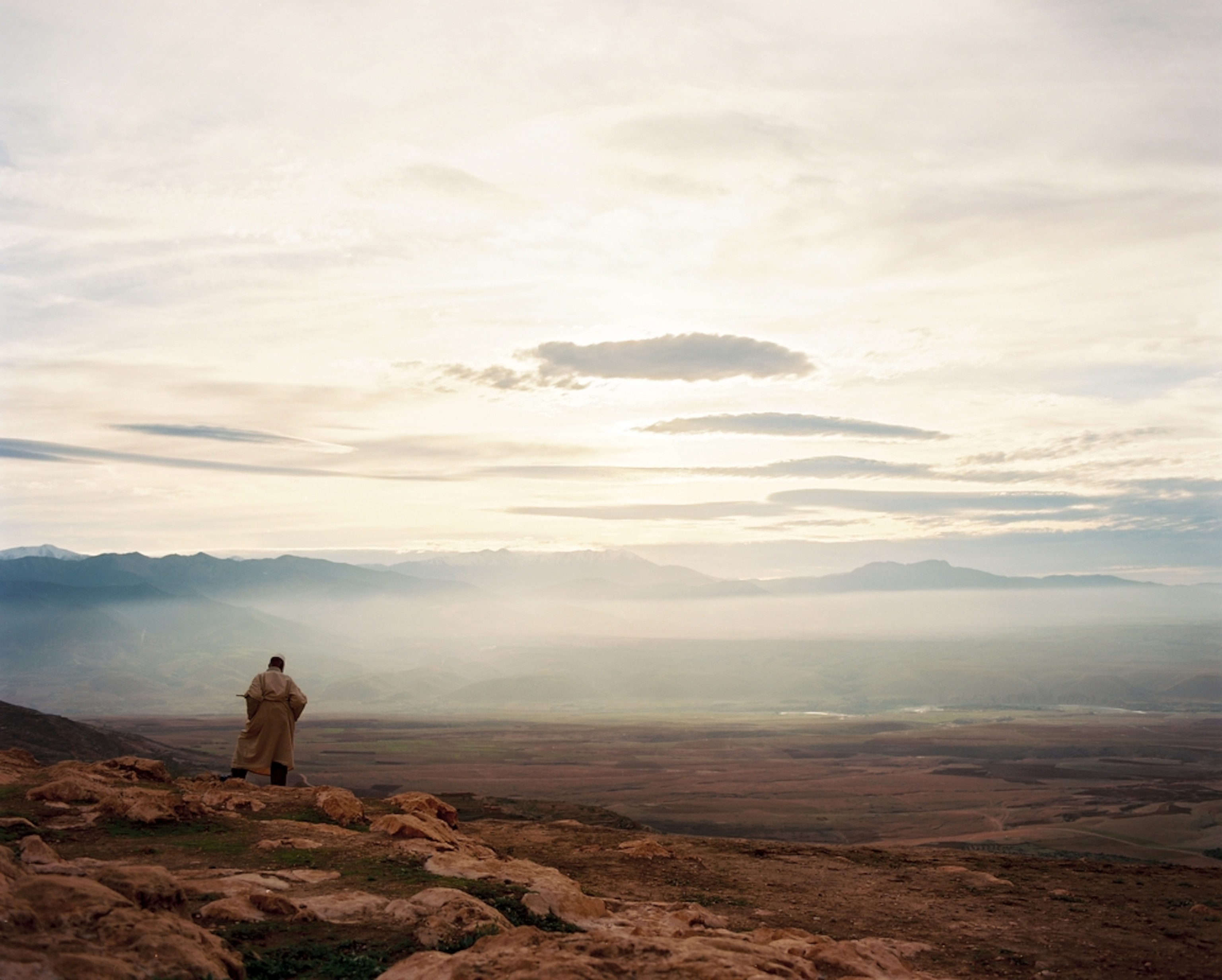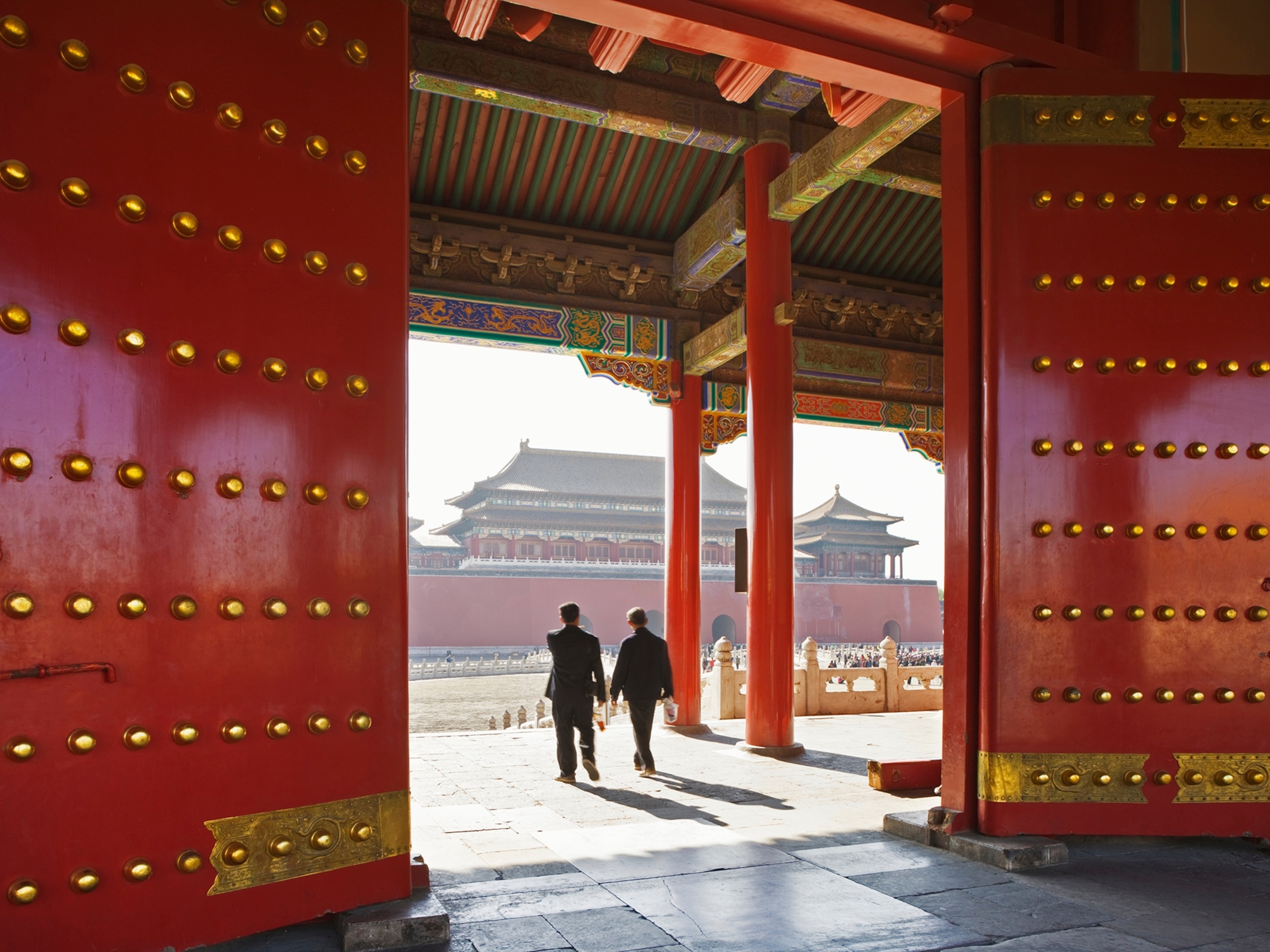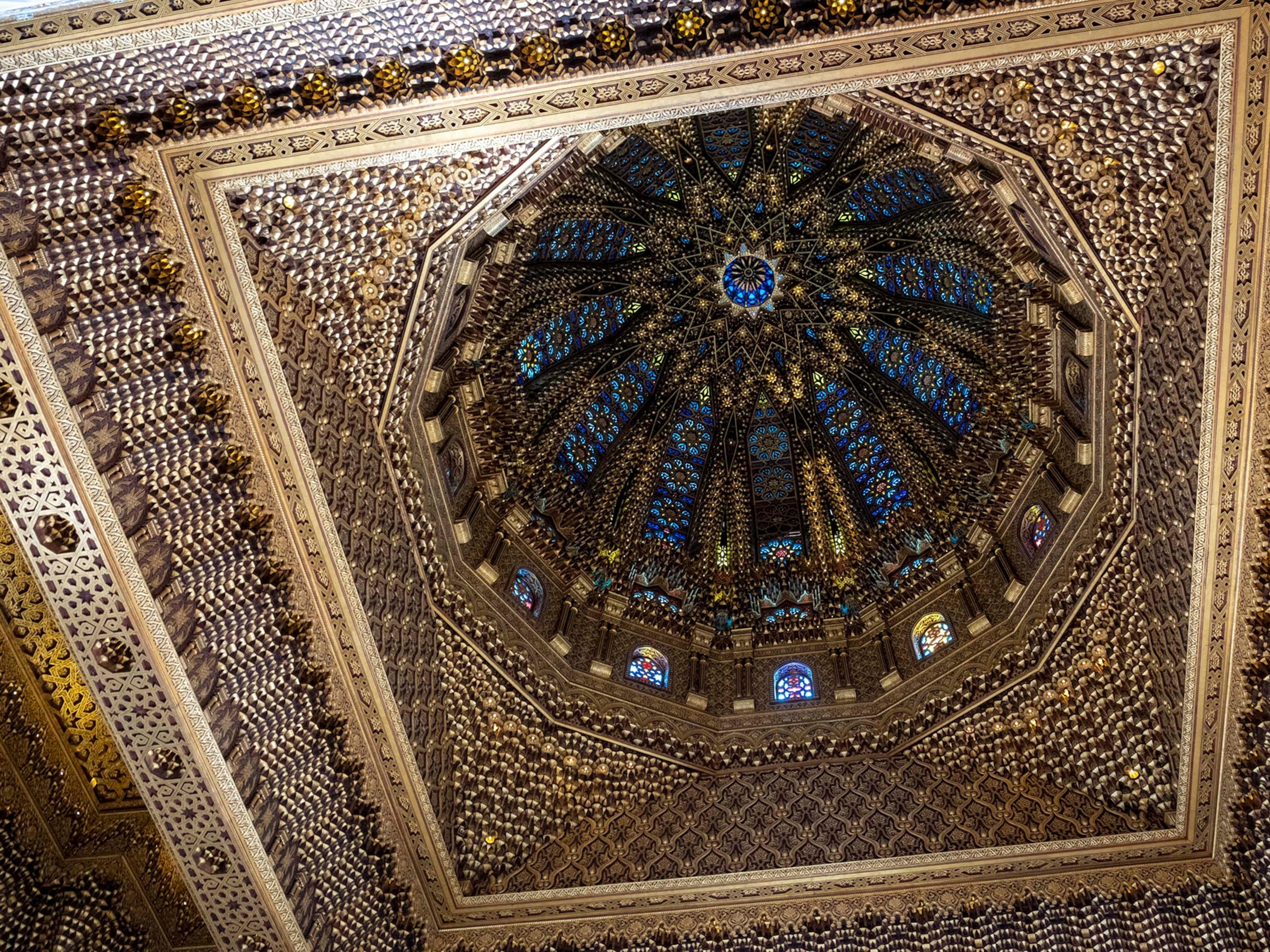Go inside the labyrinthine medina of Fez
This city has long been regarded as Morocco's cultural, spiritual, and intellectual heartland.
Set in the lowlands between the Rif and Middle Atlas mountain ranges in northern Morocco, the city of Fez has long been regarded as the country’s cultural, spiritual, and intellectual heartland.
From the ninth century, successive ruling dynasties began and expanded their imperial capital, transforming an undistinguished riverside village into a great seat of power and influence. Fez’s star wavered with dynastic ebbs and flows, but from the 13th century under the Marīnids, the city flourished as never before and enjoyed its golden age for almost 300 years.
As subsequent sultans came and went, Fez’s fortunes waxed and waned. When France established the Moroccan Protectorate in 1912, its colonial administrators virtually ignored the original city. It was far easier to build a new and modern one—the Ville Nouvelle—next door.
Today’s Fez would still be easily recognizable, if not navigable, by its medieval residents. The two original ancient quarters—9th-century Fez el Bali (or Old Fez) and the adjoining 13th-century Fez el Djedid (or New Fez)—retain their distinct feel and atmosphere. Collectively they form the Medina of Fez which, by virtue of its outstanding architectural, archaeological, and urban heritage, was designated a World Heritage site in 1981.
Fez el Djedid’s gardens, squares, and imposing palace (which are still privately used by Morocco’s royal family and official guests) showcase Marīnid aesthetics and urban planning along with a handful of 19th-century additions. This is really just a tantalizing prelude to the dense and atmospheric Fes el Bali, the medina’s heart, soul, and repository of its finest monuments.
Far from resembling an aspic-preserved museum, the Medina remains a living, earthy (yet car-free) town thanks to its 200,000 residents. Apart from electricity and improved plumbing, little has changed.
Venturing through its main horseshoe gateways is an immersive and almost bewildering foray into a labyrinthine knot of narrow streets, lanes, and alleys lined with blank-walled houses and punctuated with dead-end squares. It exudes an almost organic complexity: Thoroughfares twist and turn, rise and fall, among warrens of homes that meld with shared walls and rooftops.
There’s a romantic, almost child-like, pleasure in getting lost in this low-rise urban tangle—and several cafes and eateries to rest awhile and fuel up. The challenge lies in seeking out its monuments: ancient mosques and elaborate madersas (religious colleges) with stunning decorative courtyards, or discrete old-school hammams and crumbling fondouks (caravanserais). There are souks, or markets, tomb-shrines and even the remnants of an enigmatic water clock.
Wedged almost furtively into the heart of it all stands the Kairouine Mosque. No longer Morocco’s largest, it still spearheads the country’s religious life and, historically, was among the world’s first universities.
Getting there
Fez has regular direct flights from several European capitals, especially London and Paris, plus internal connections with Morocco’s main cities; also from the latter by train, bus, and shared taxi.
- National Geographic Expeditions
Getting around
On foot. Consider hiring a guide; official guides are more expensive but likely to be more professional. Note that mosques and some other religious buildings prohibit or partially restrict entry to non-Muslims.

